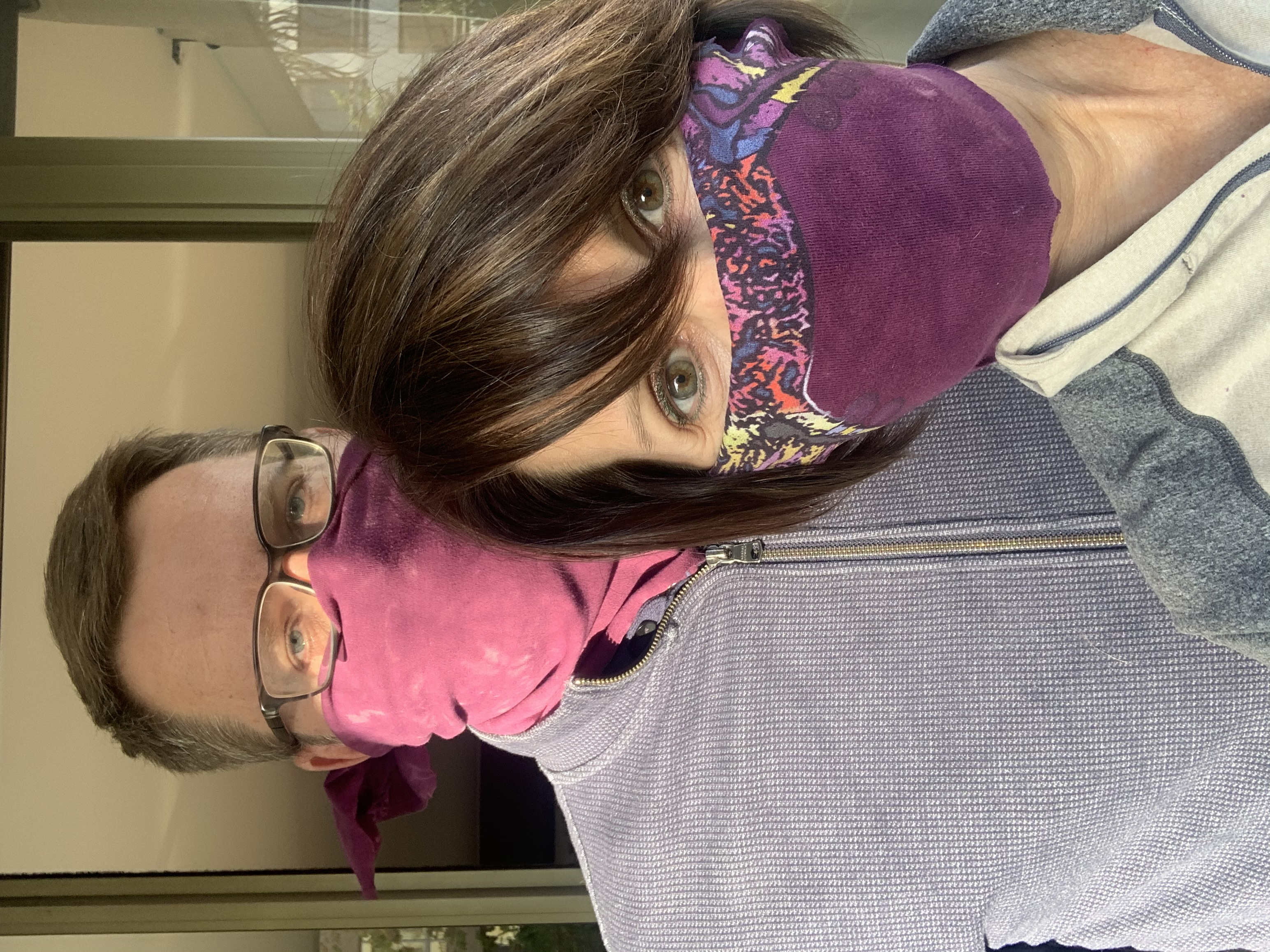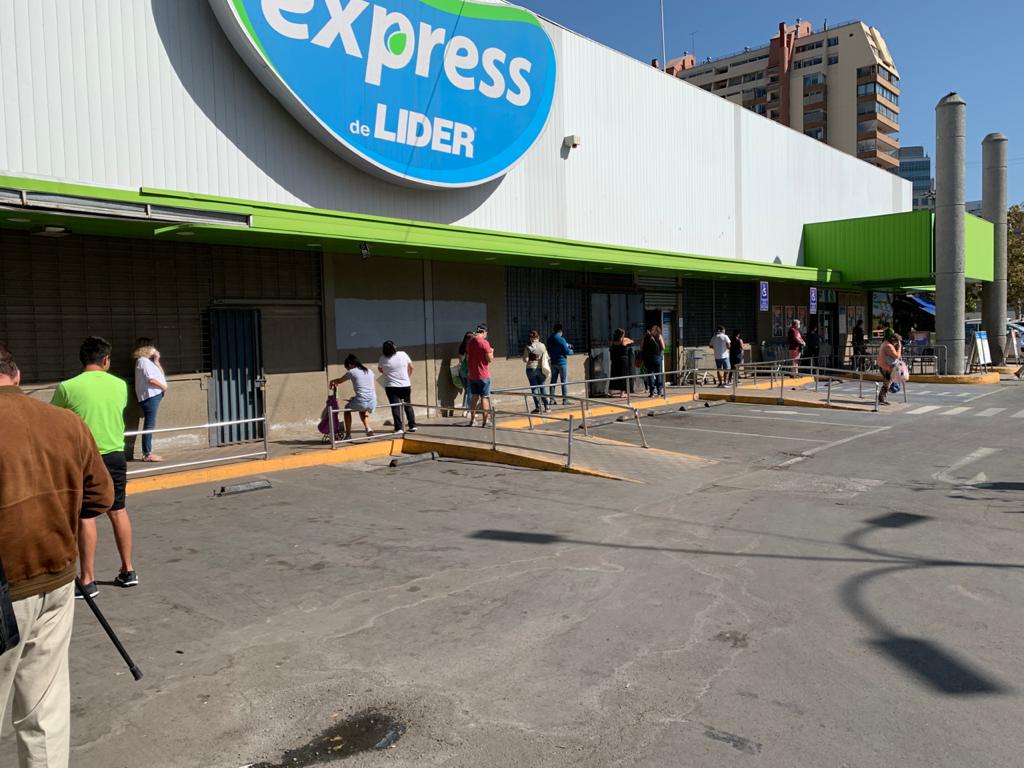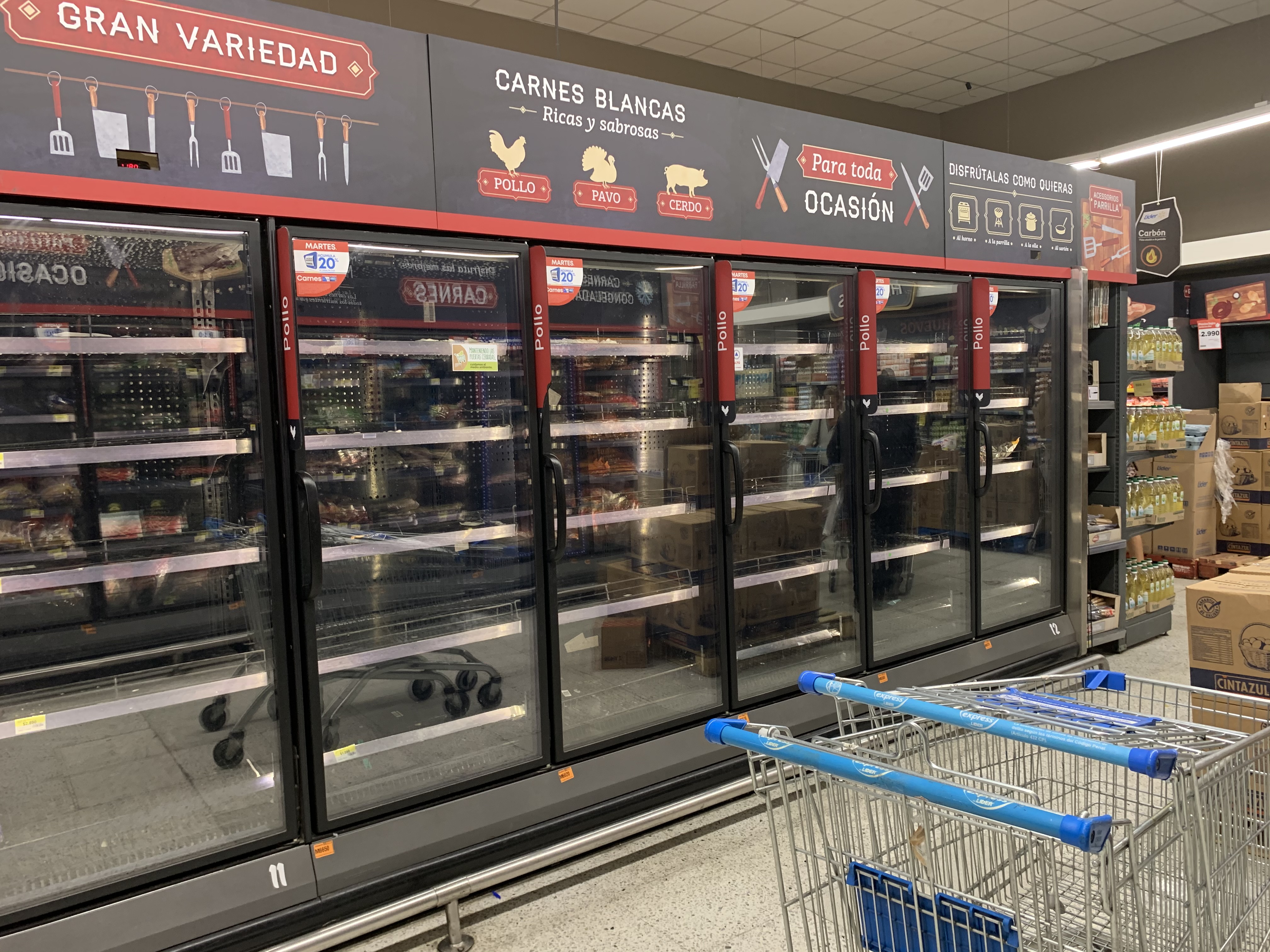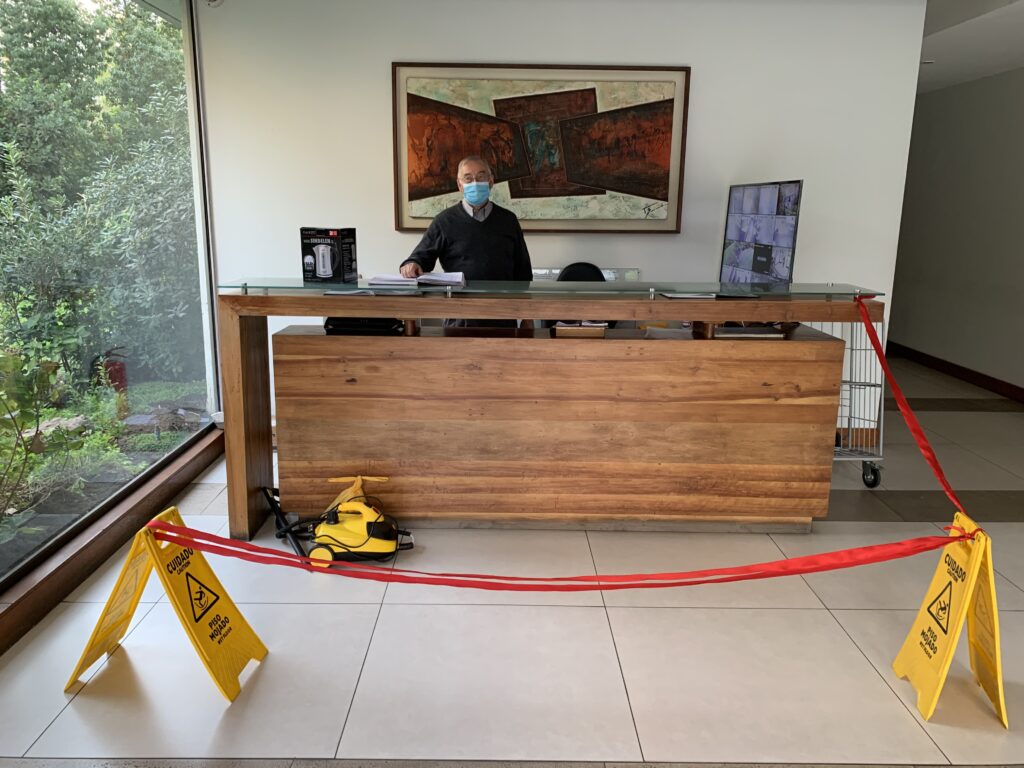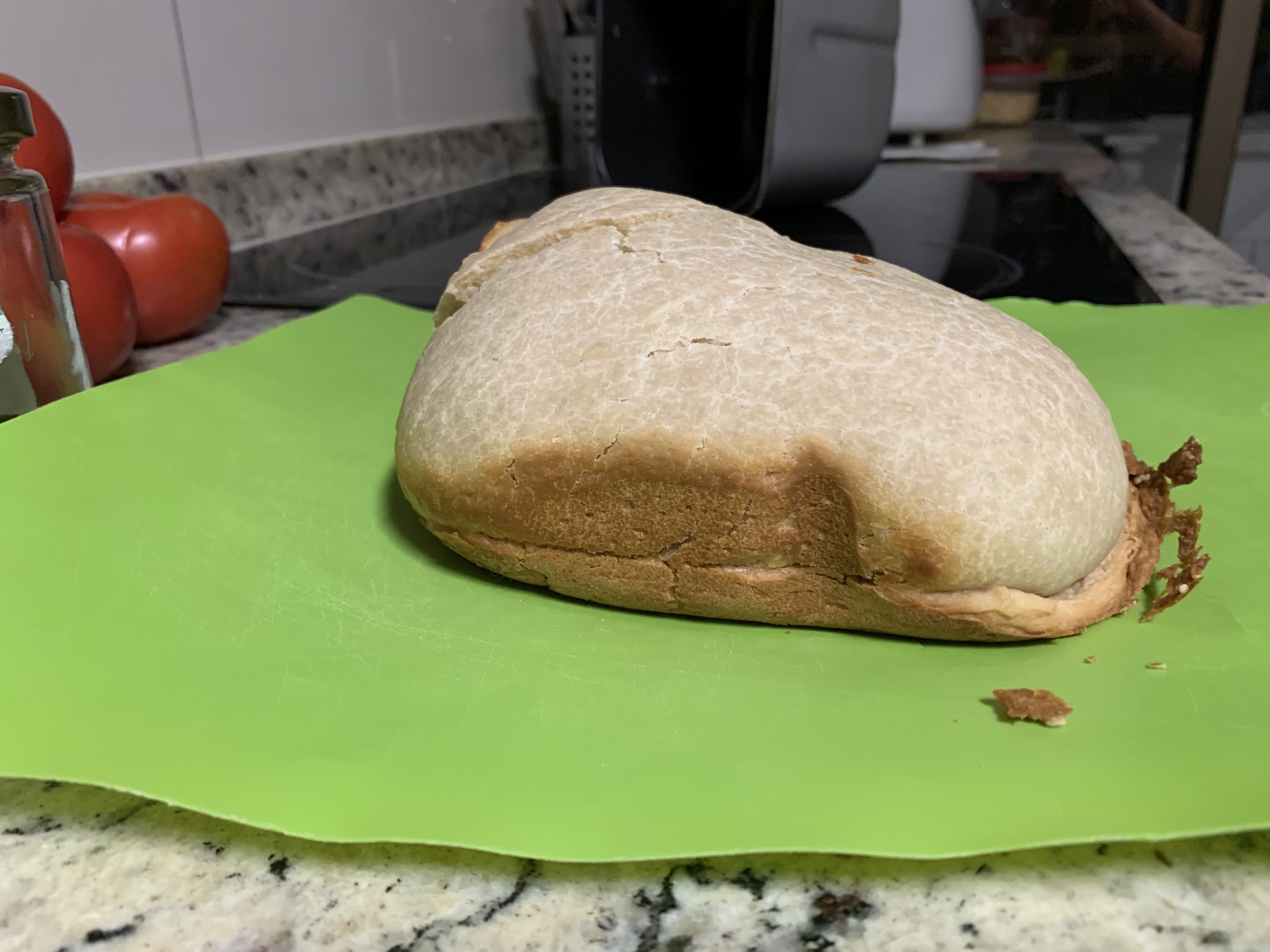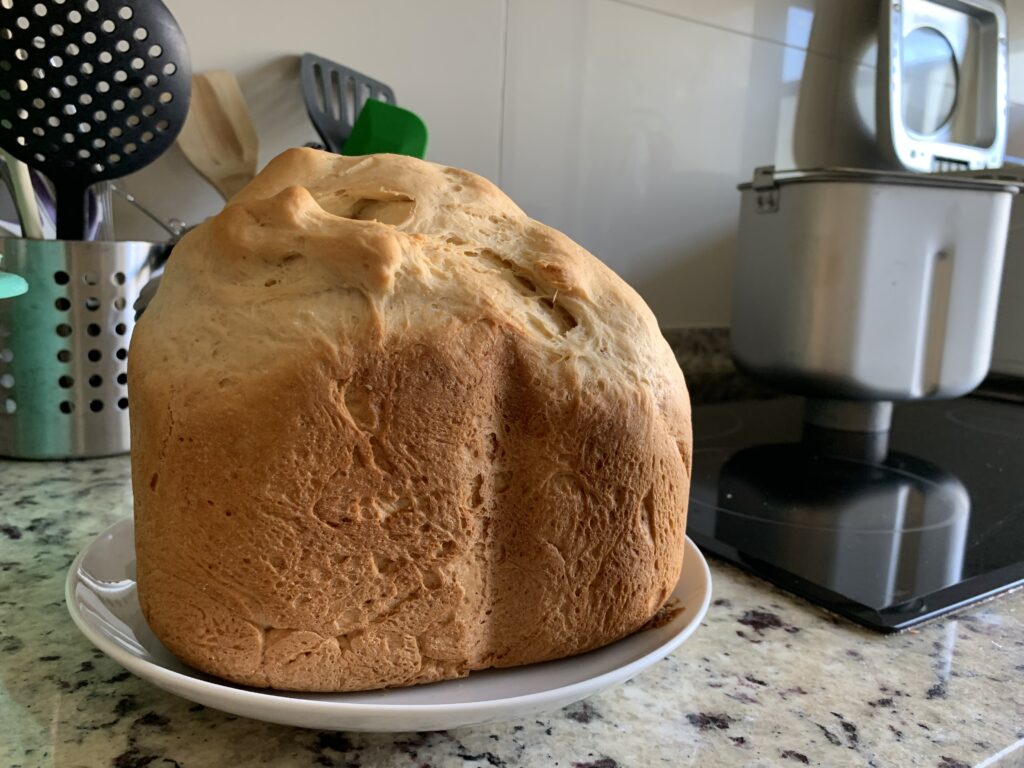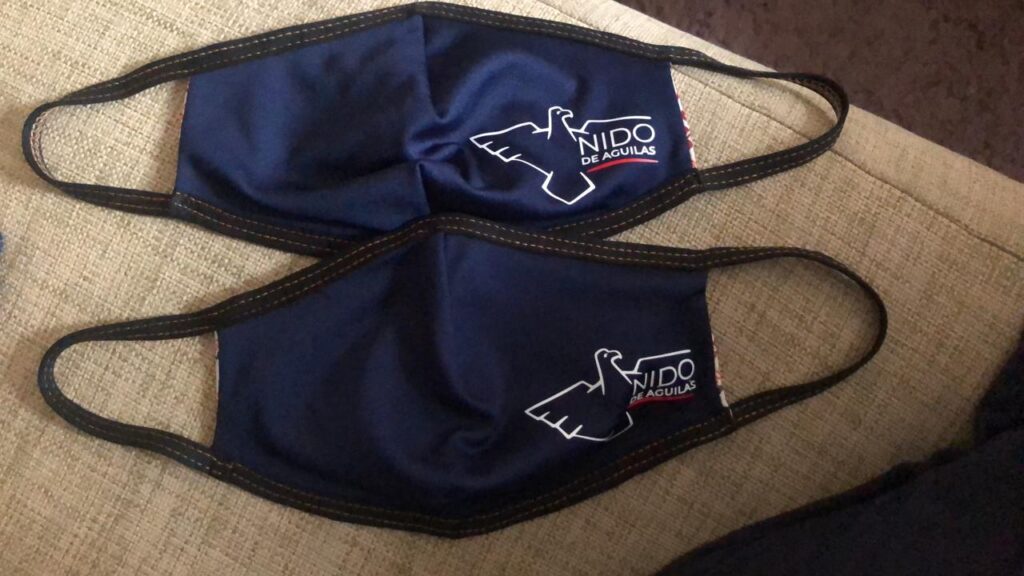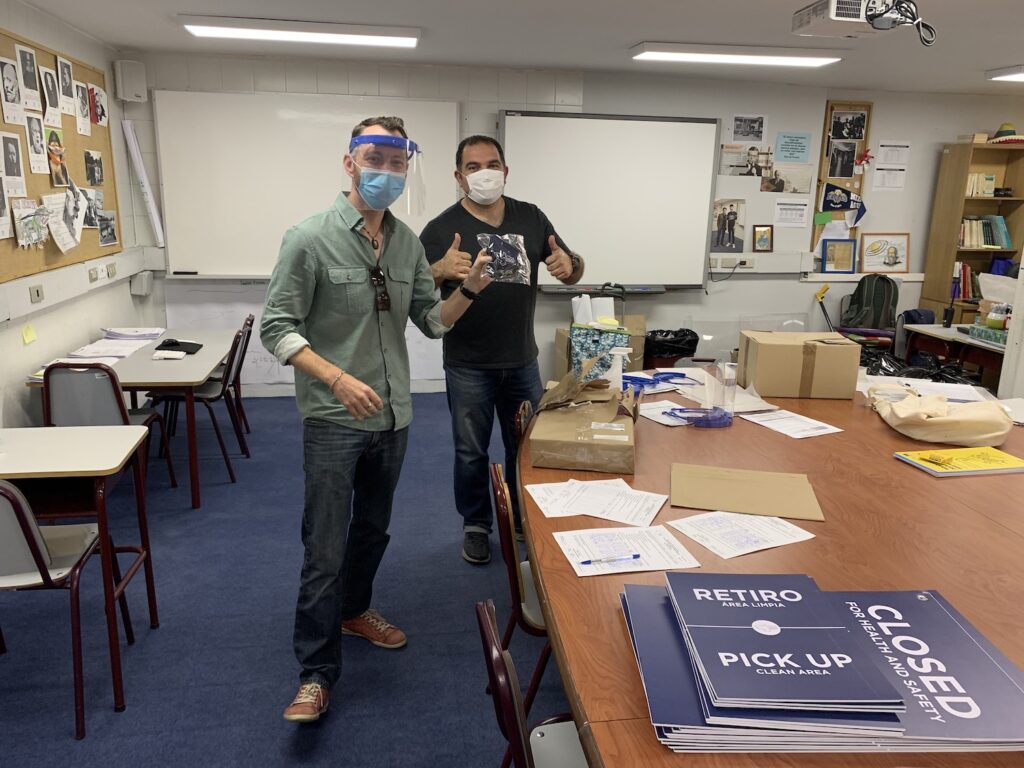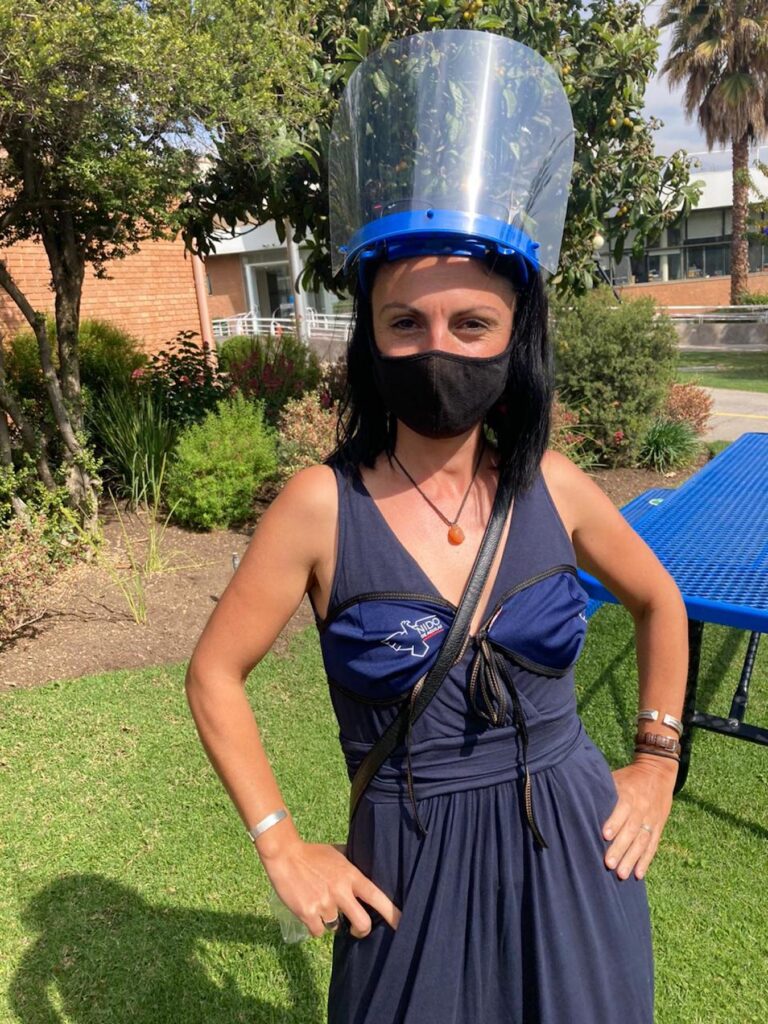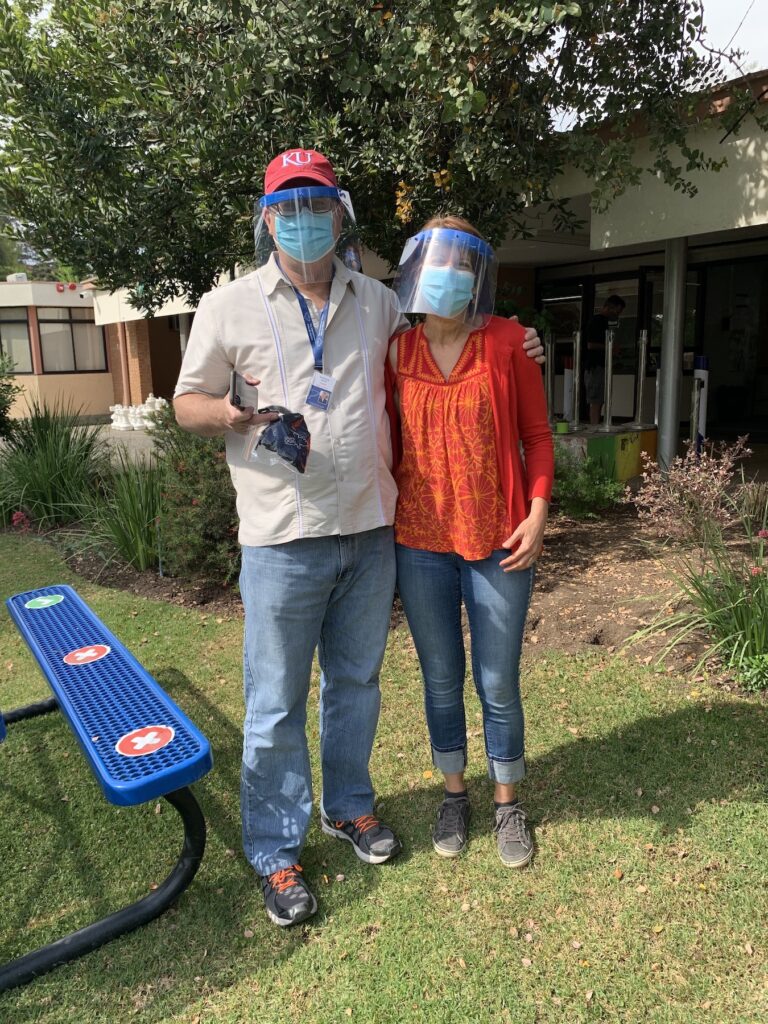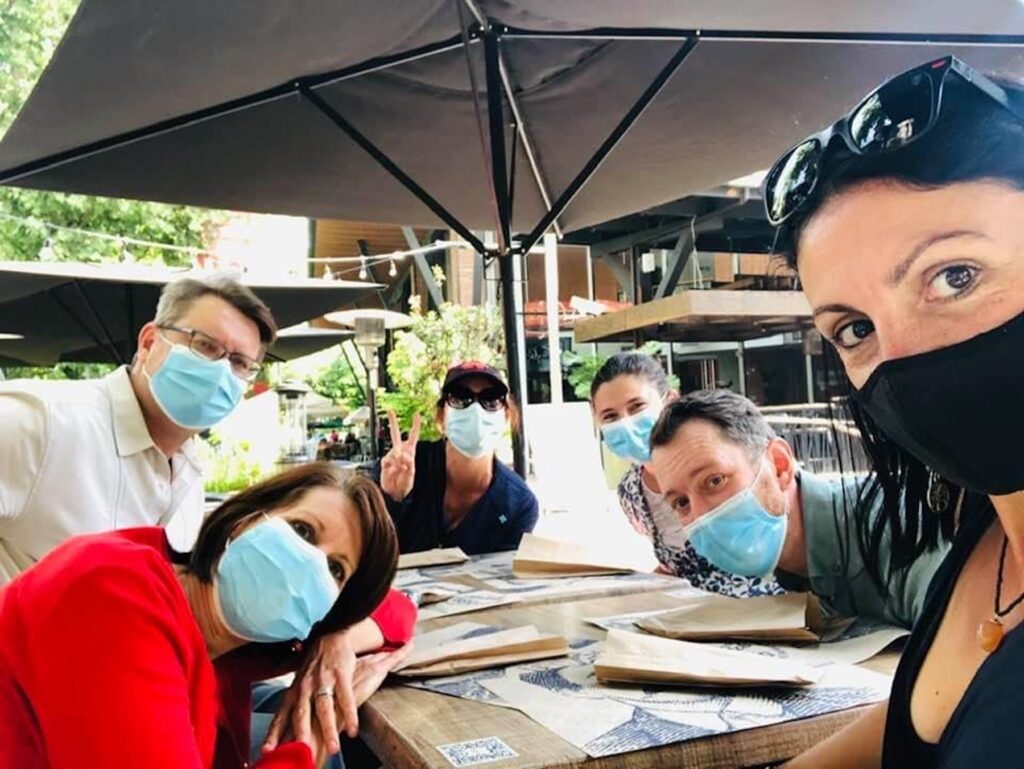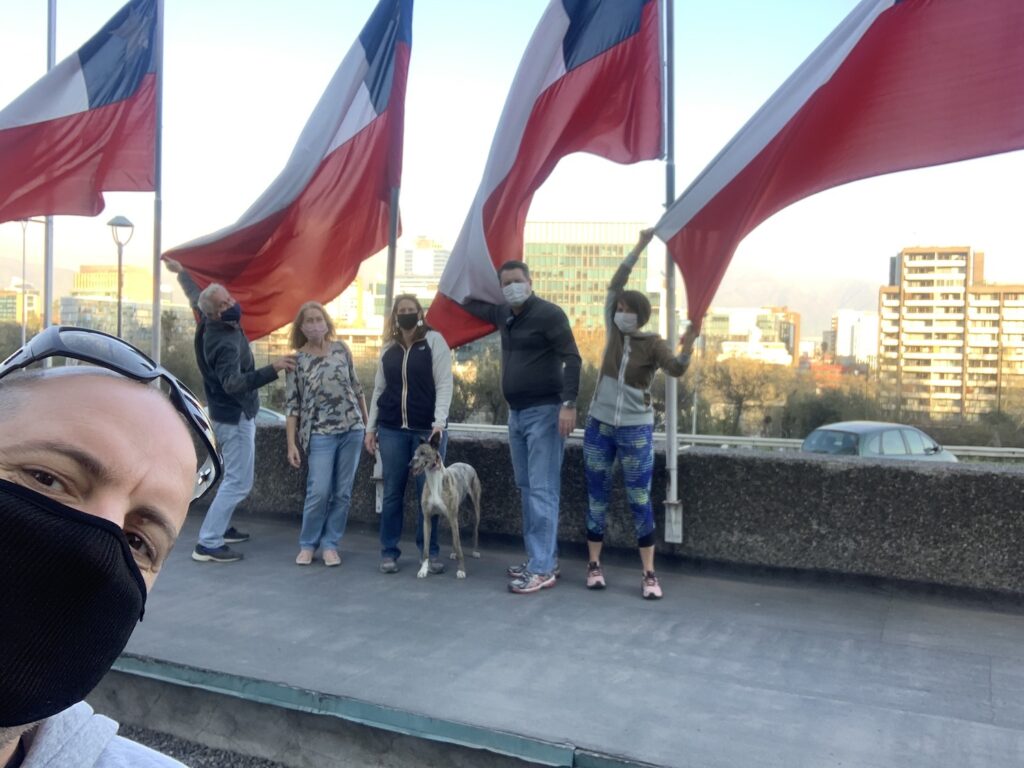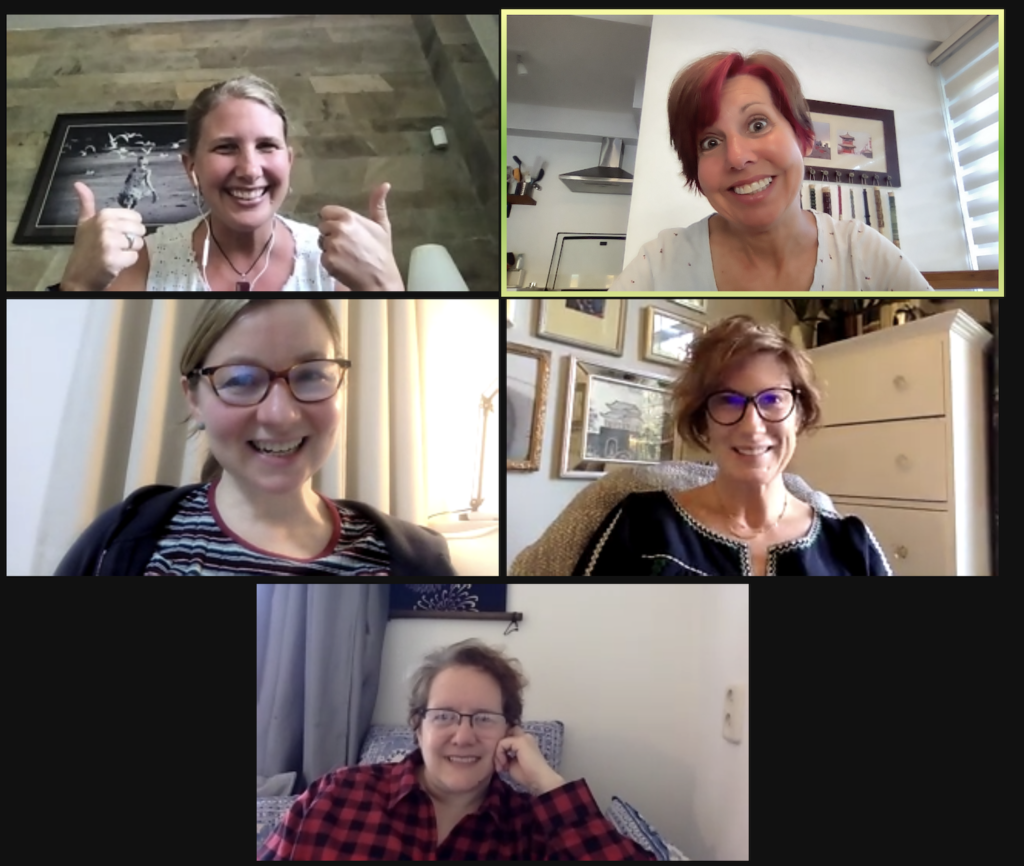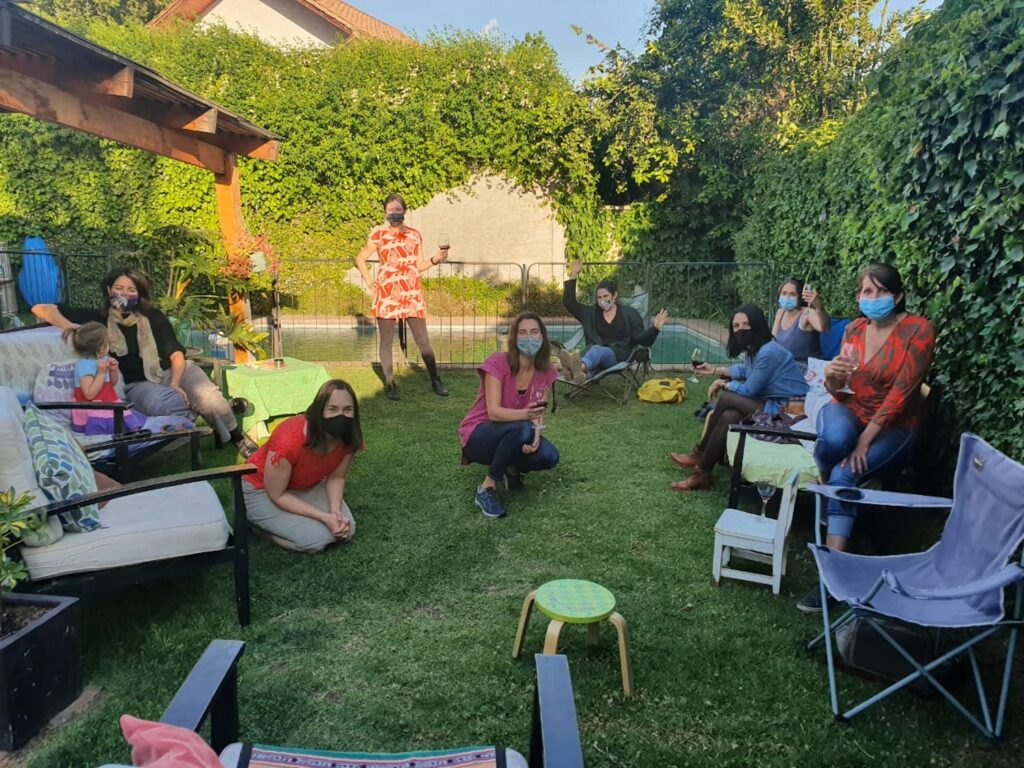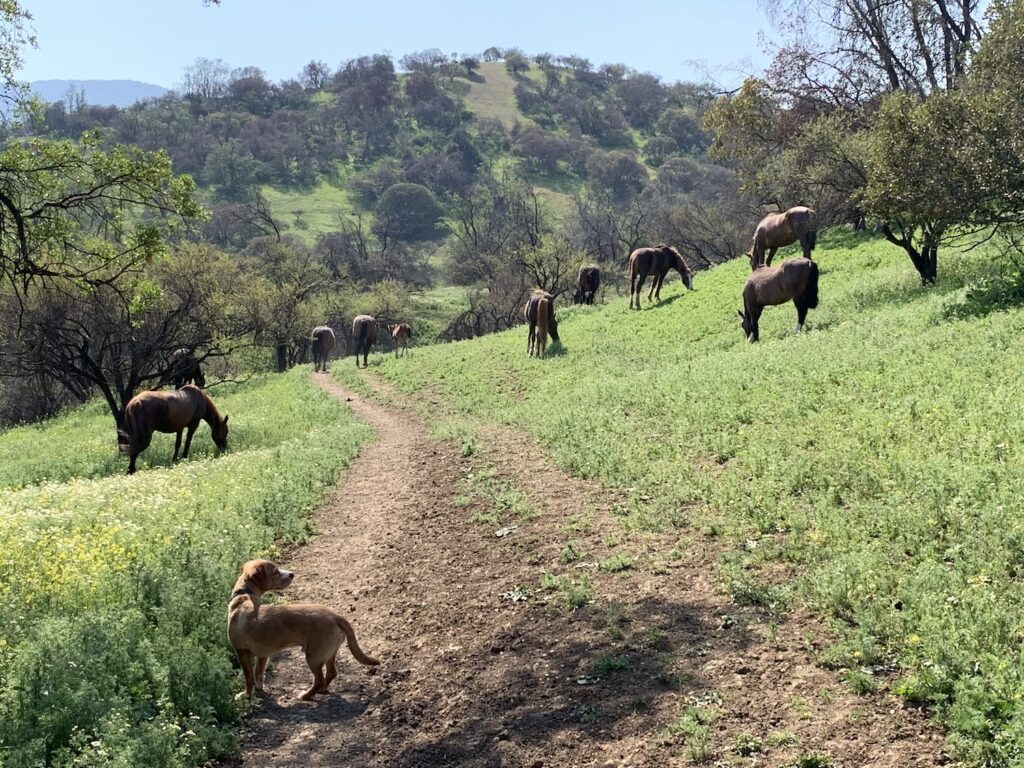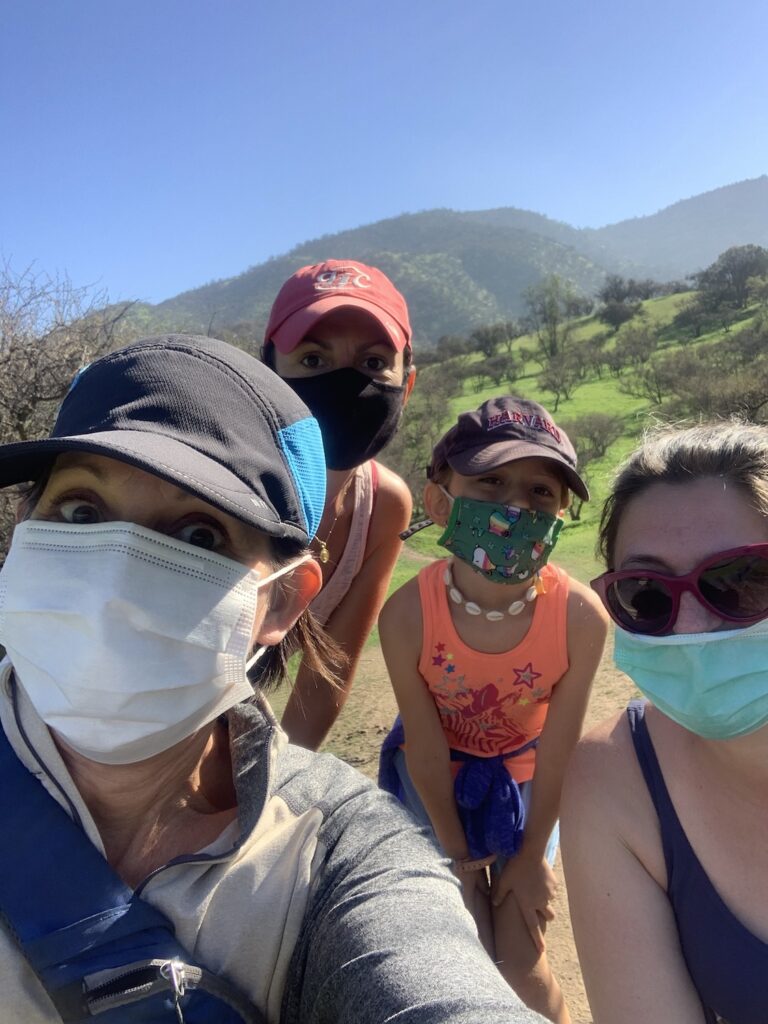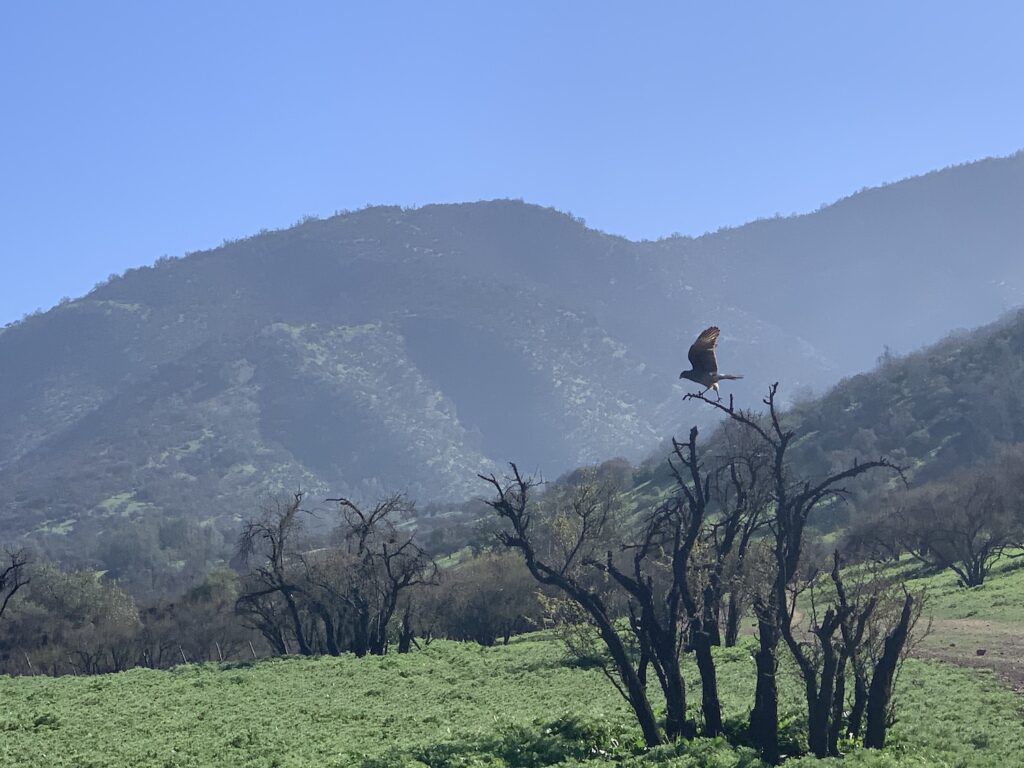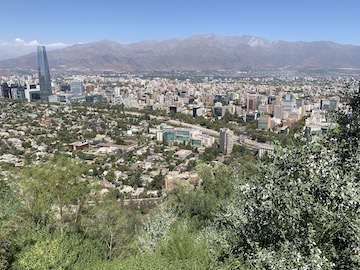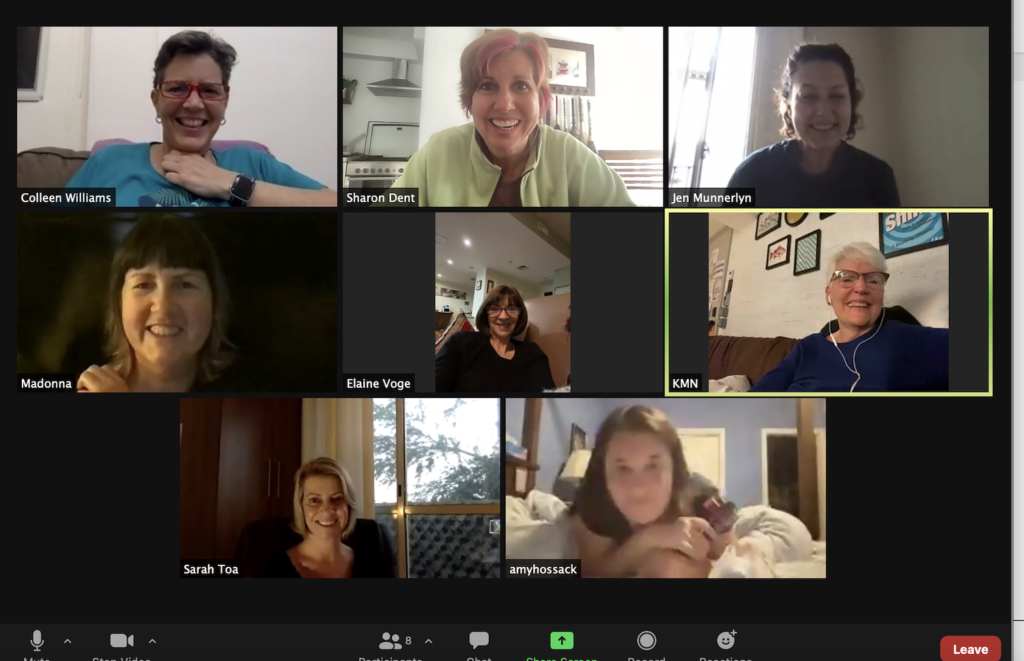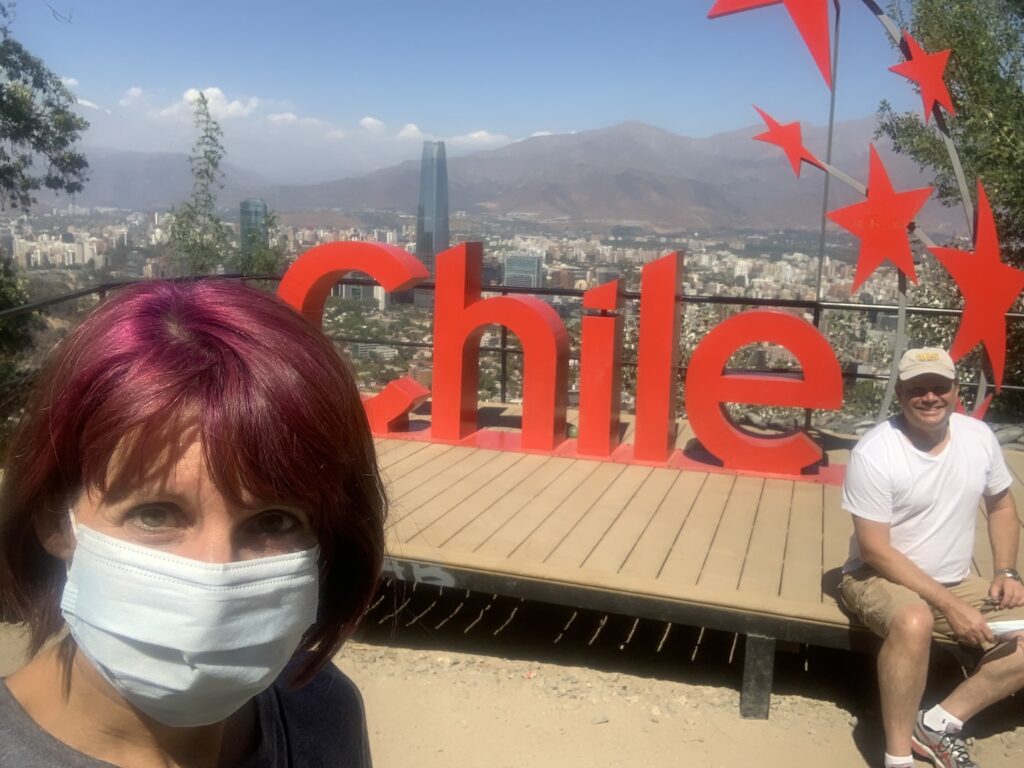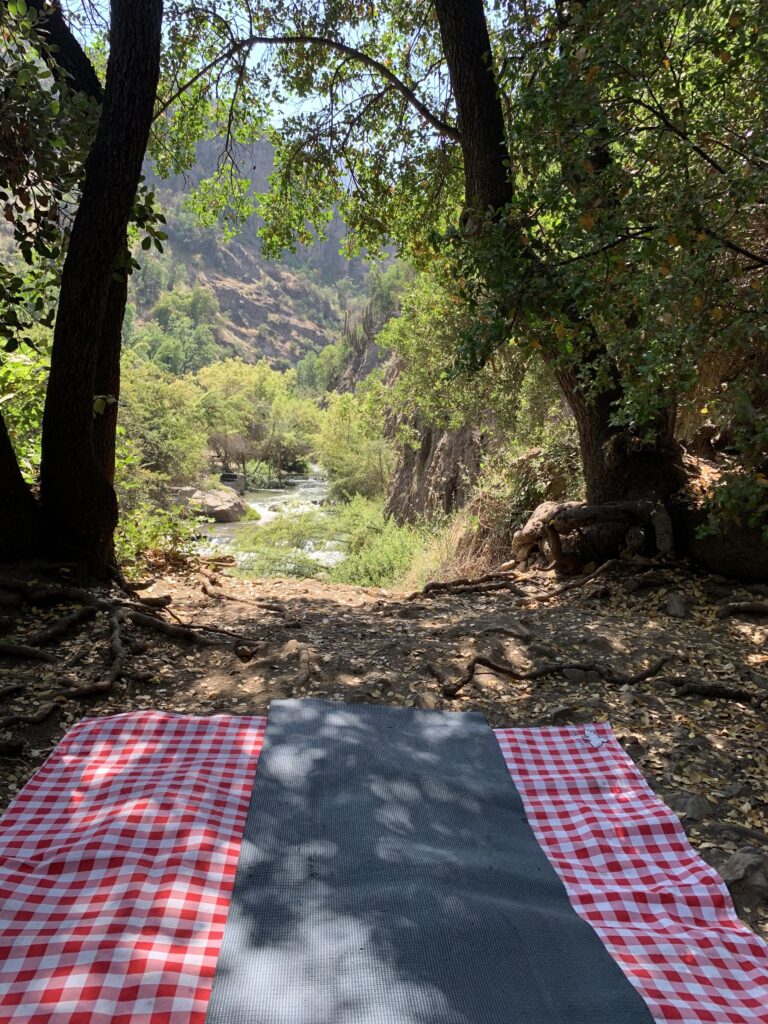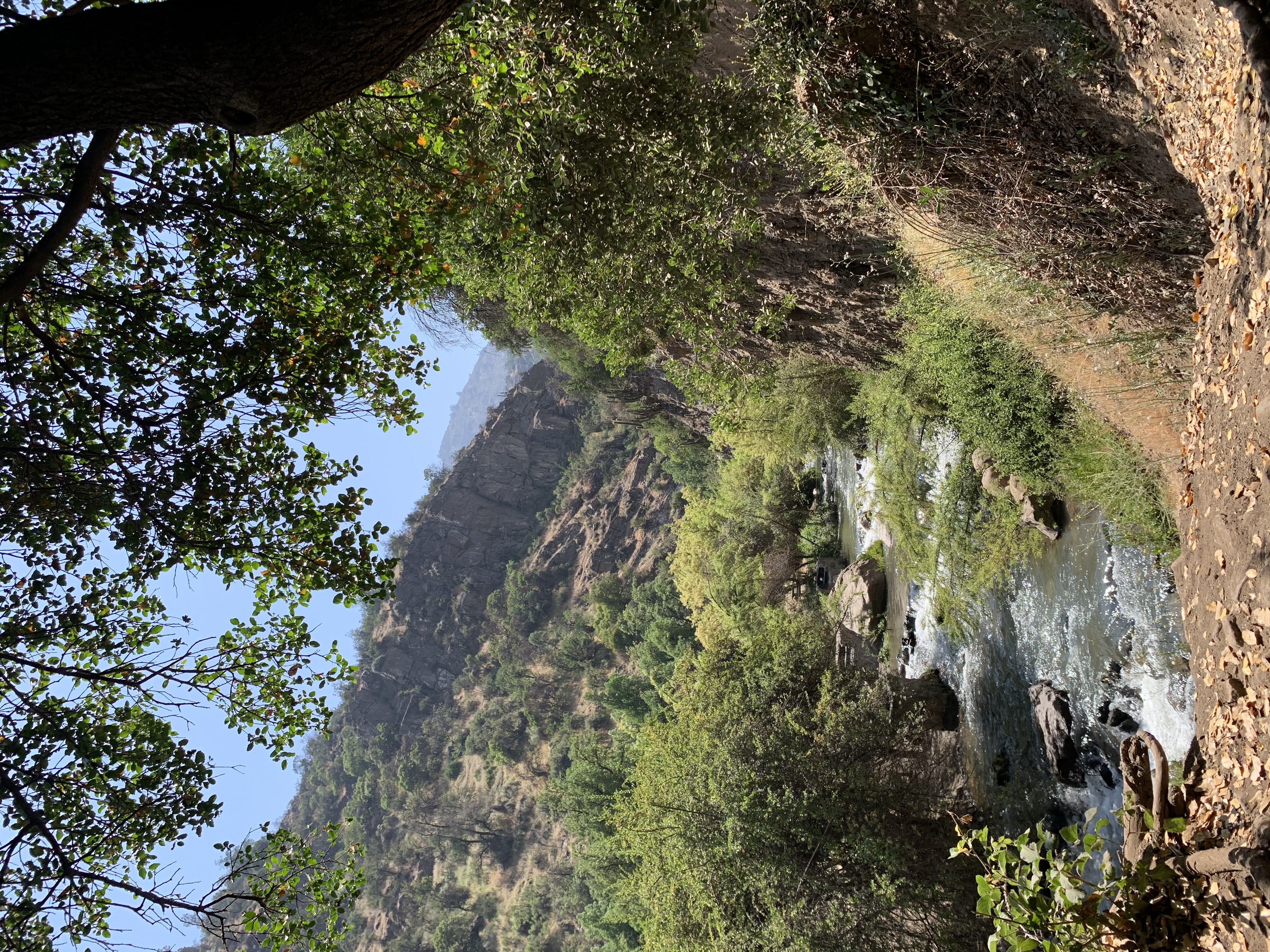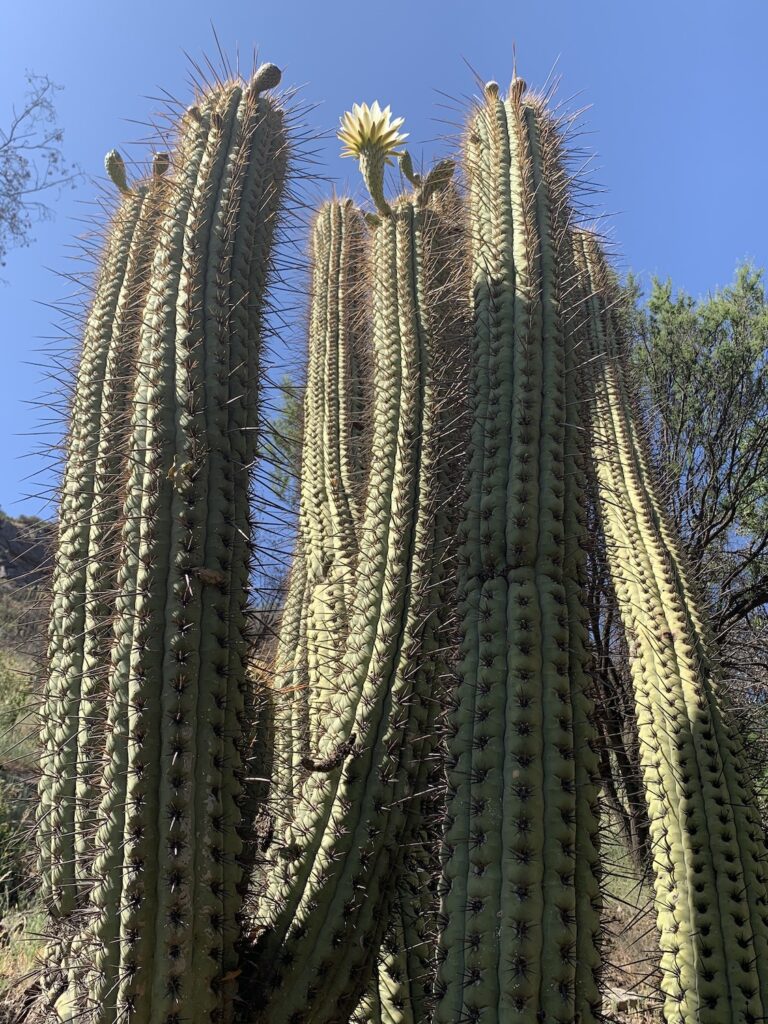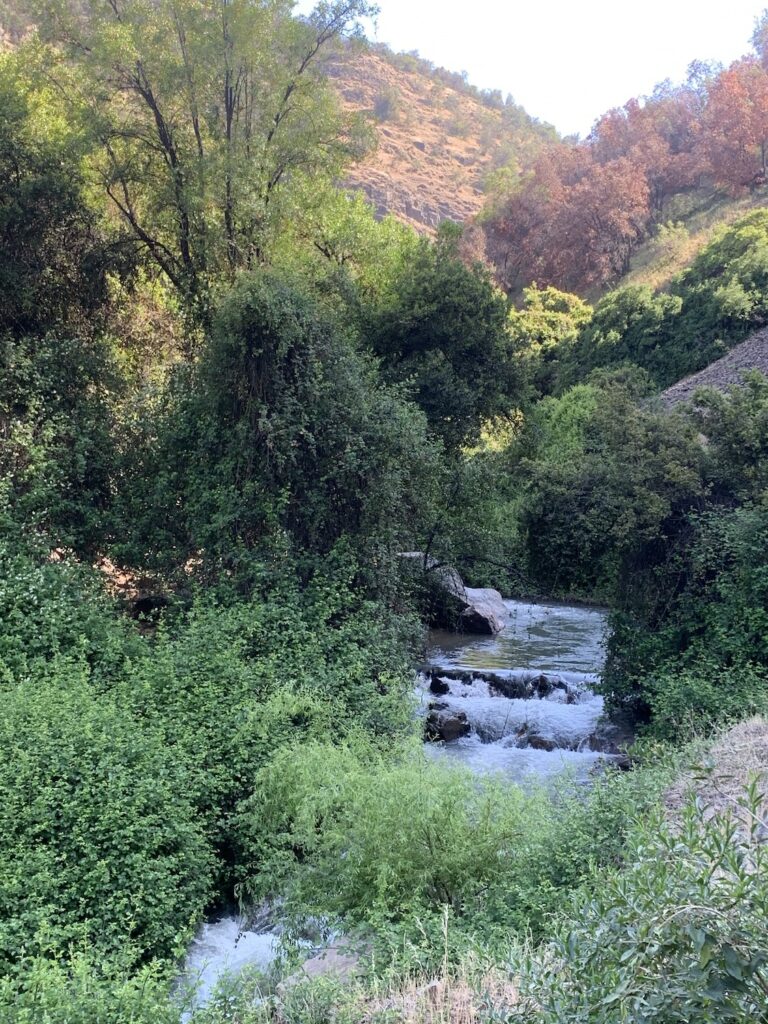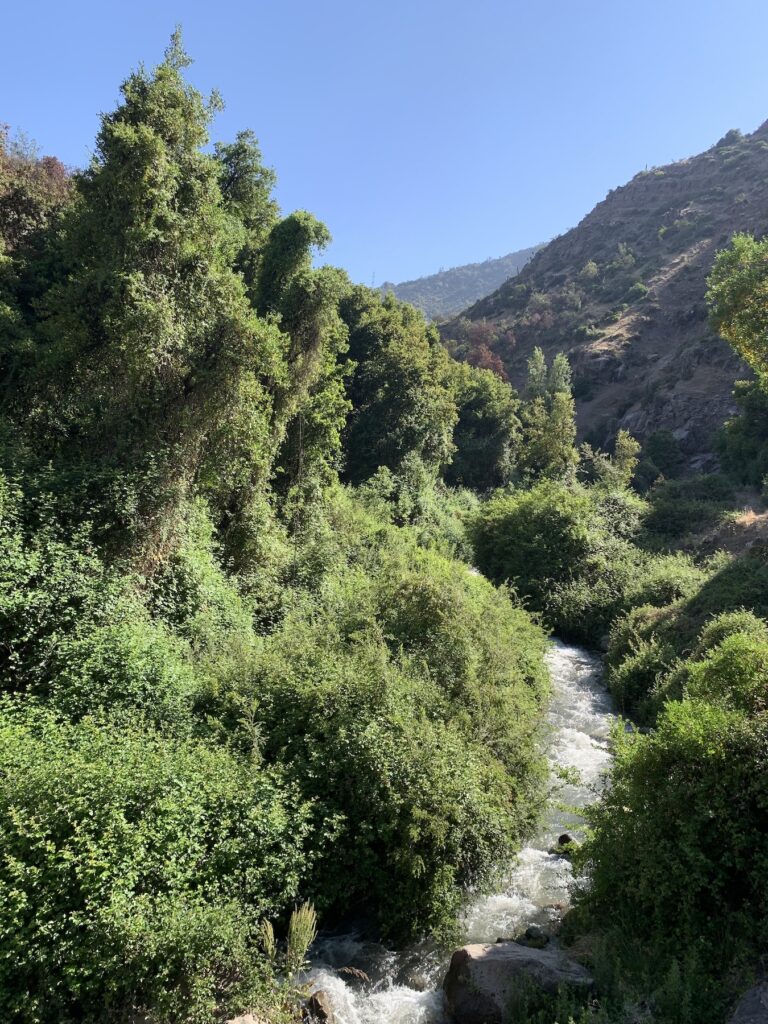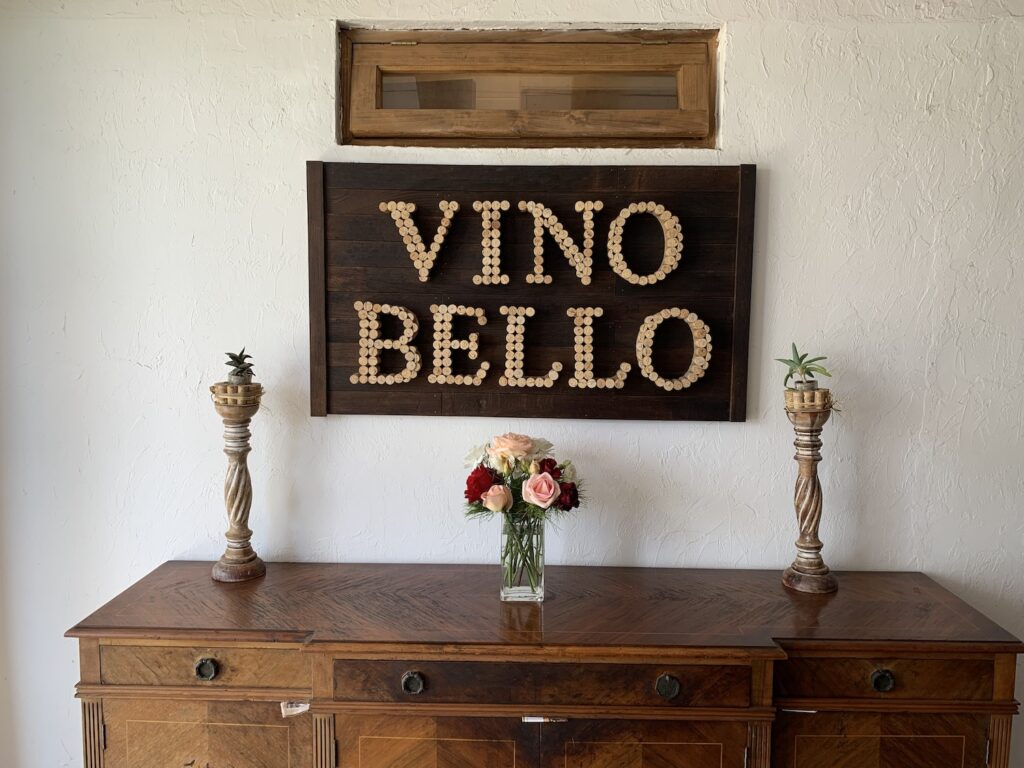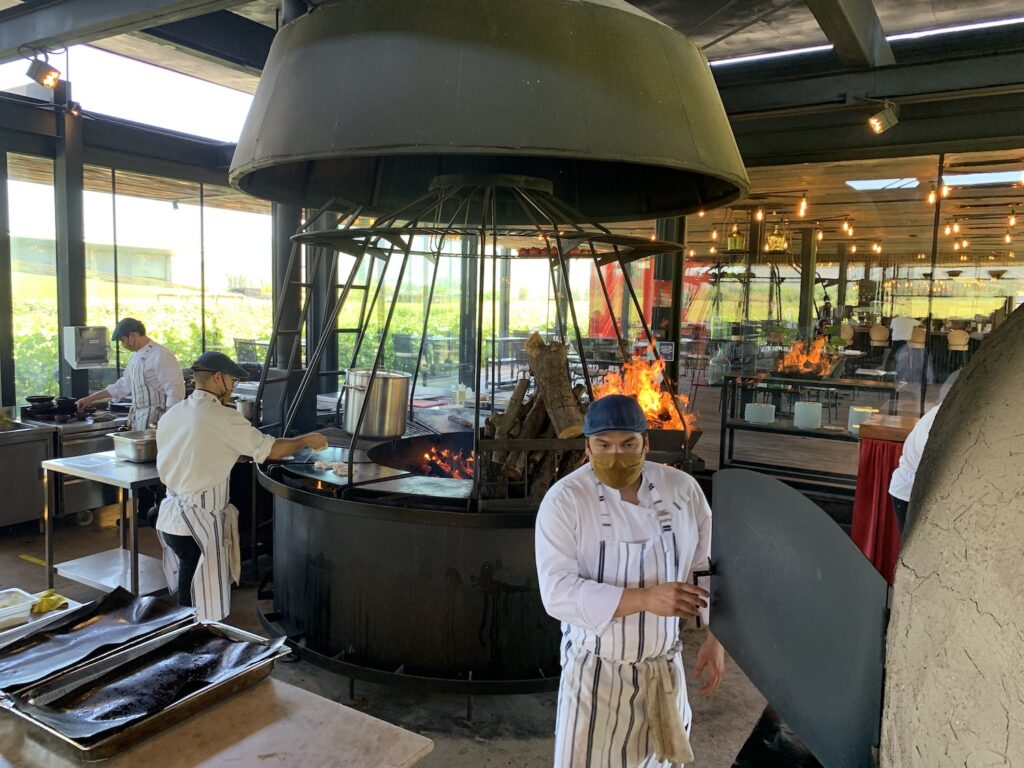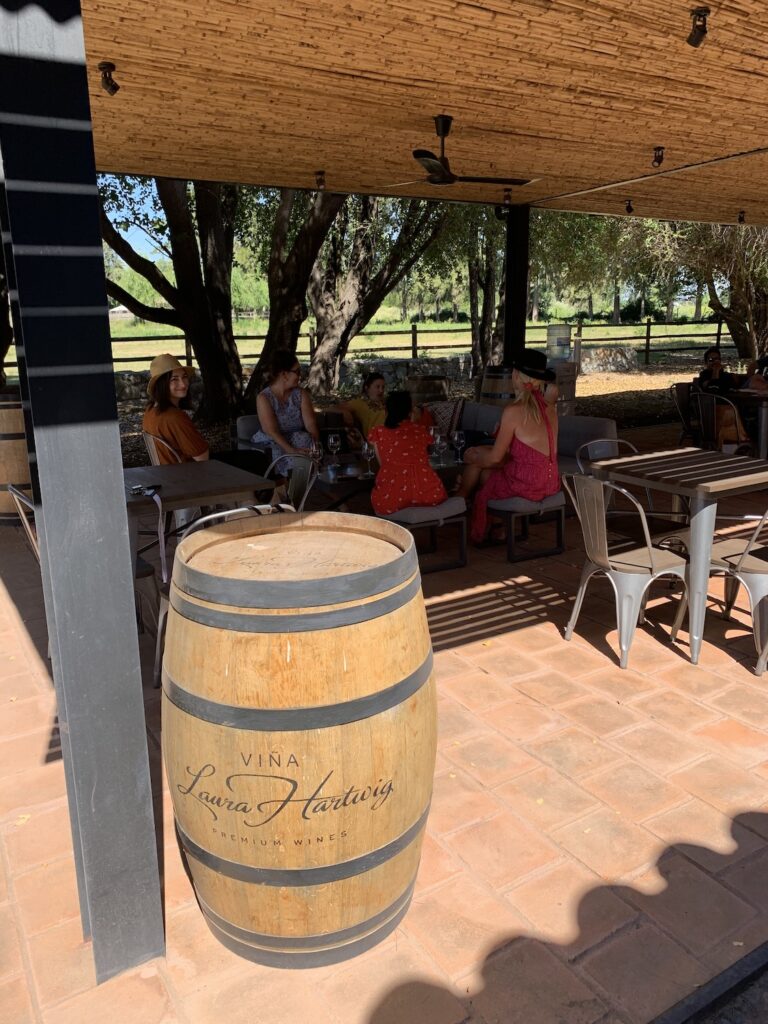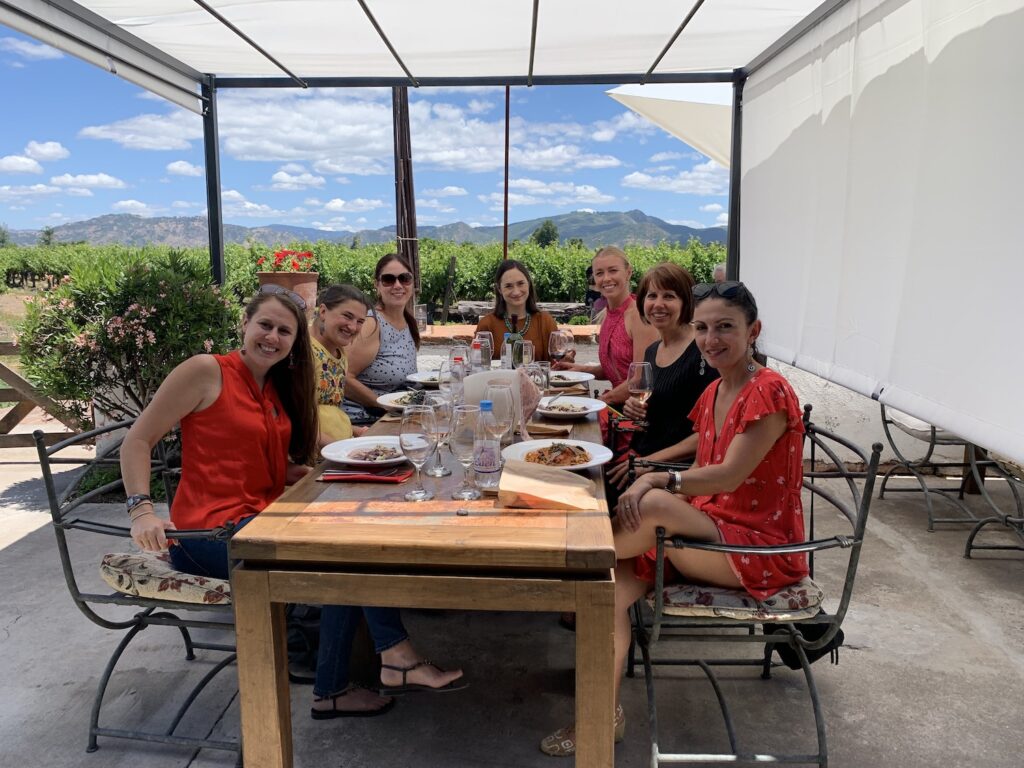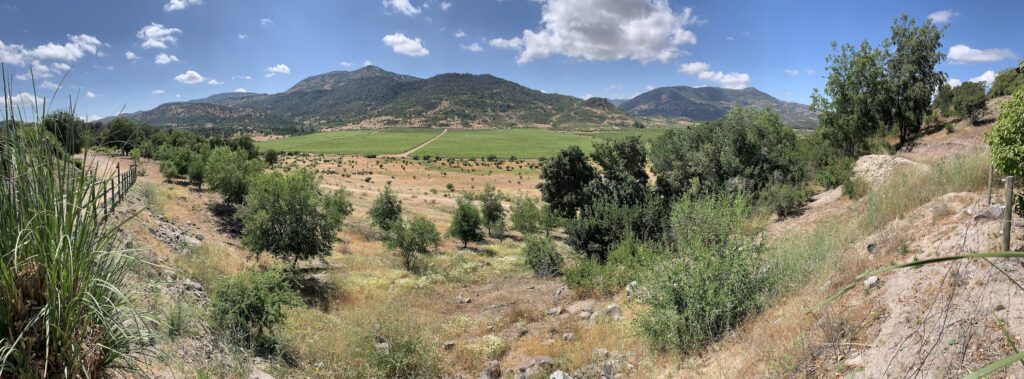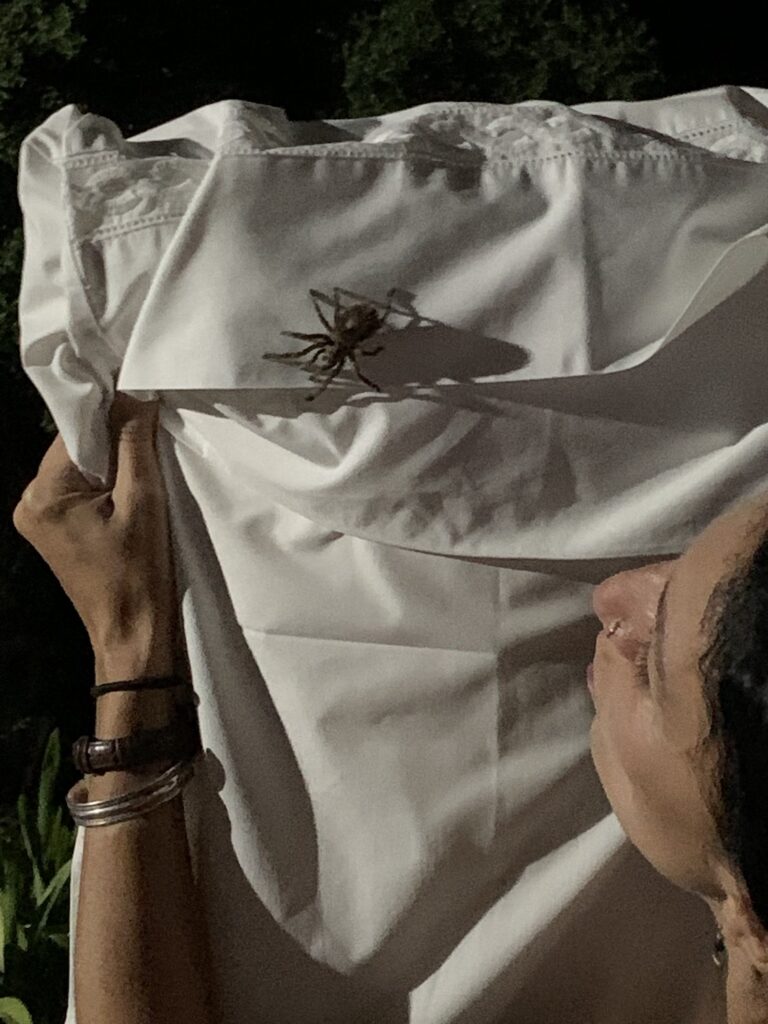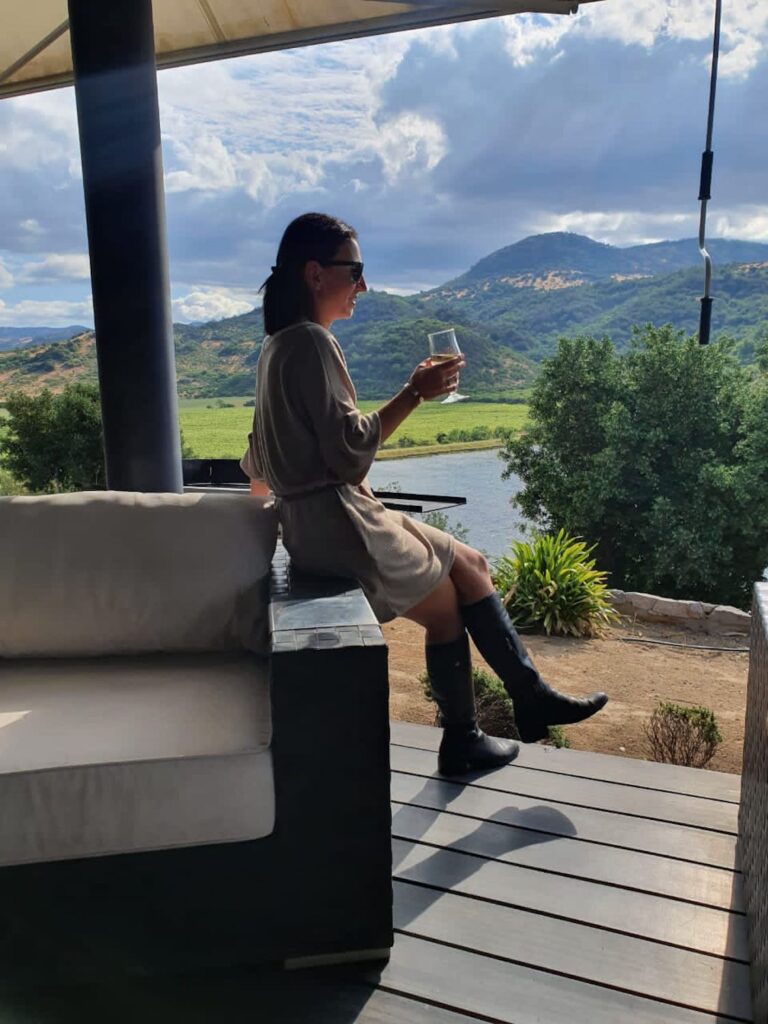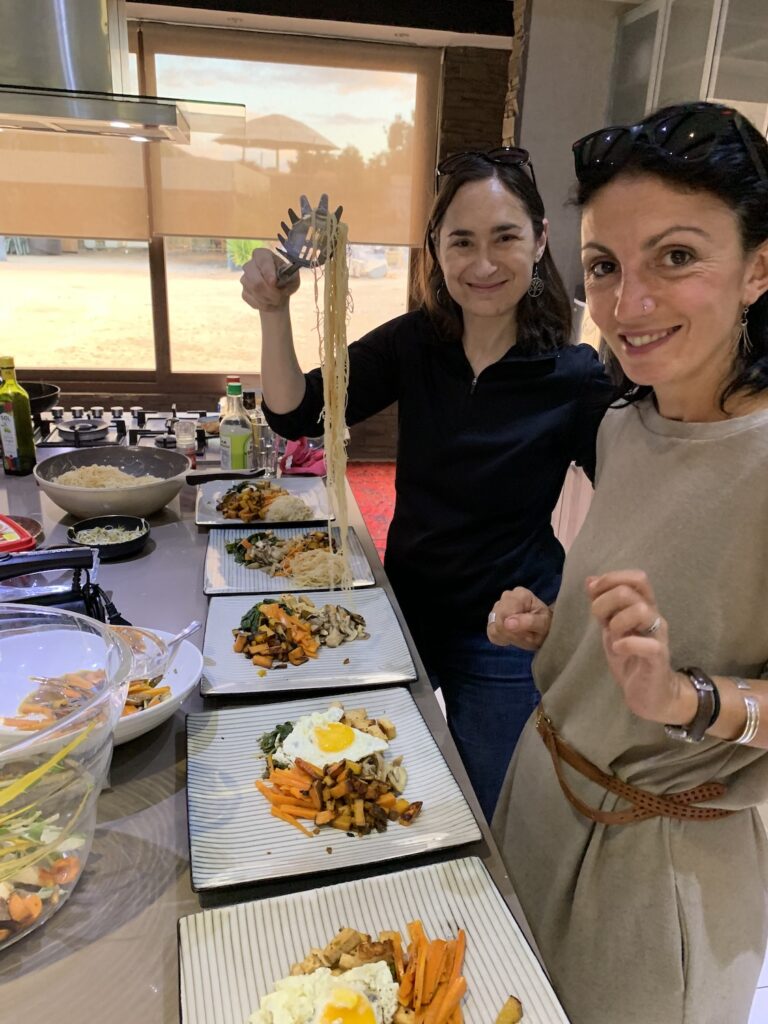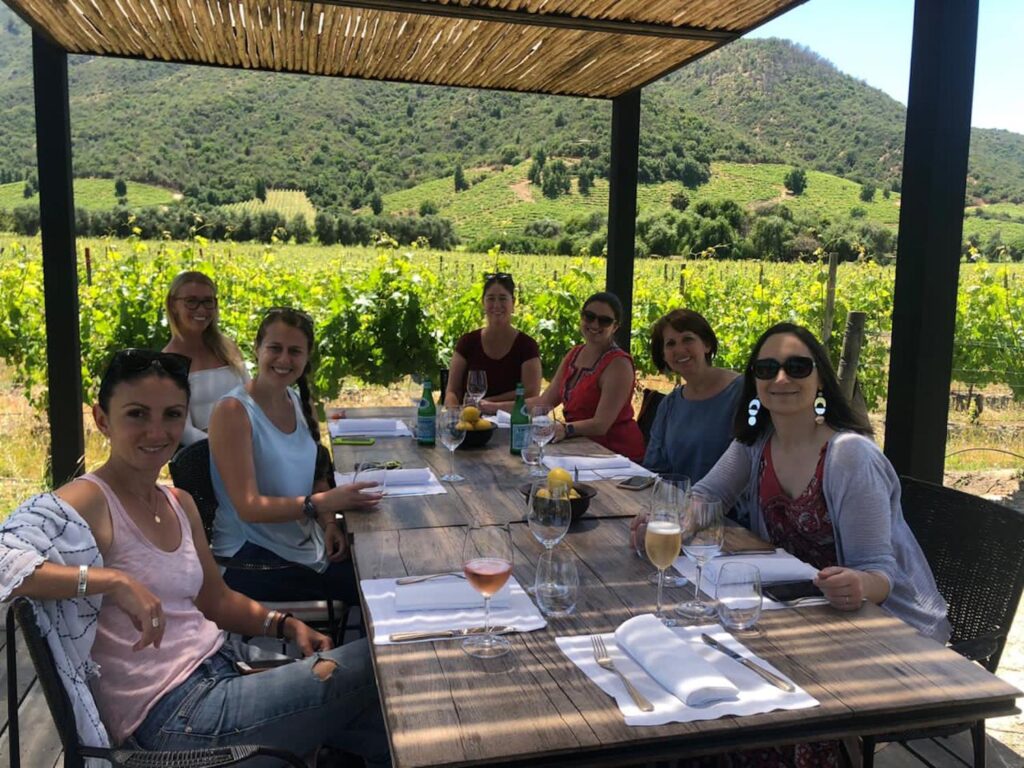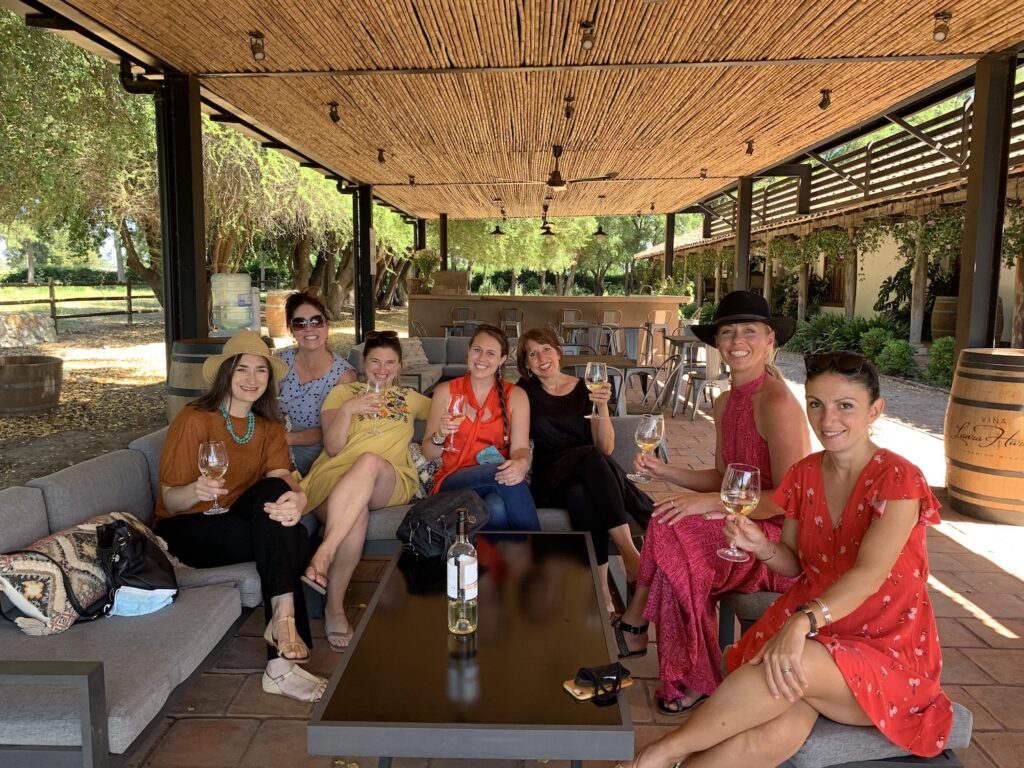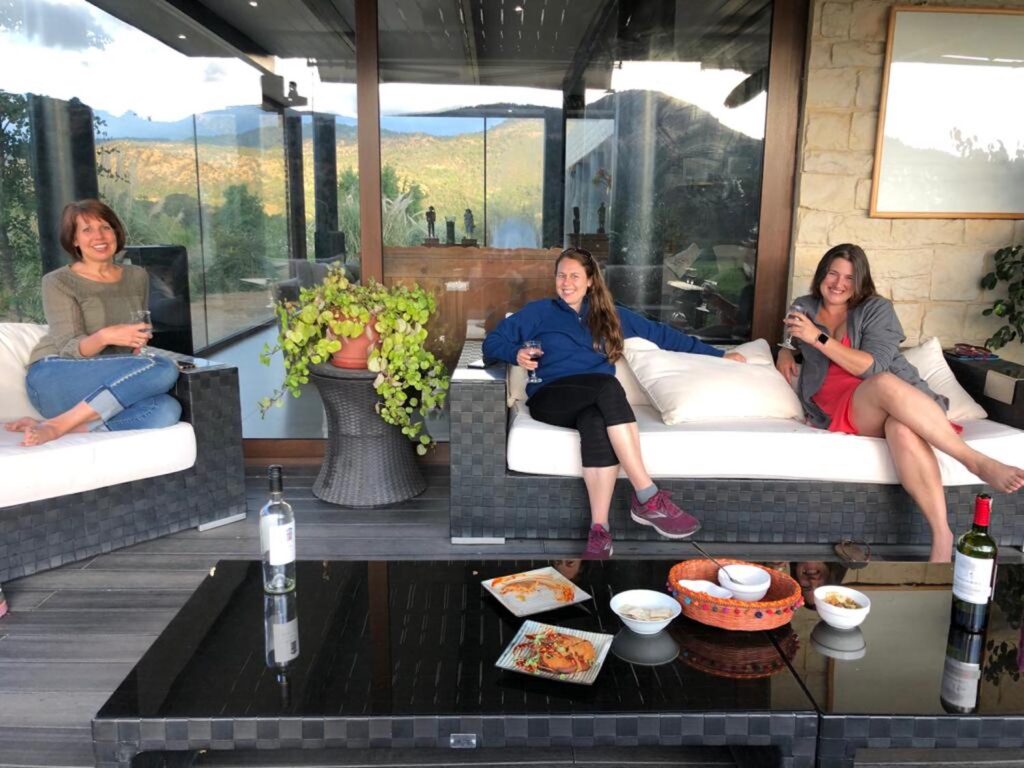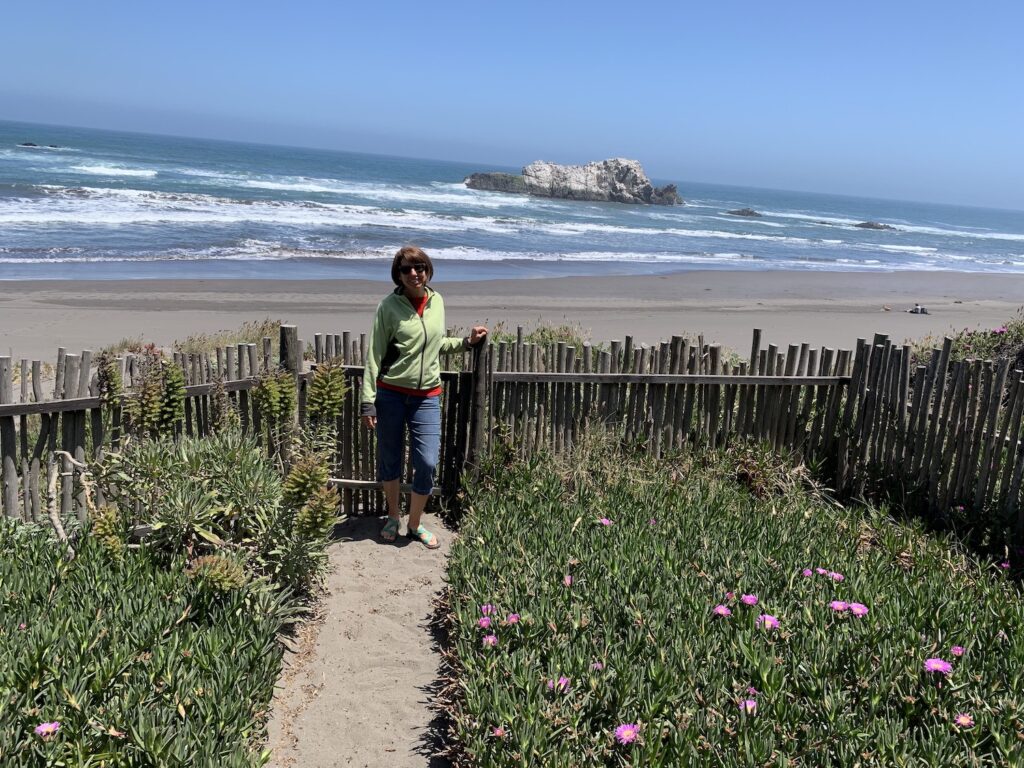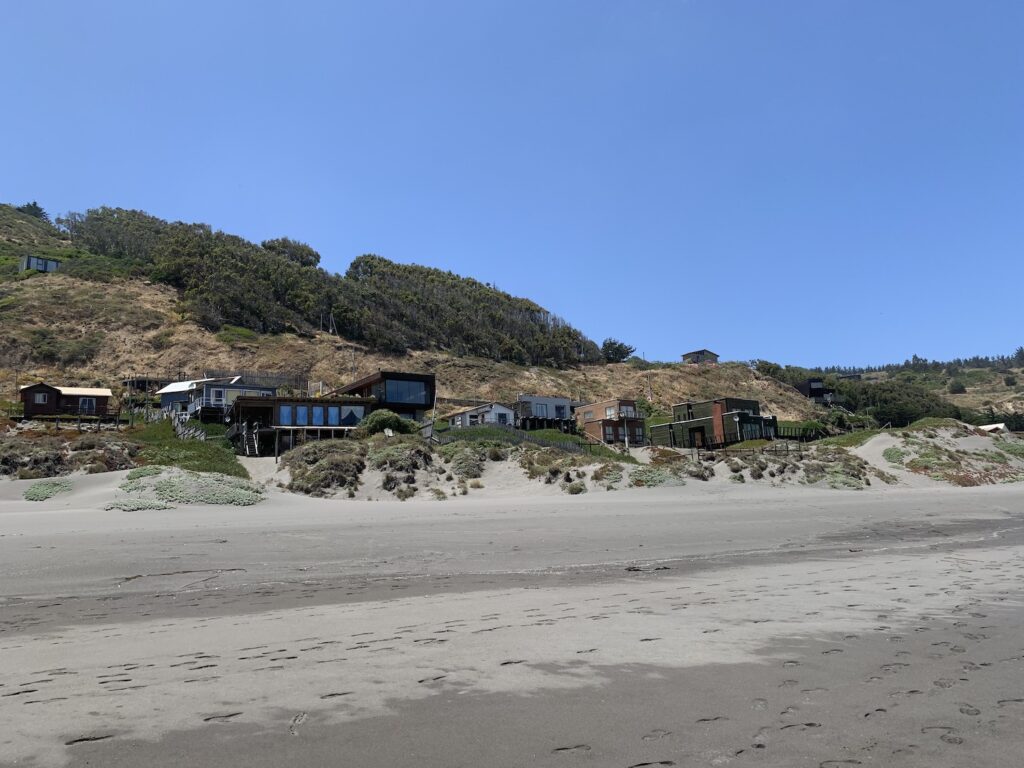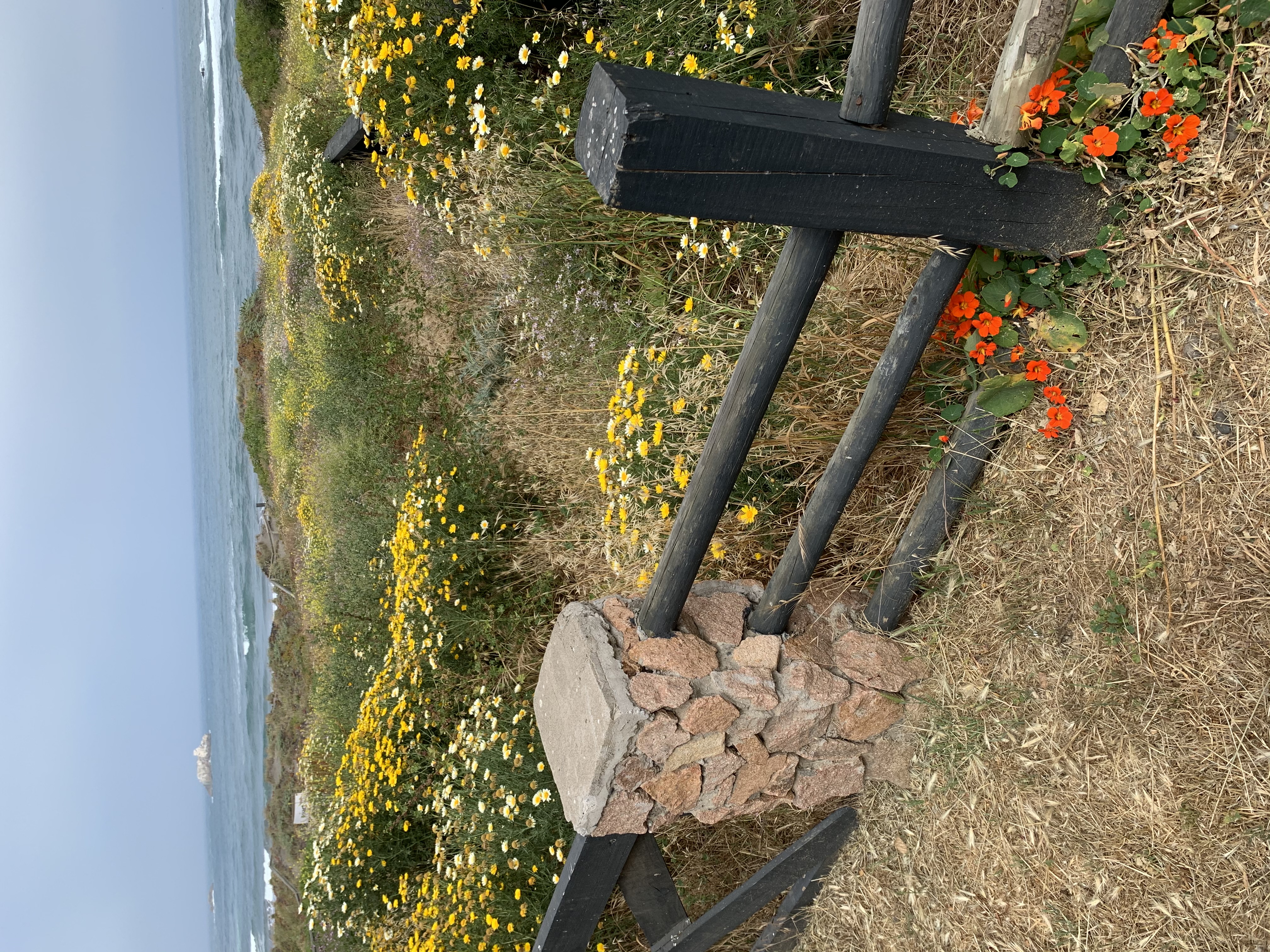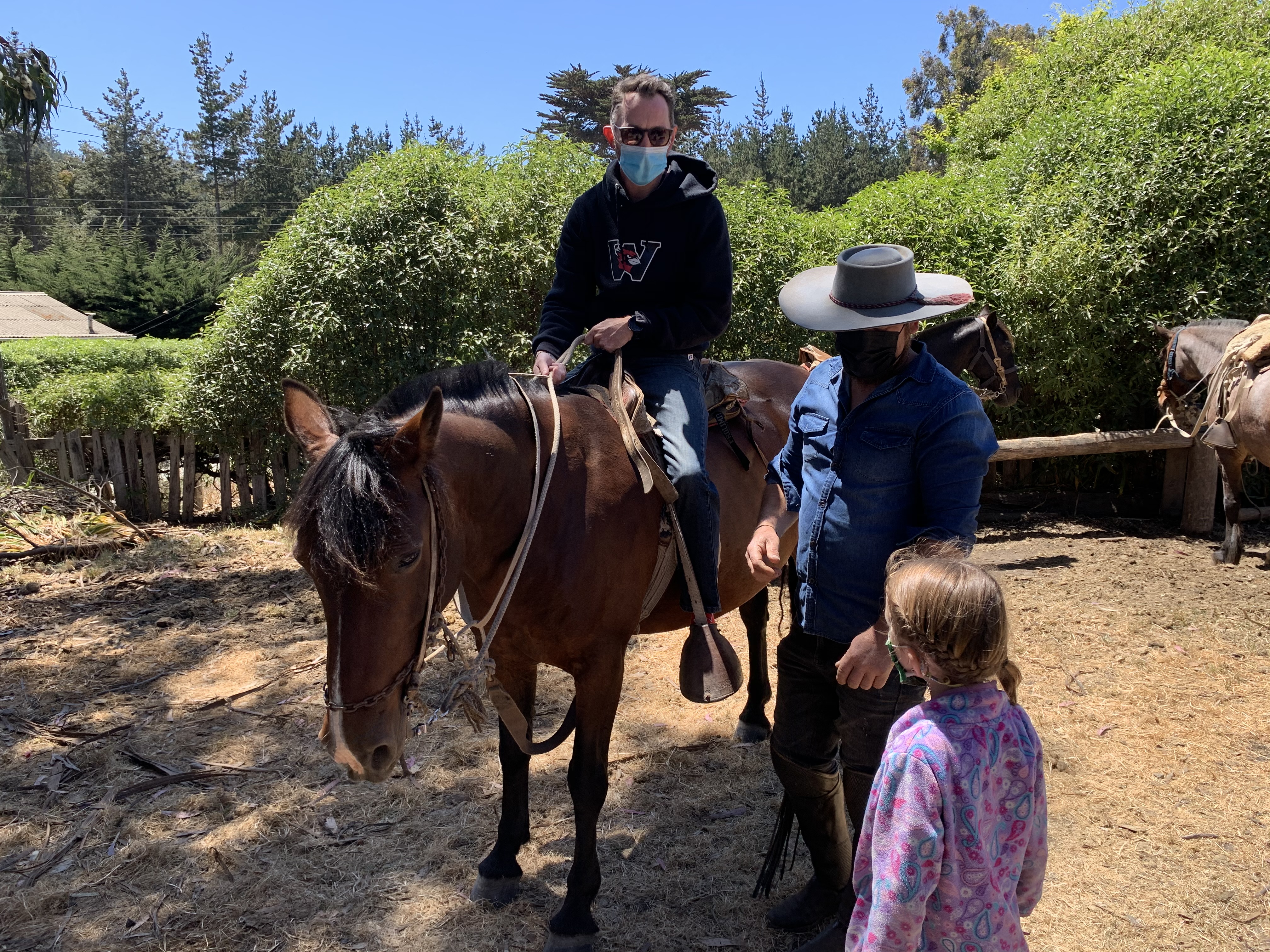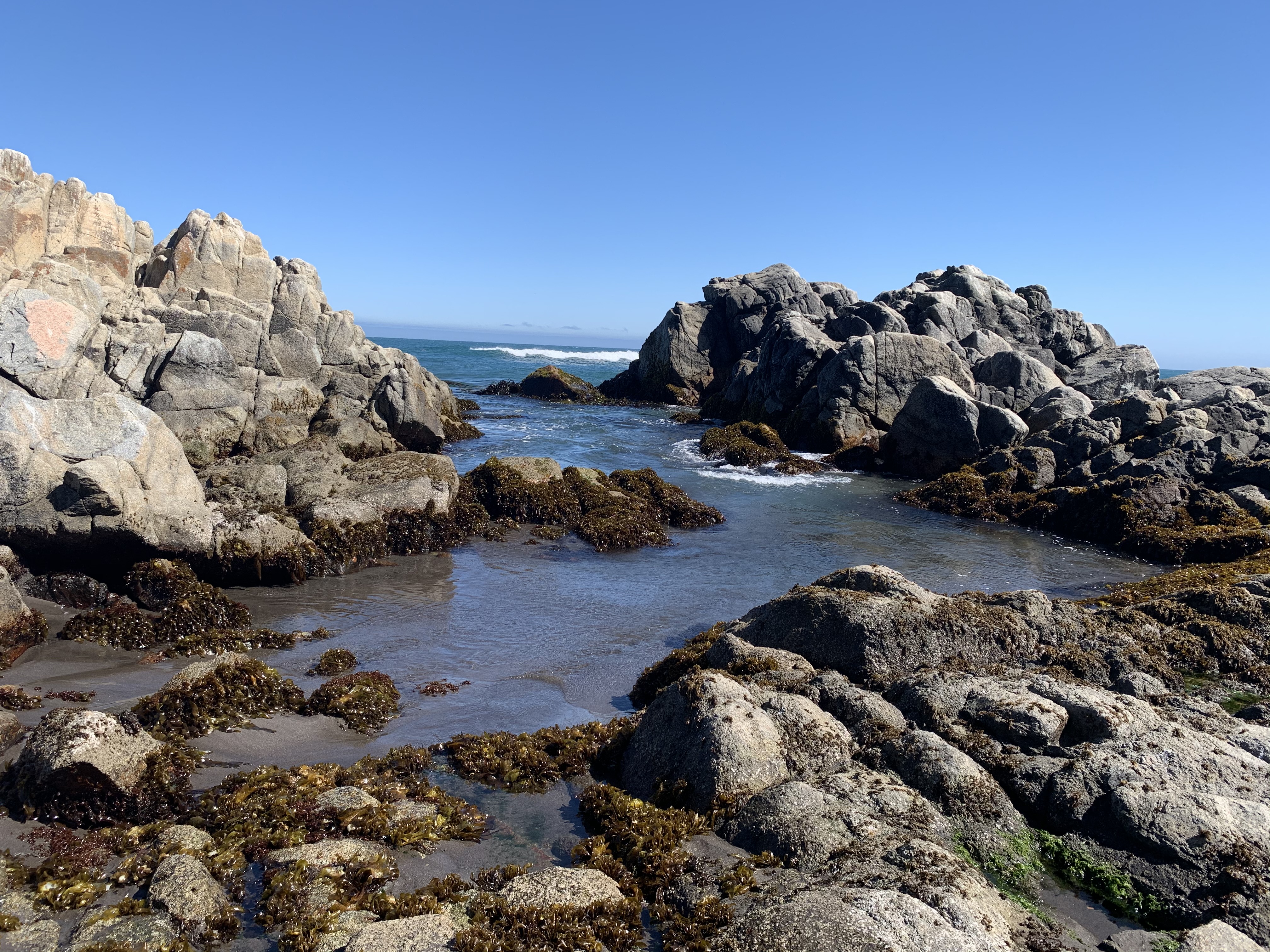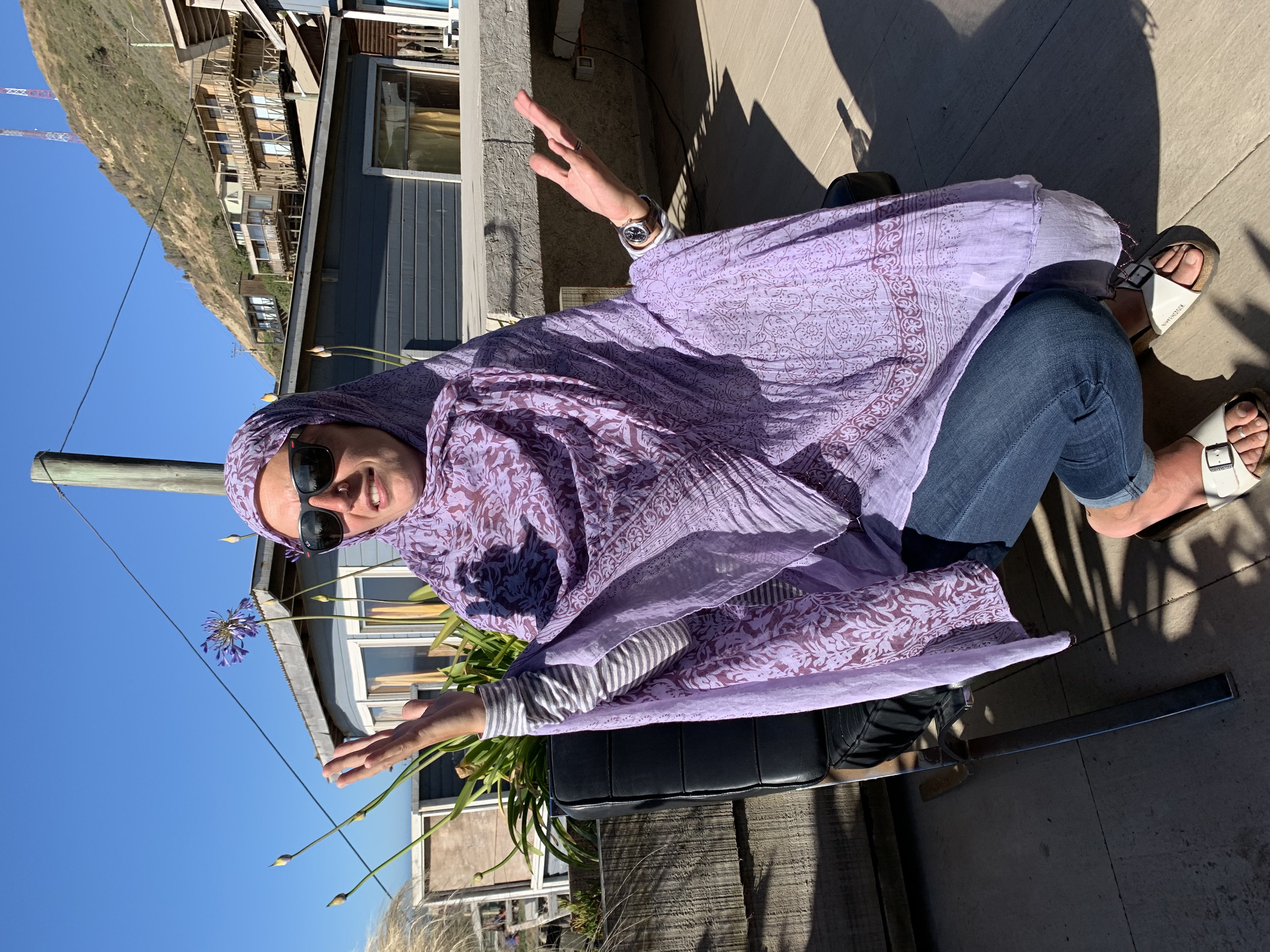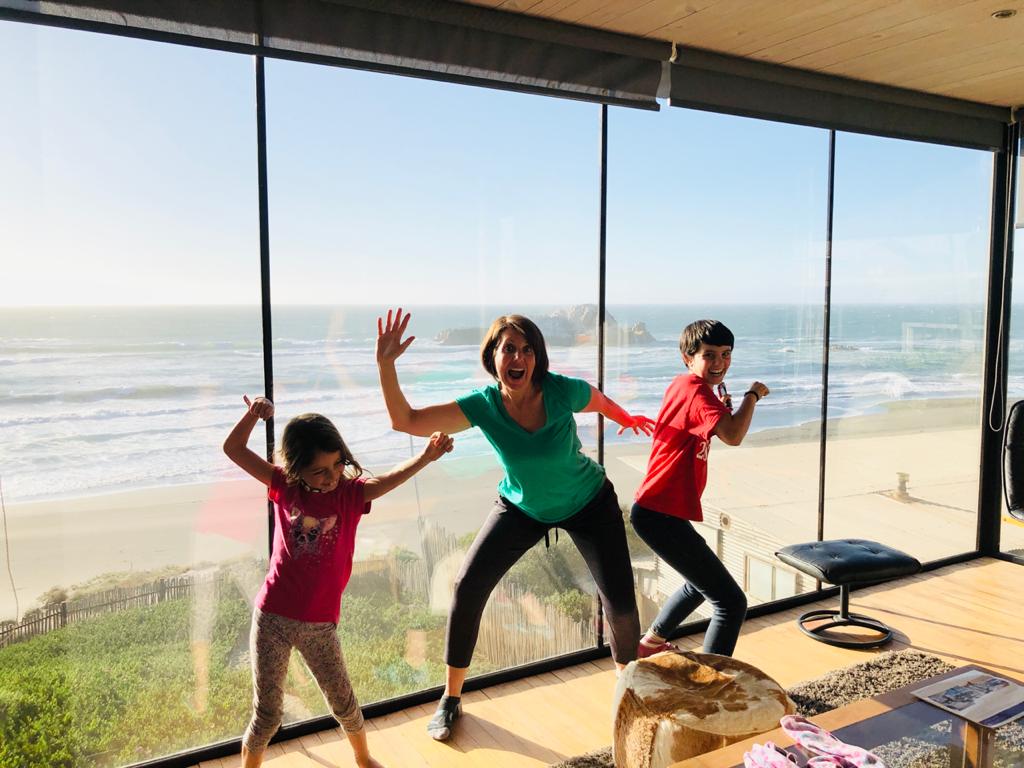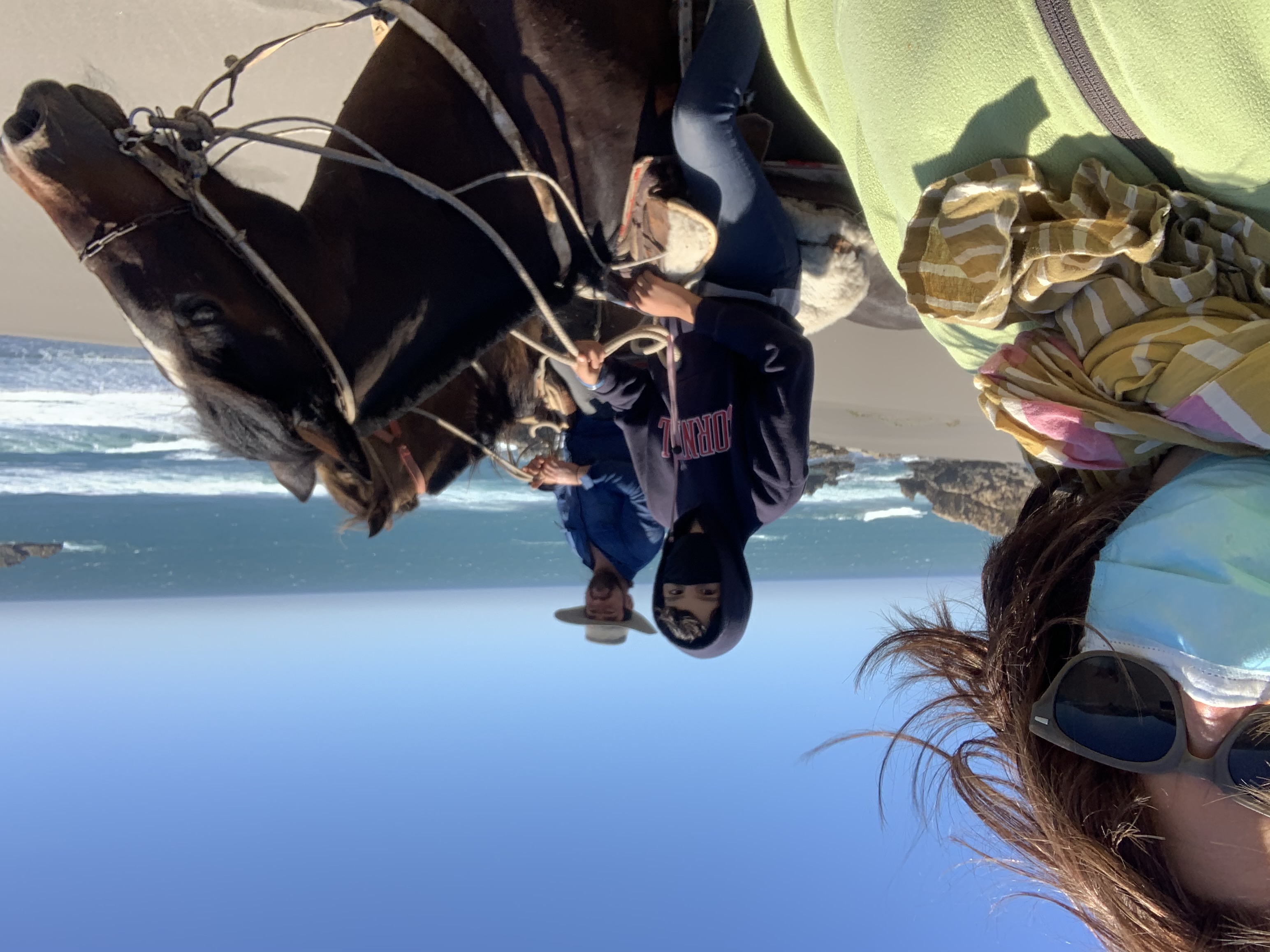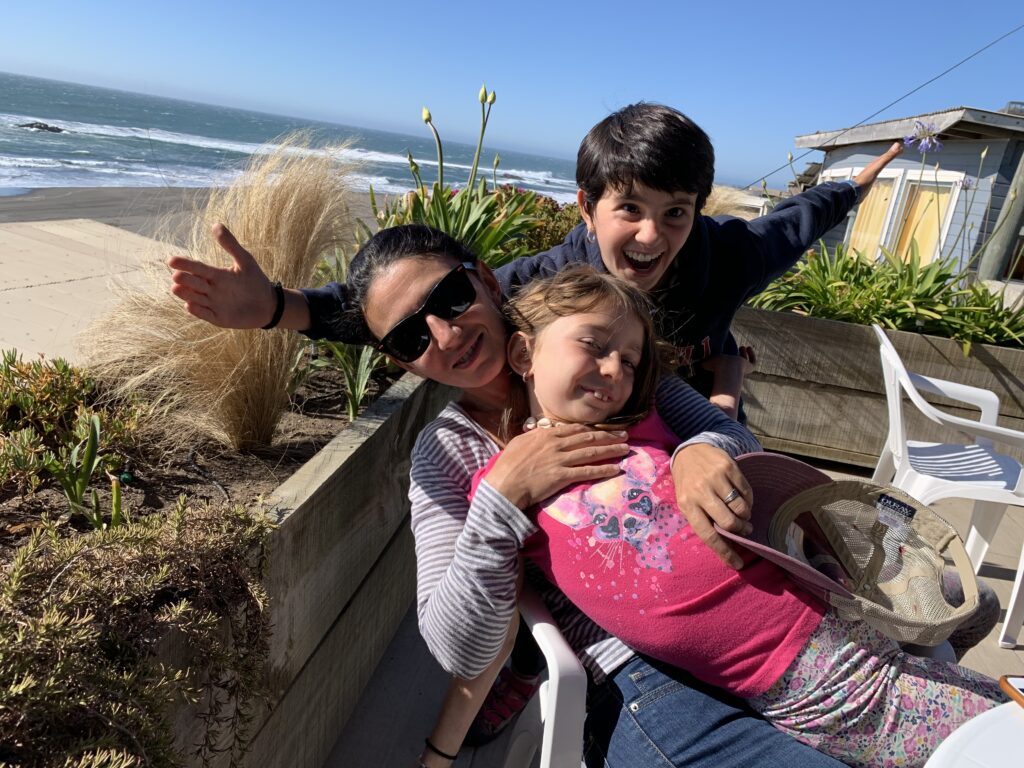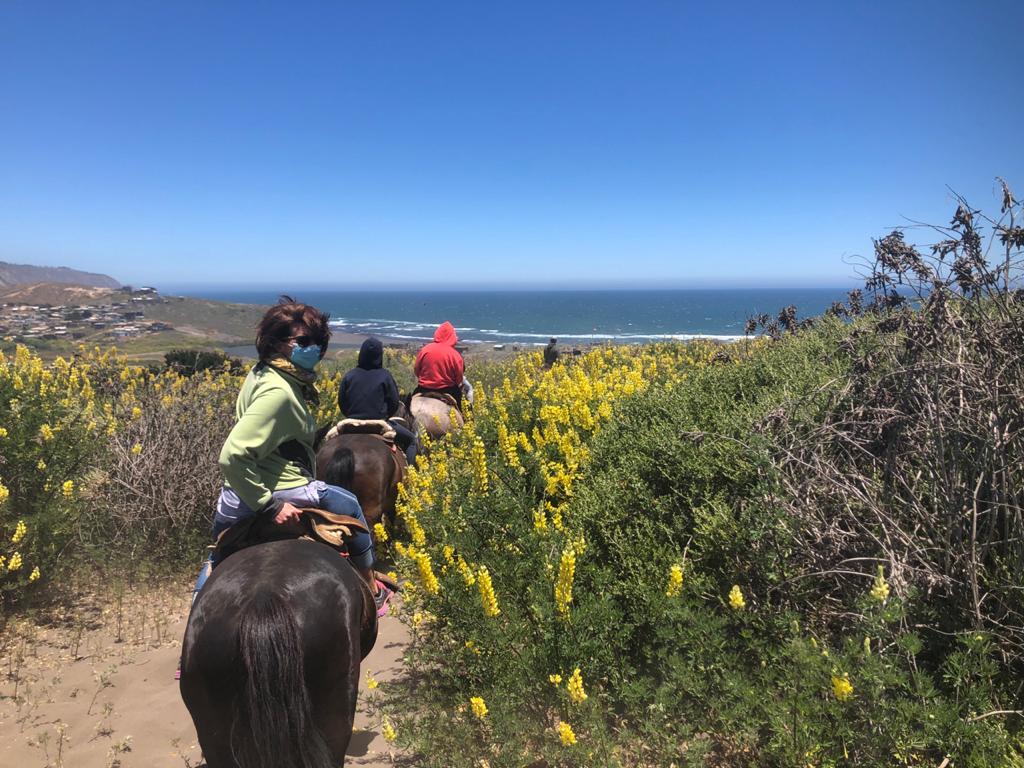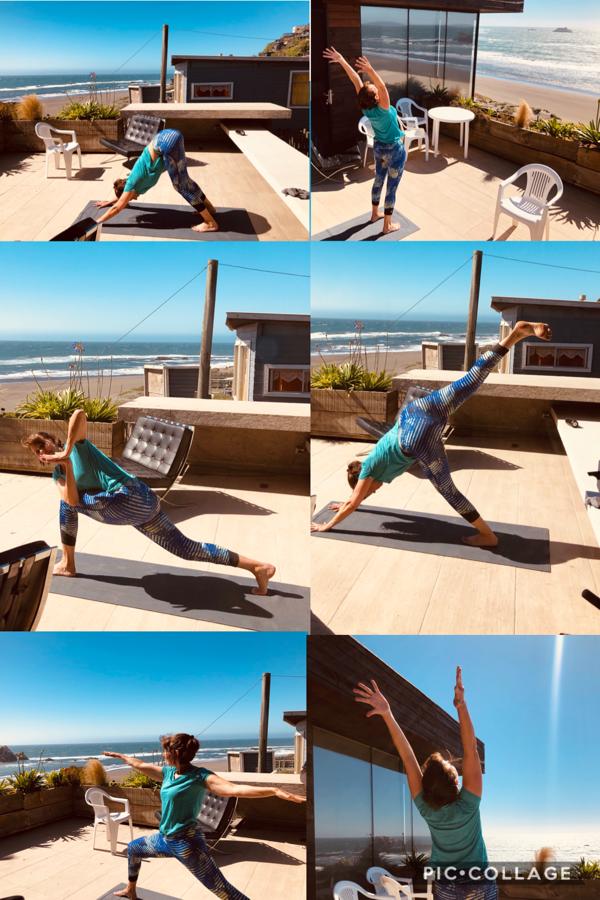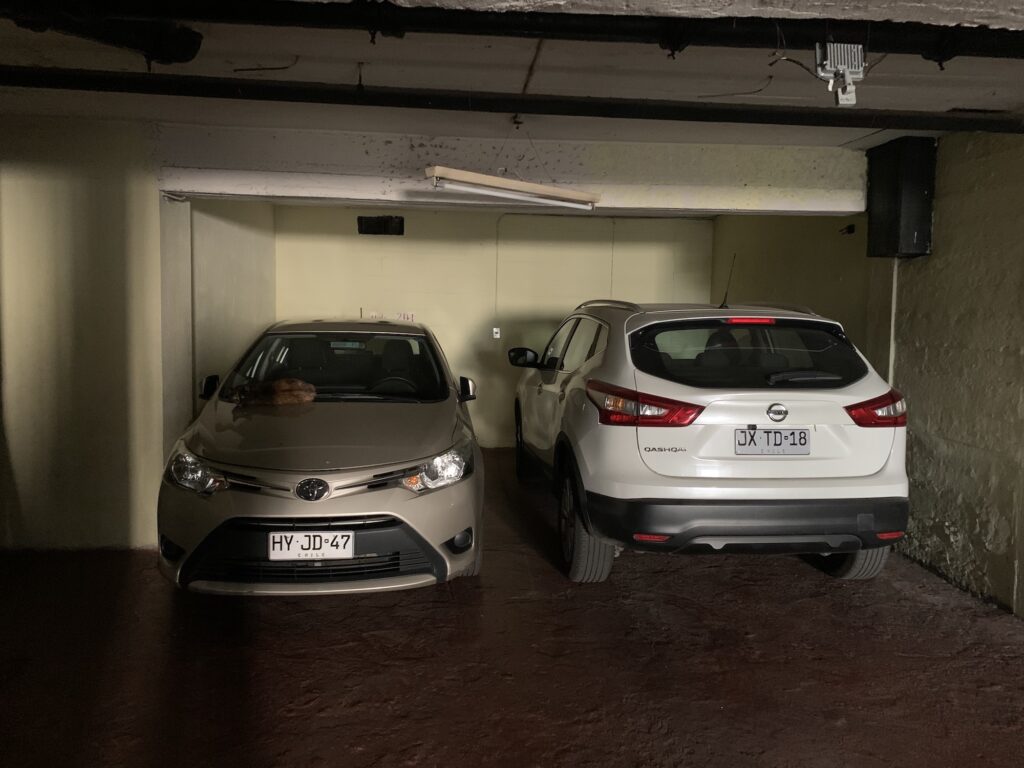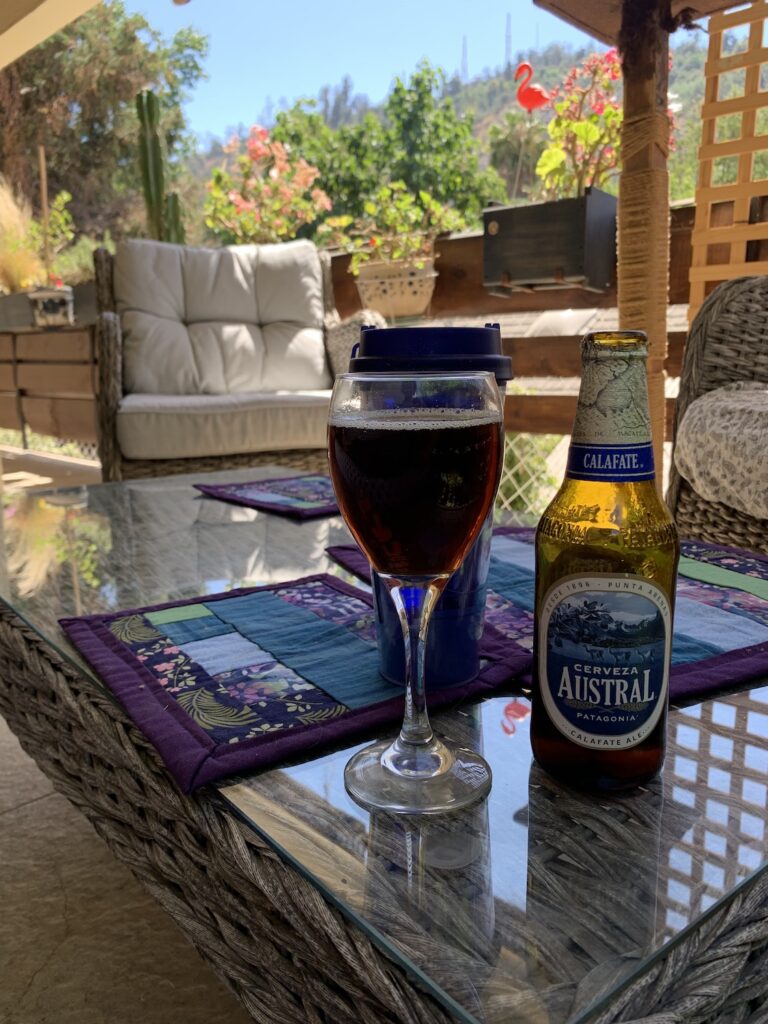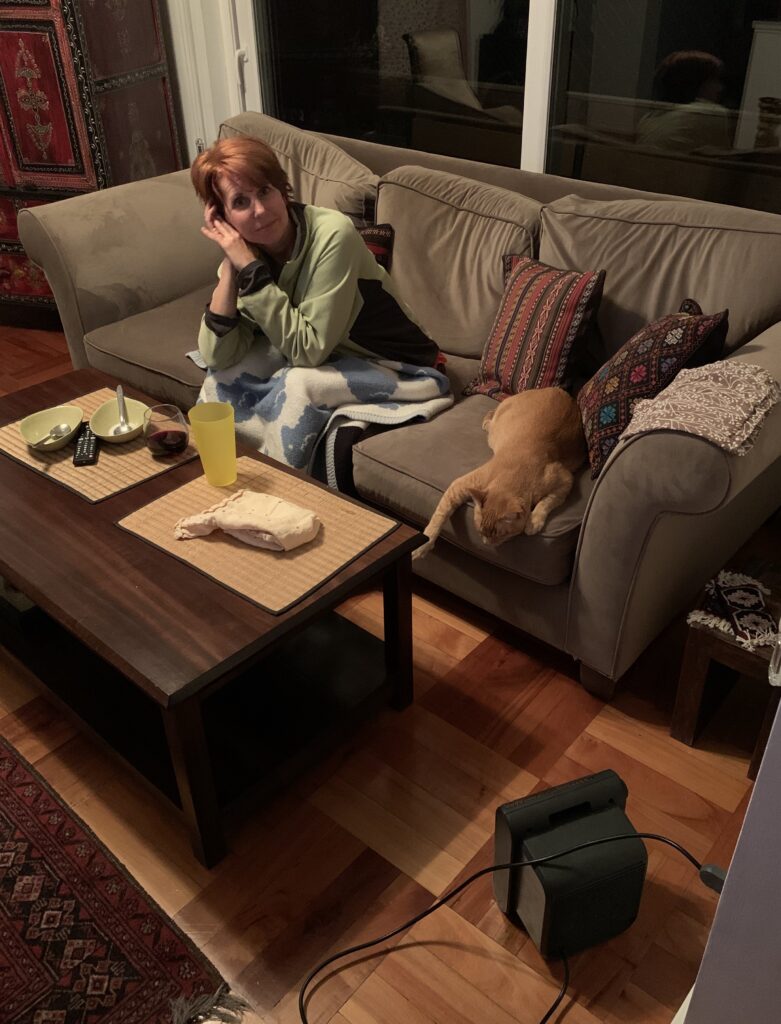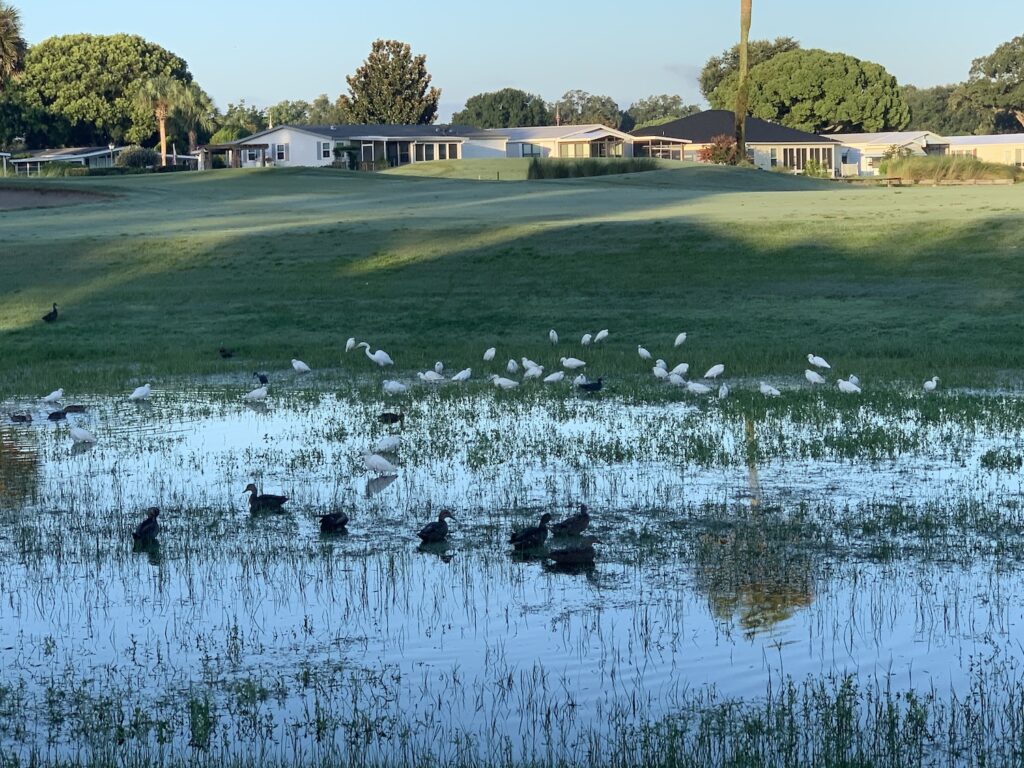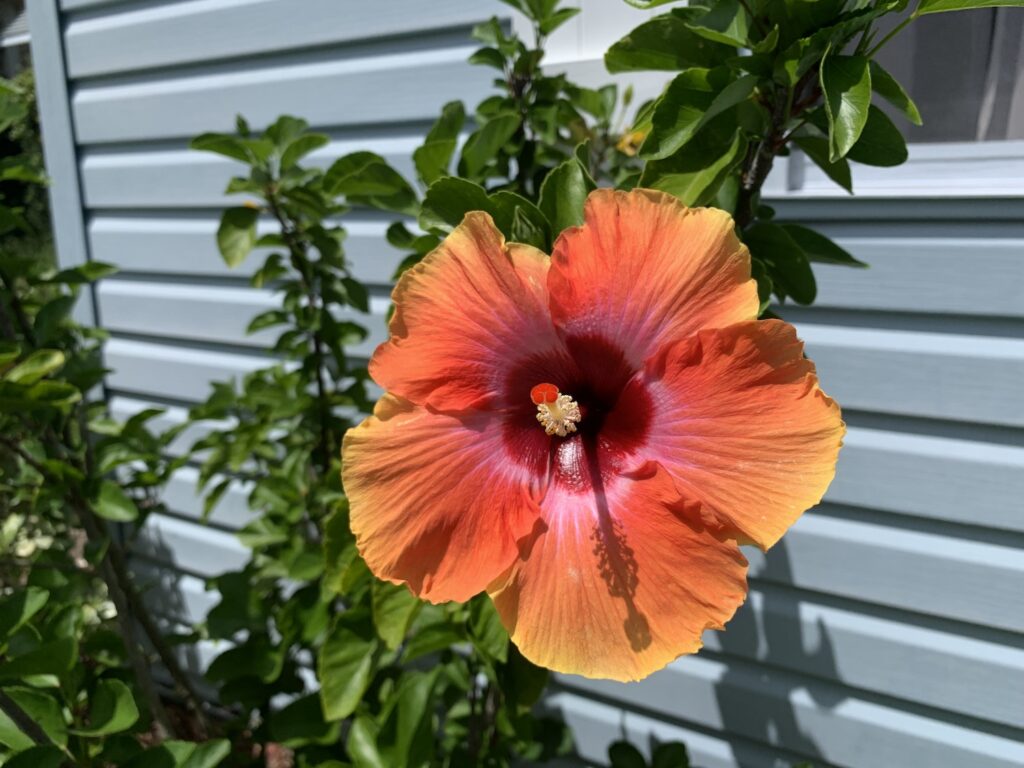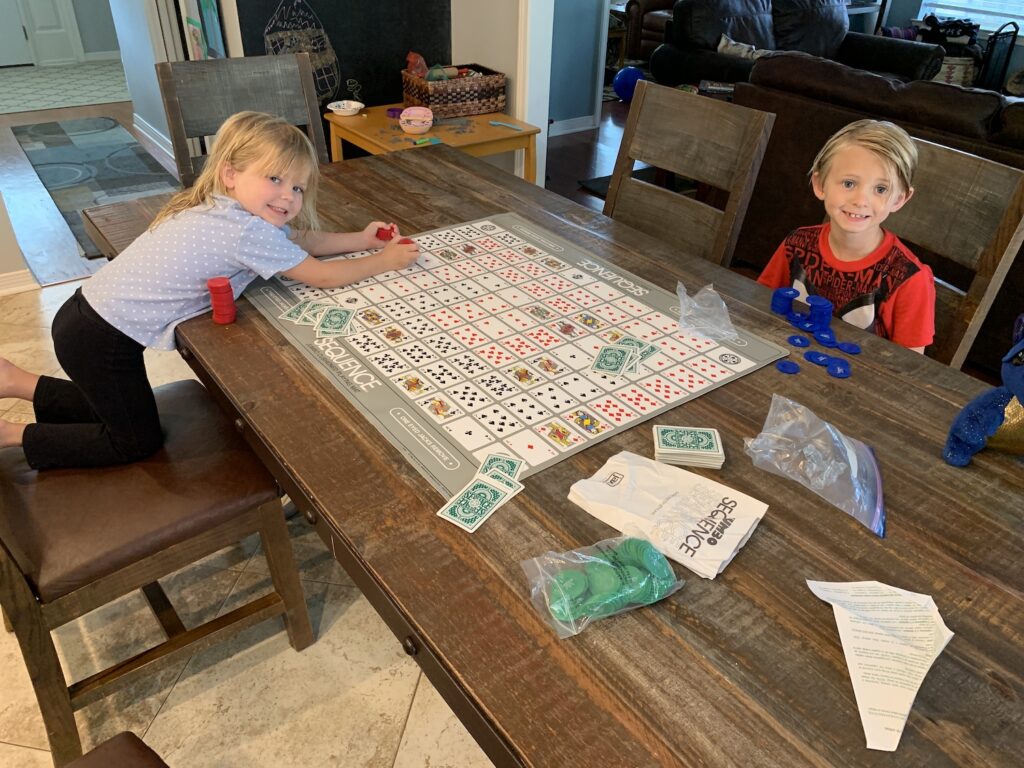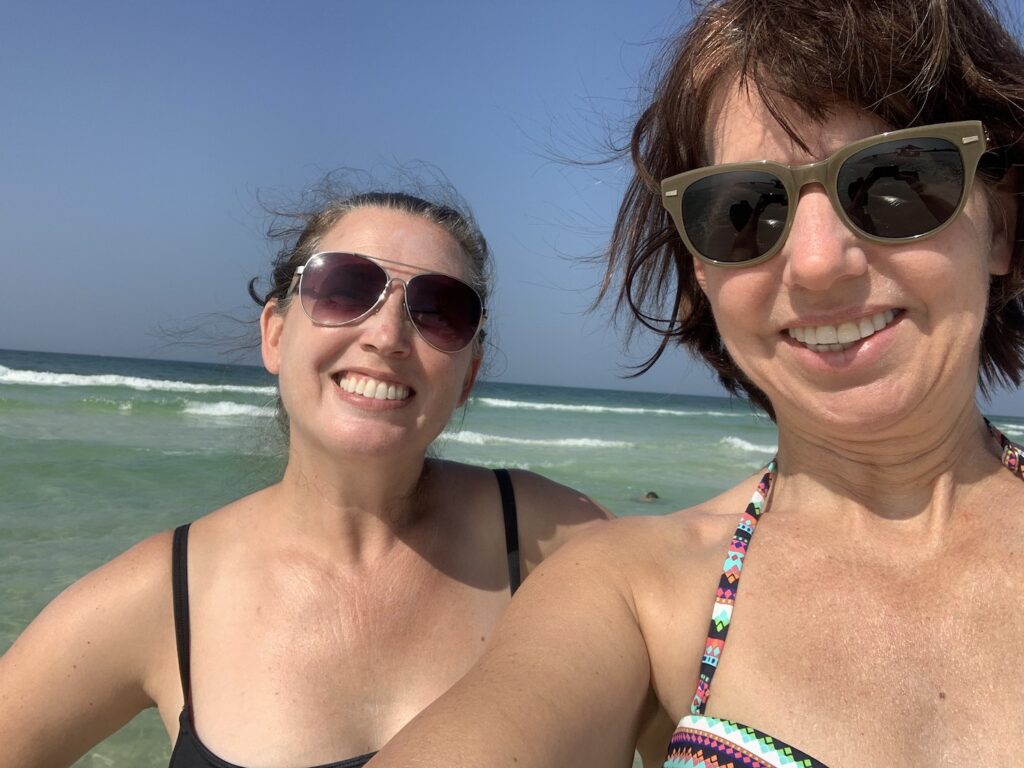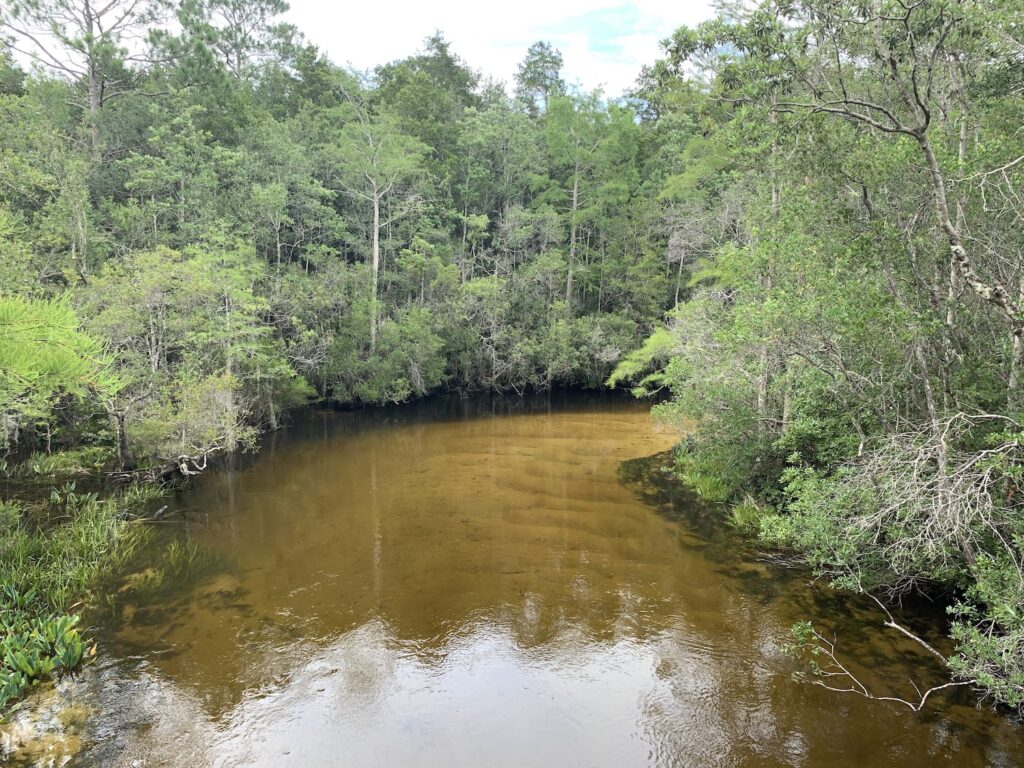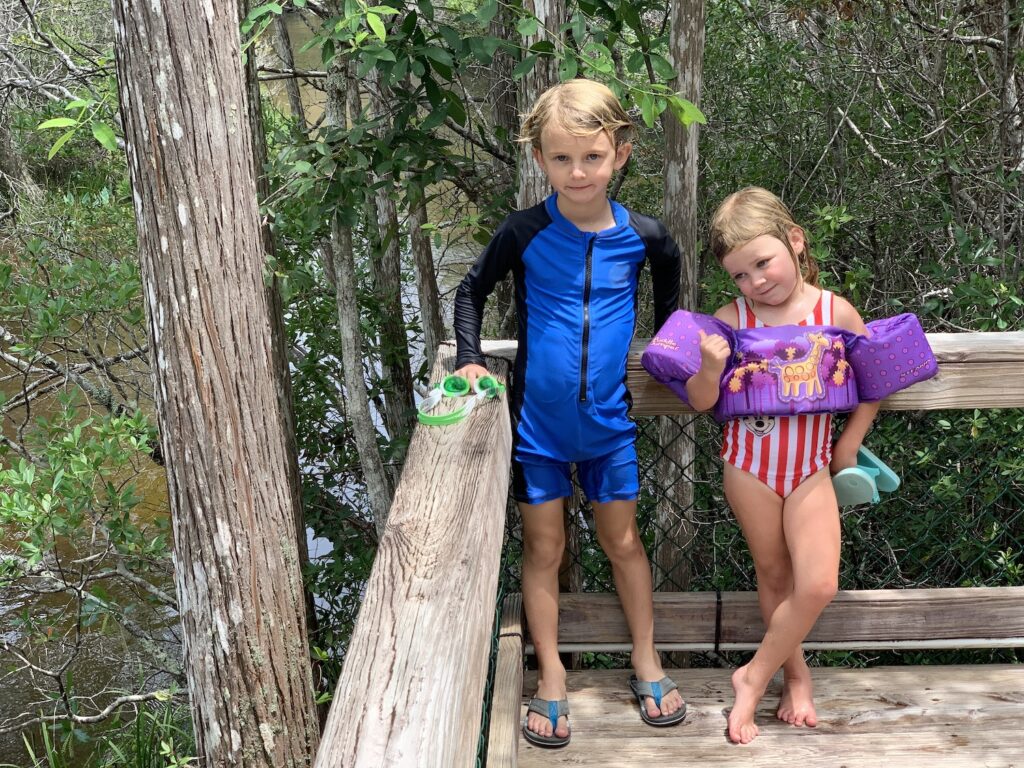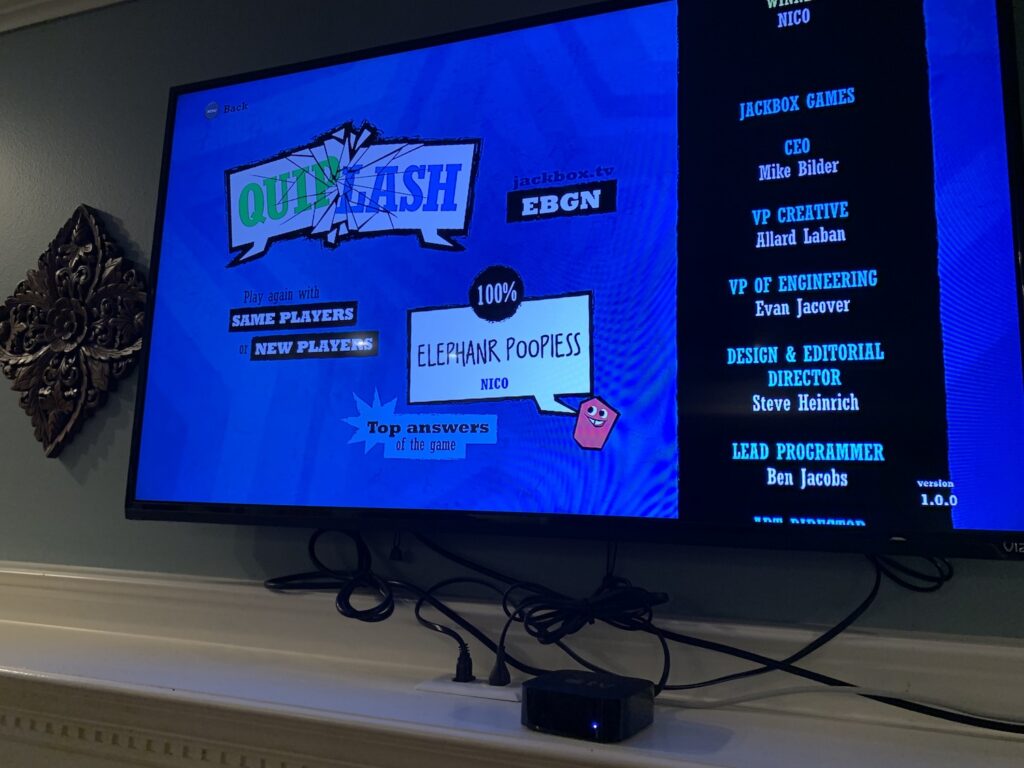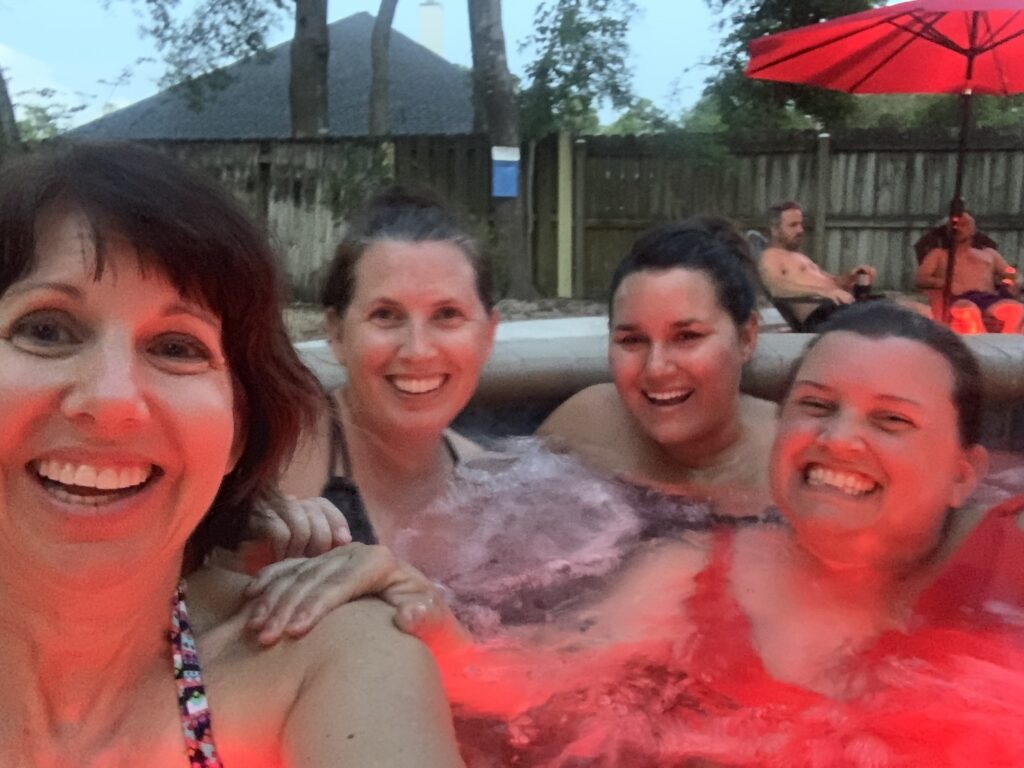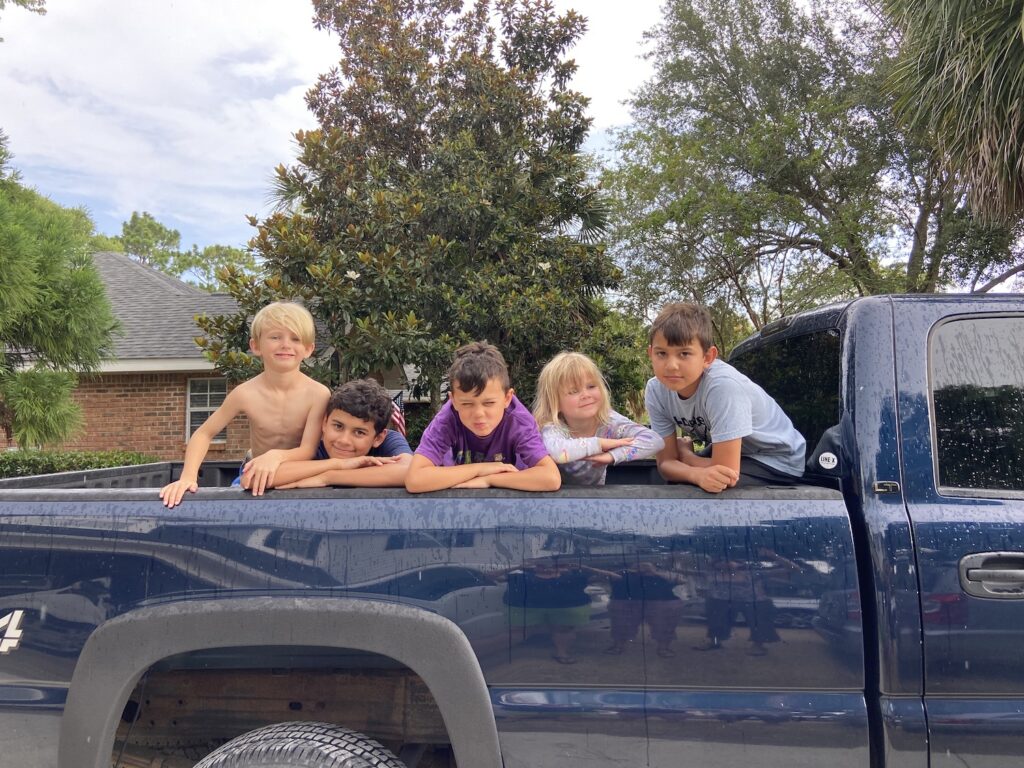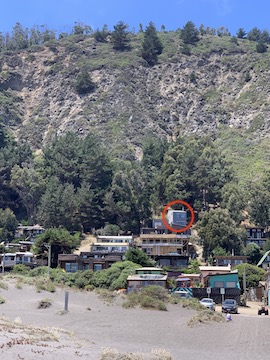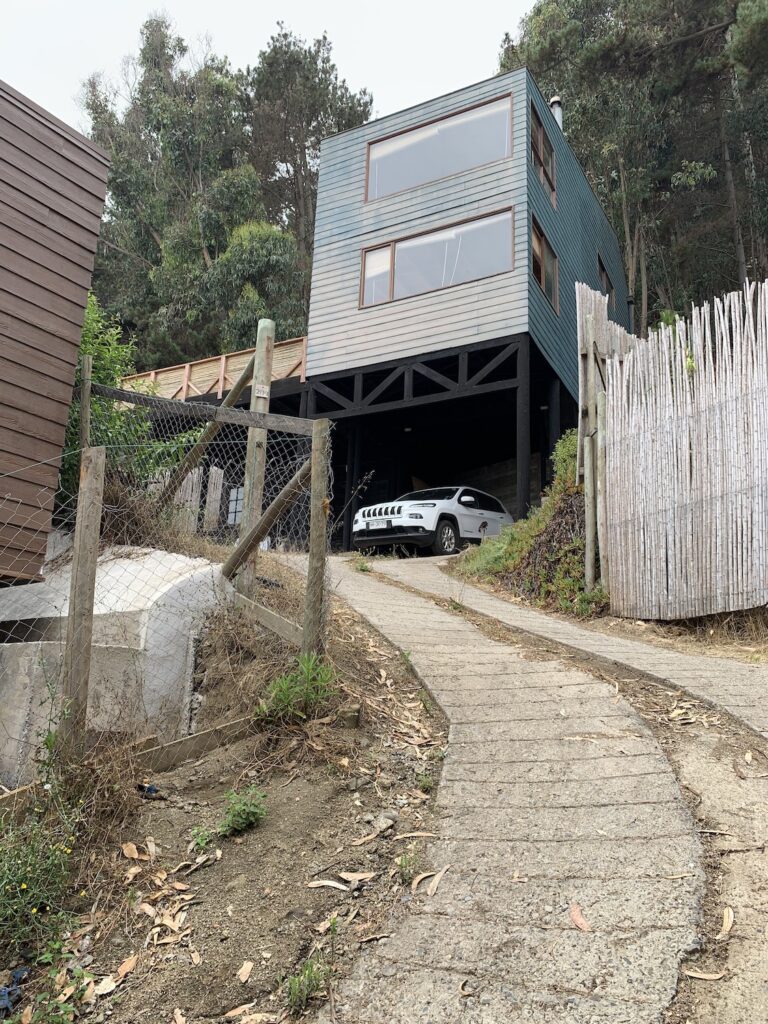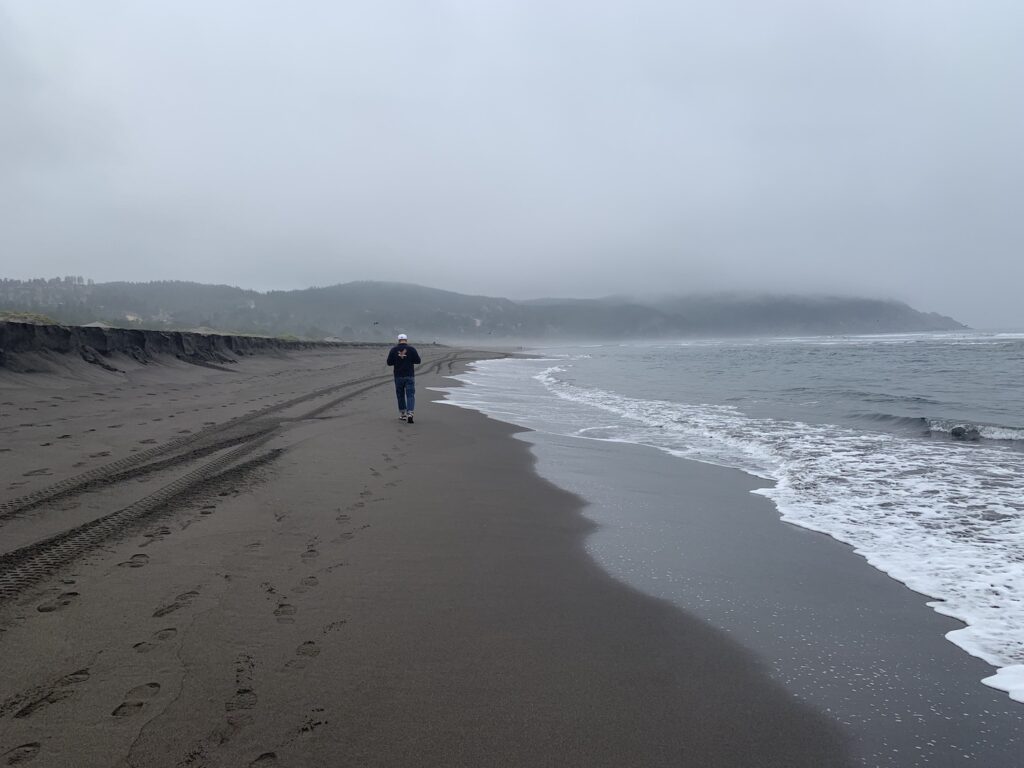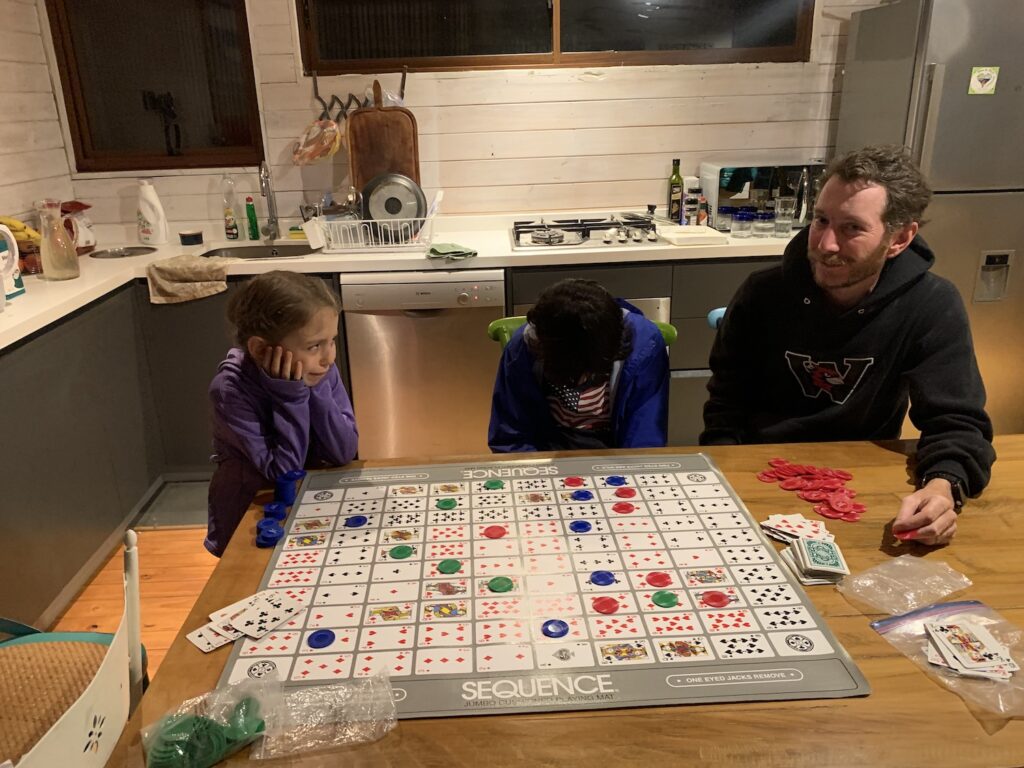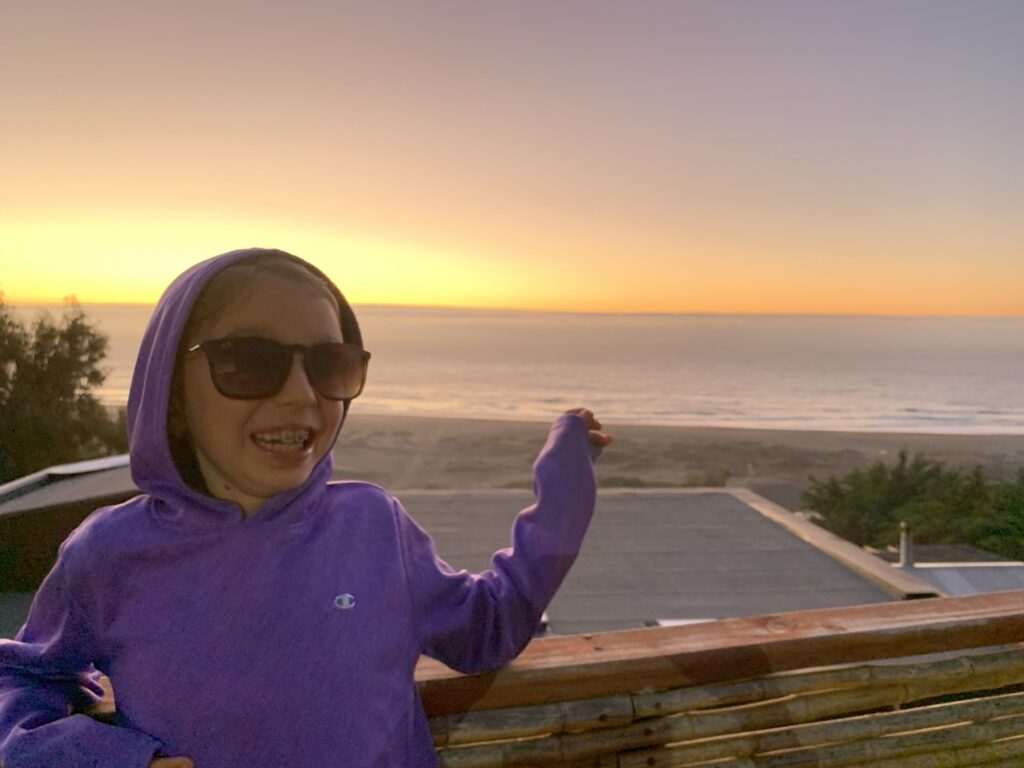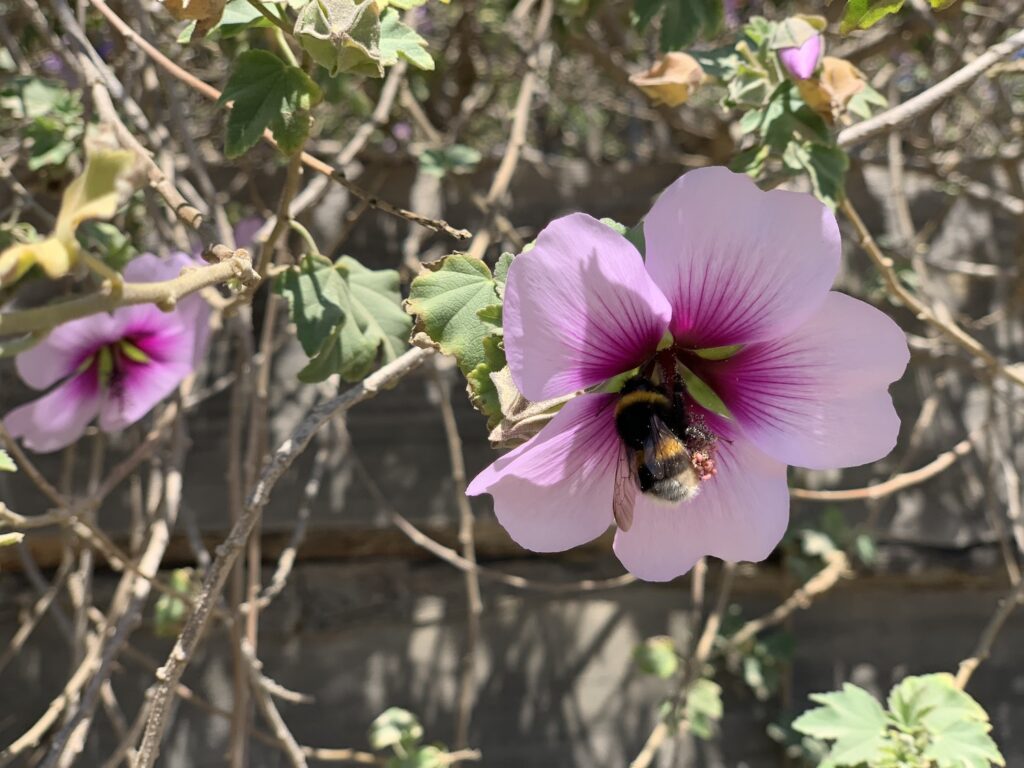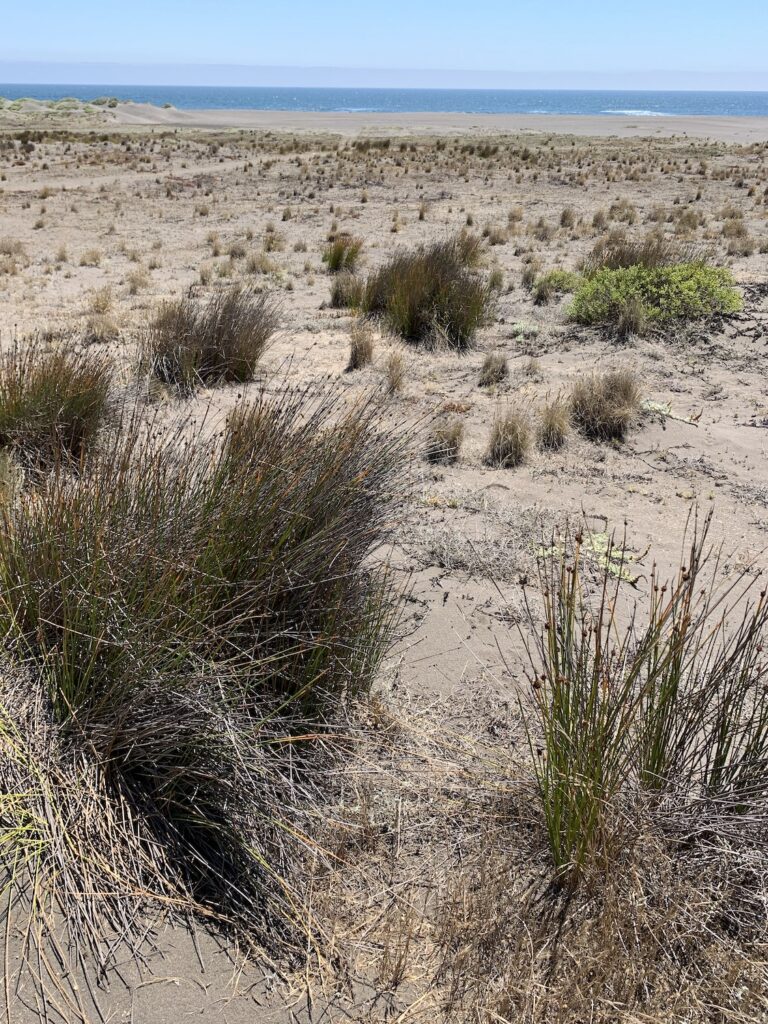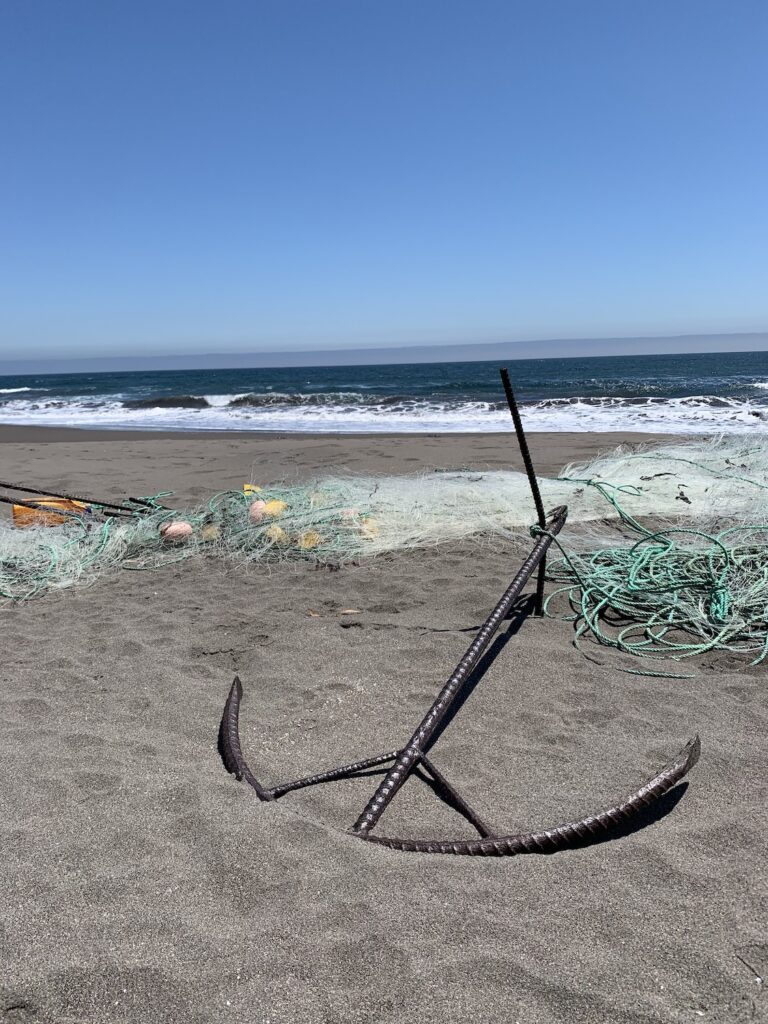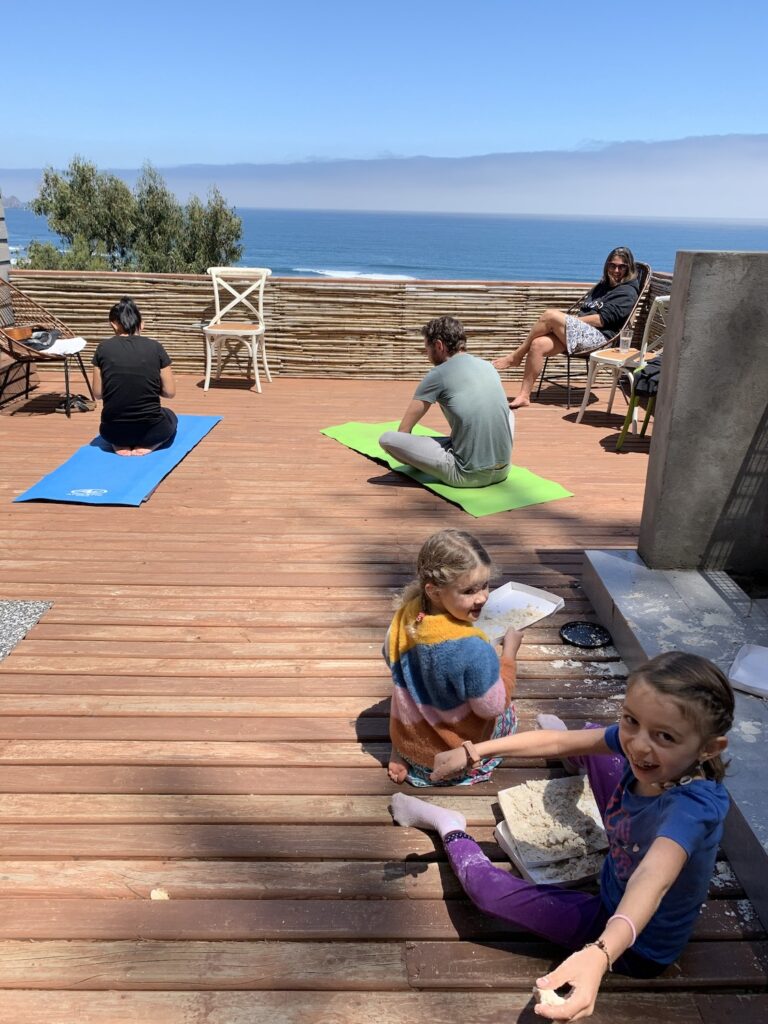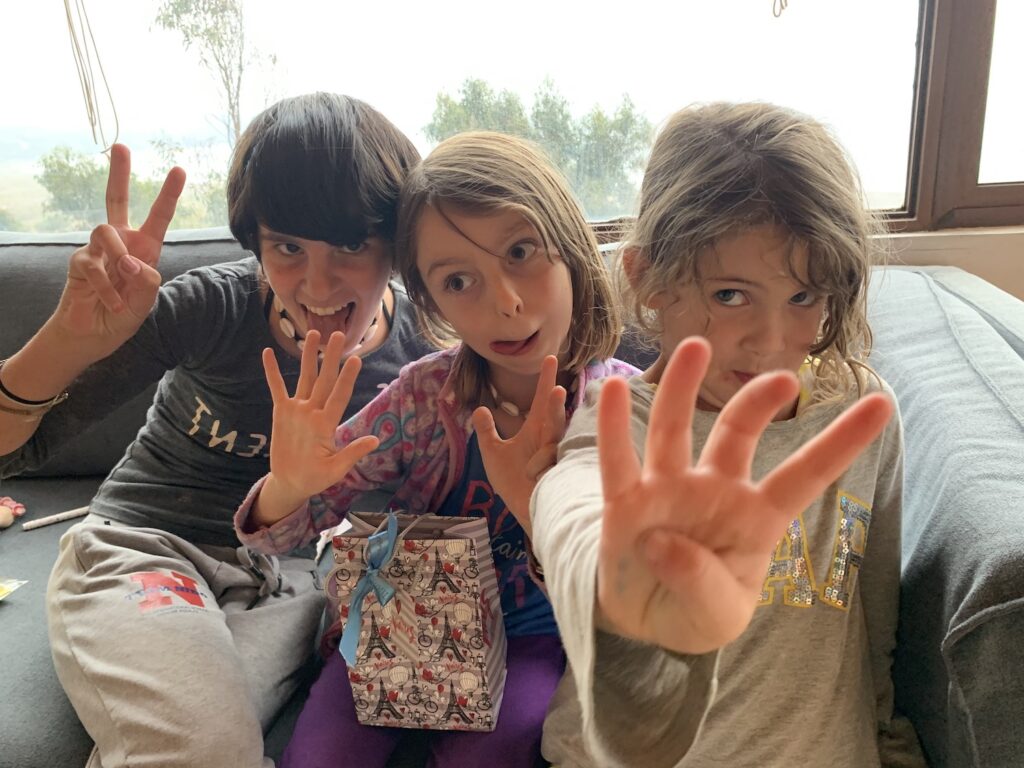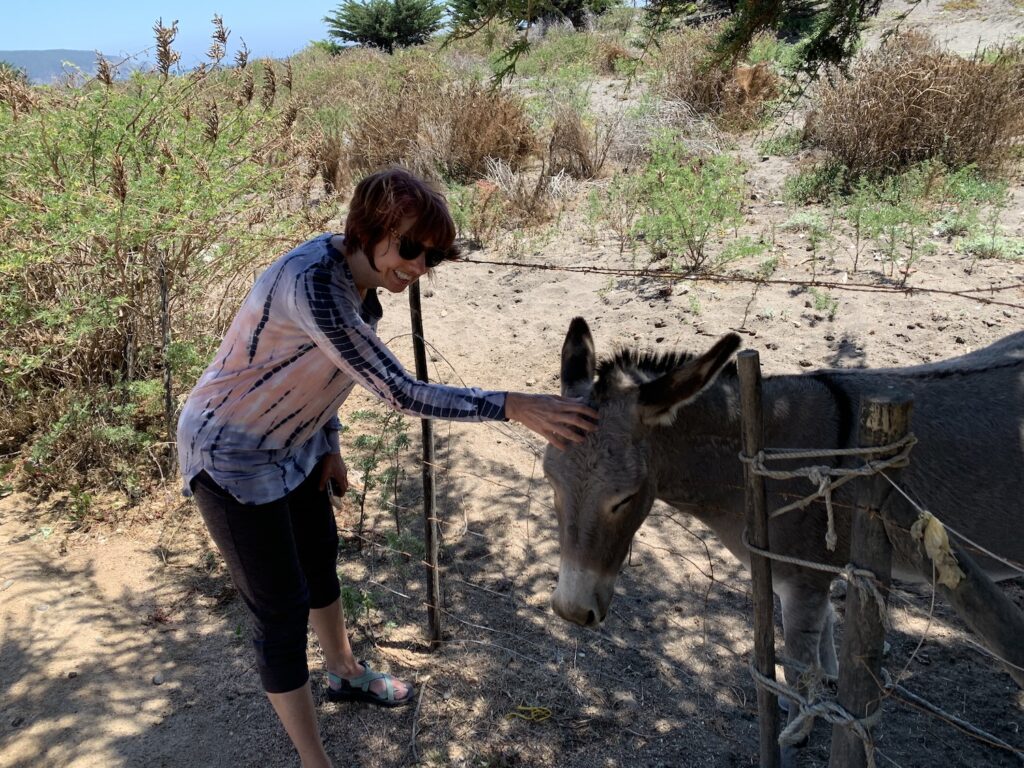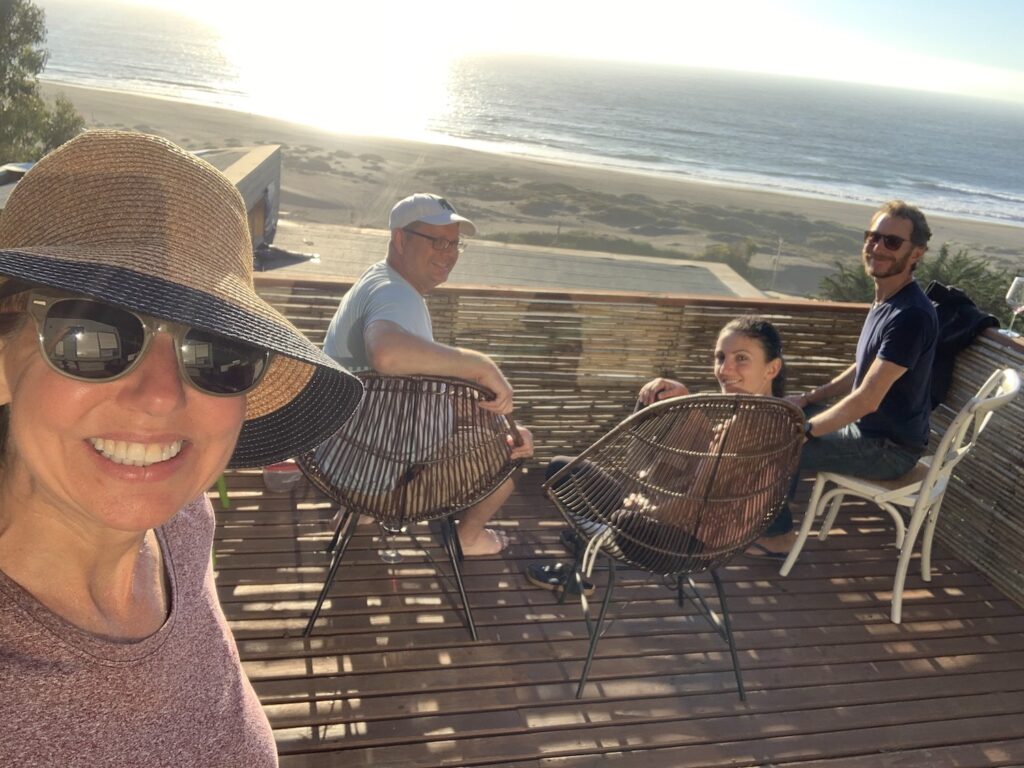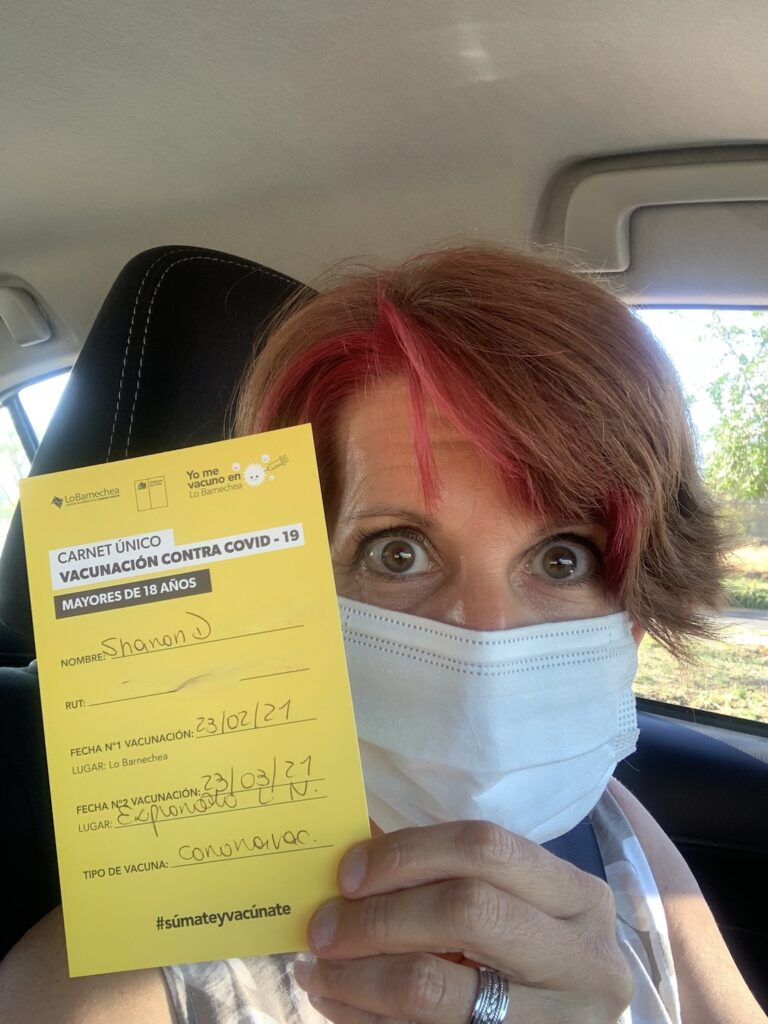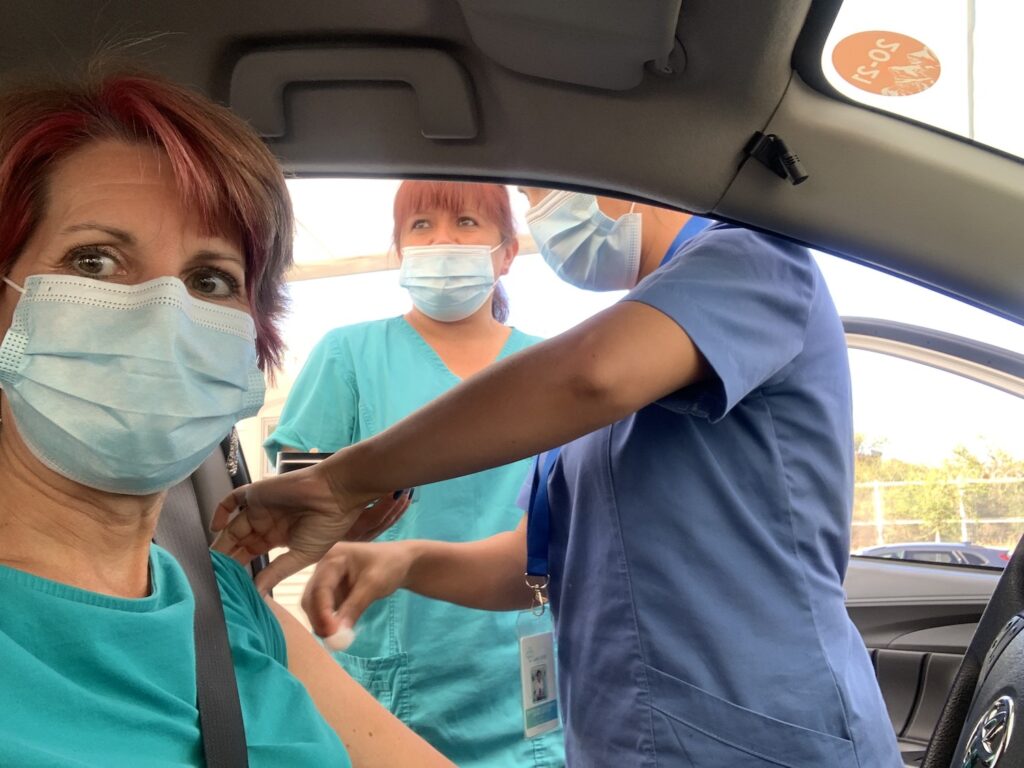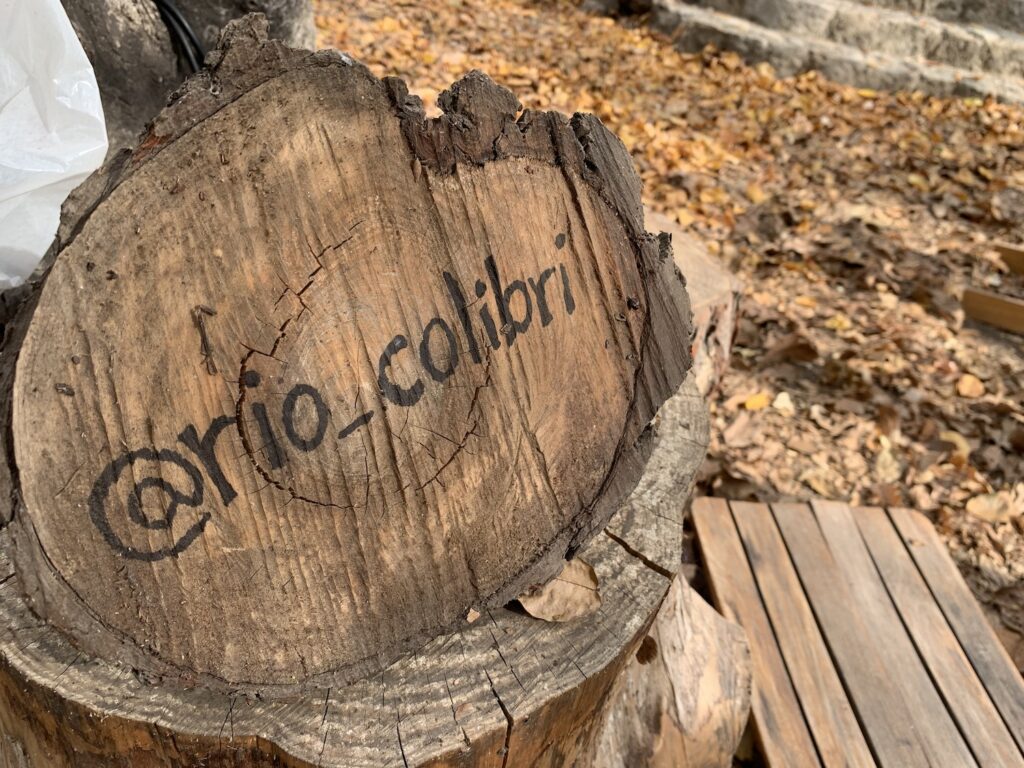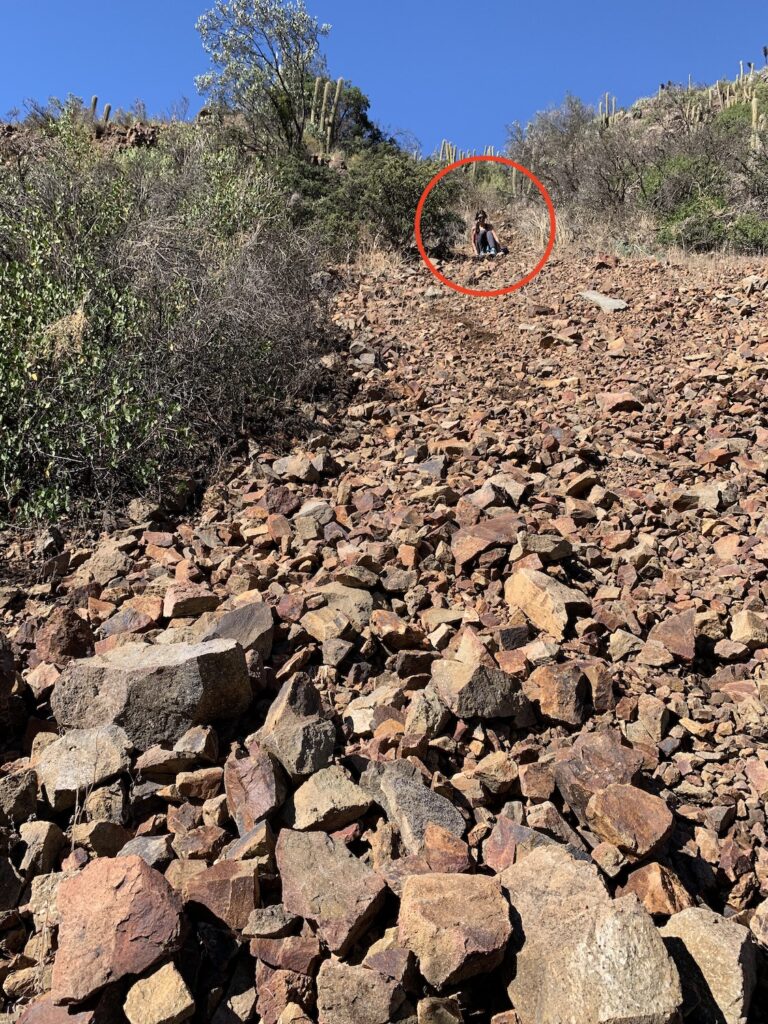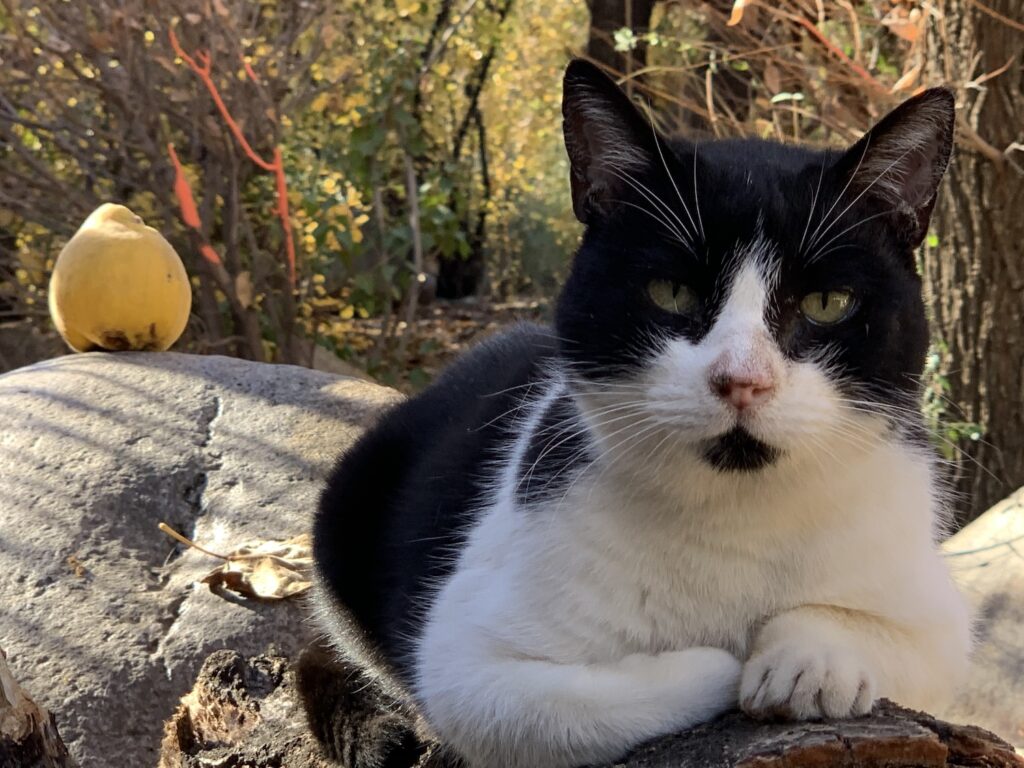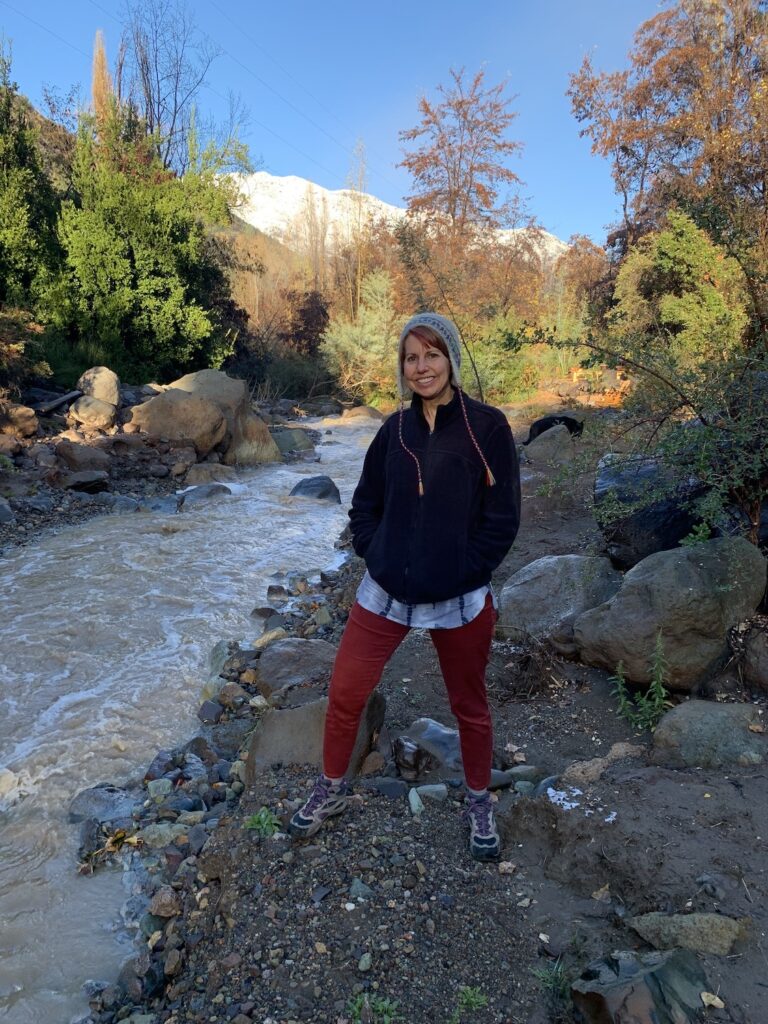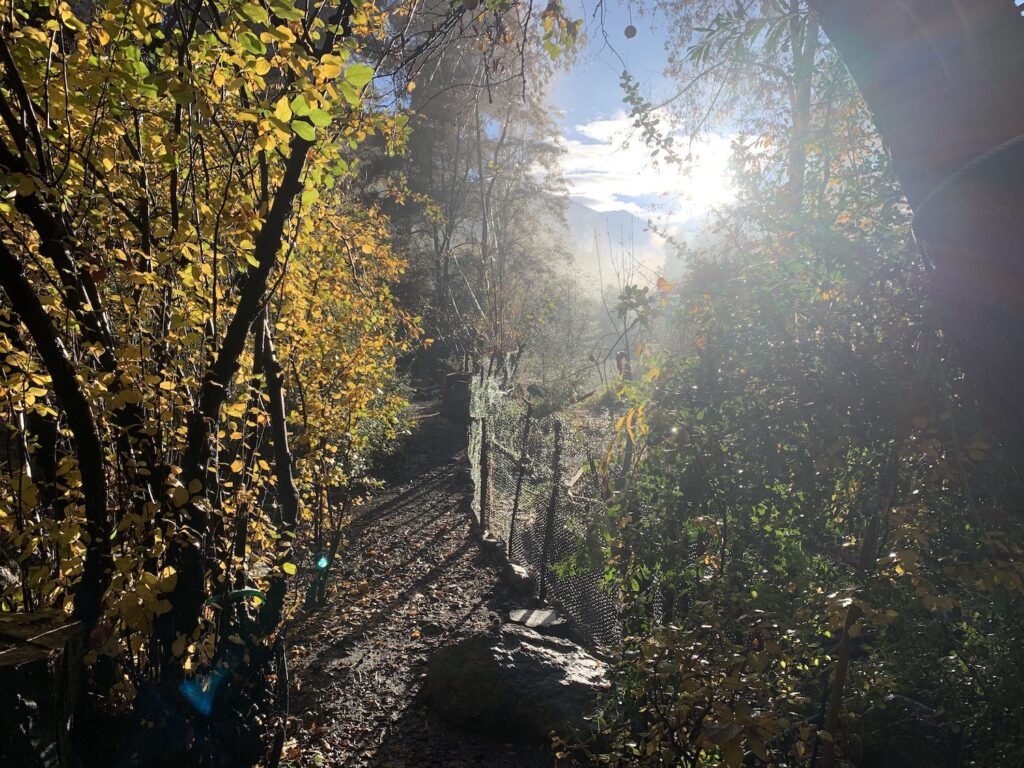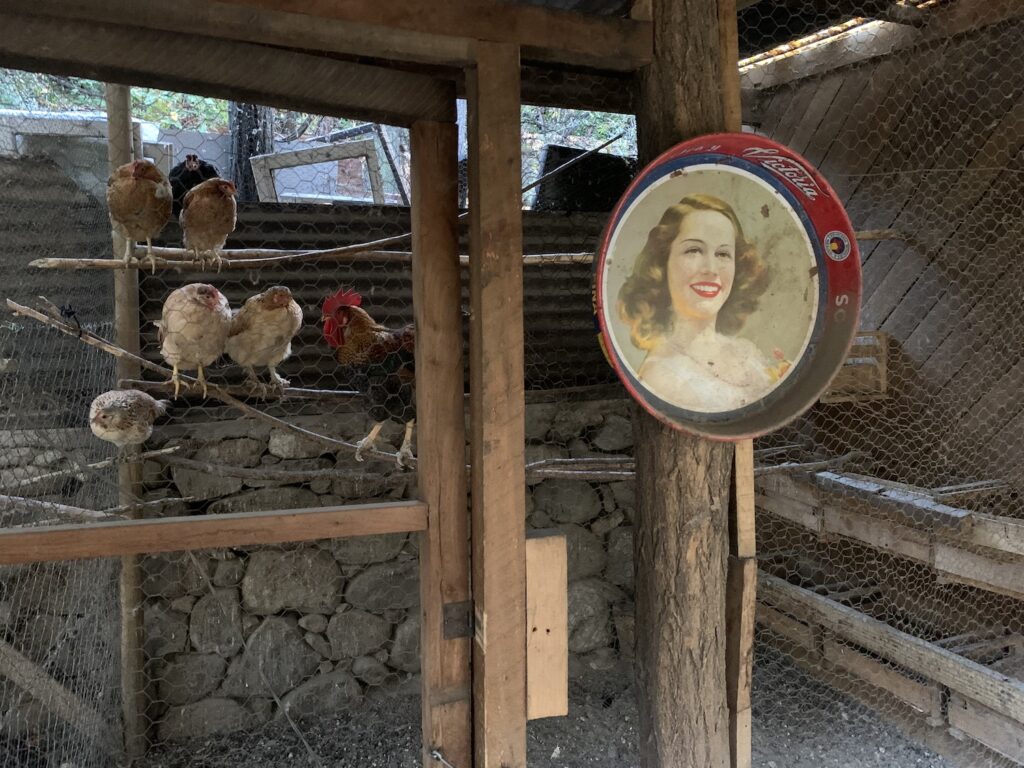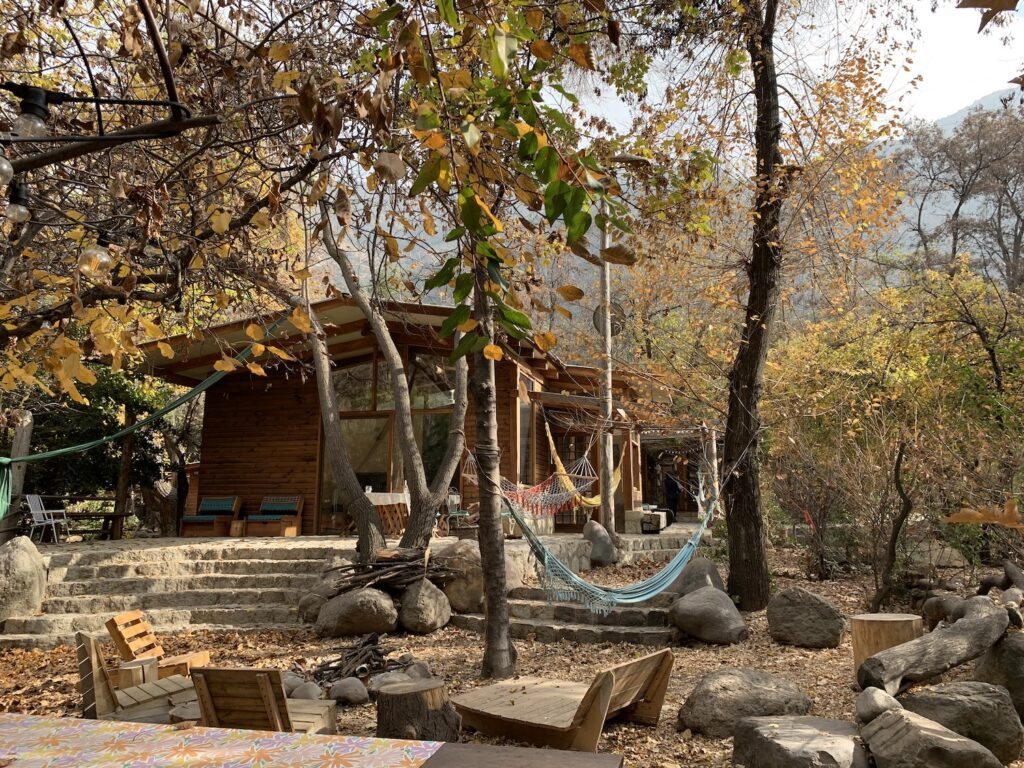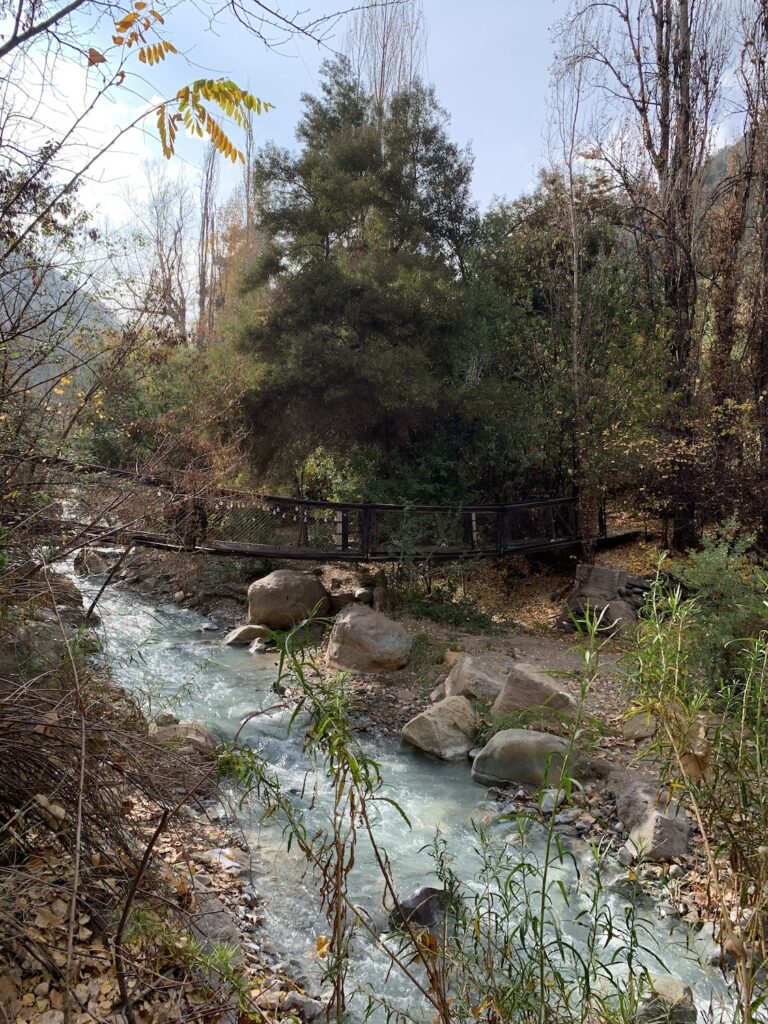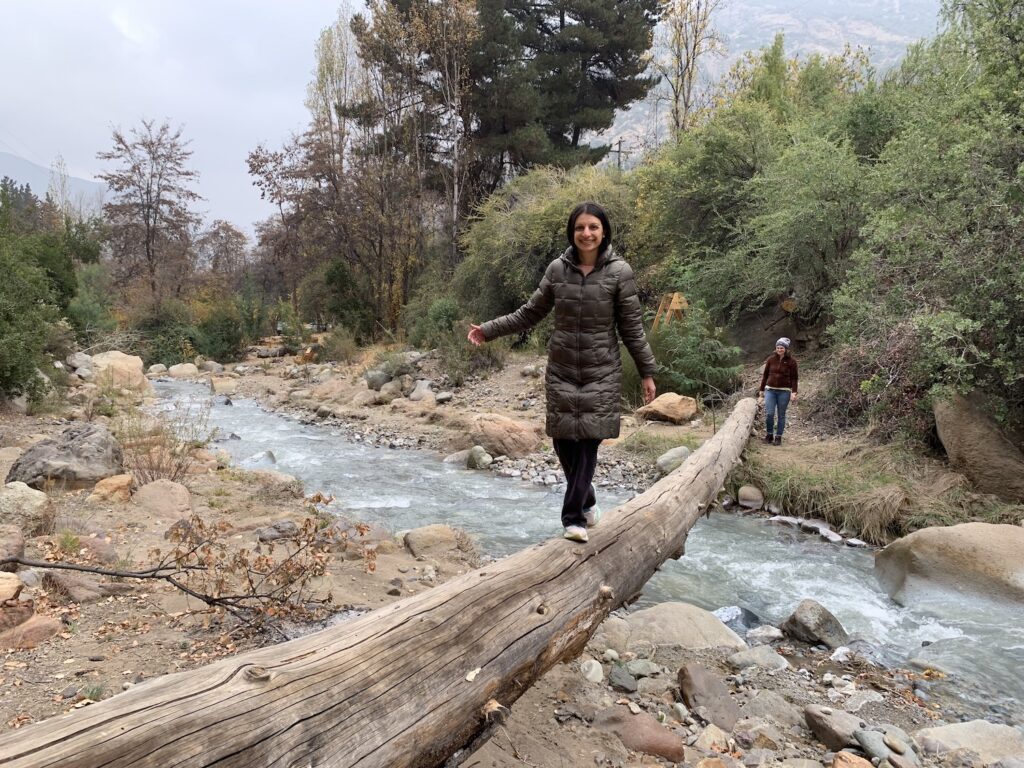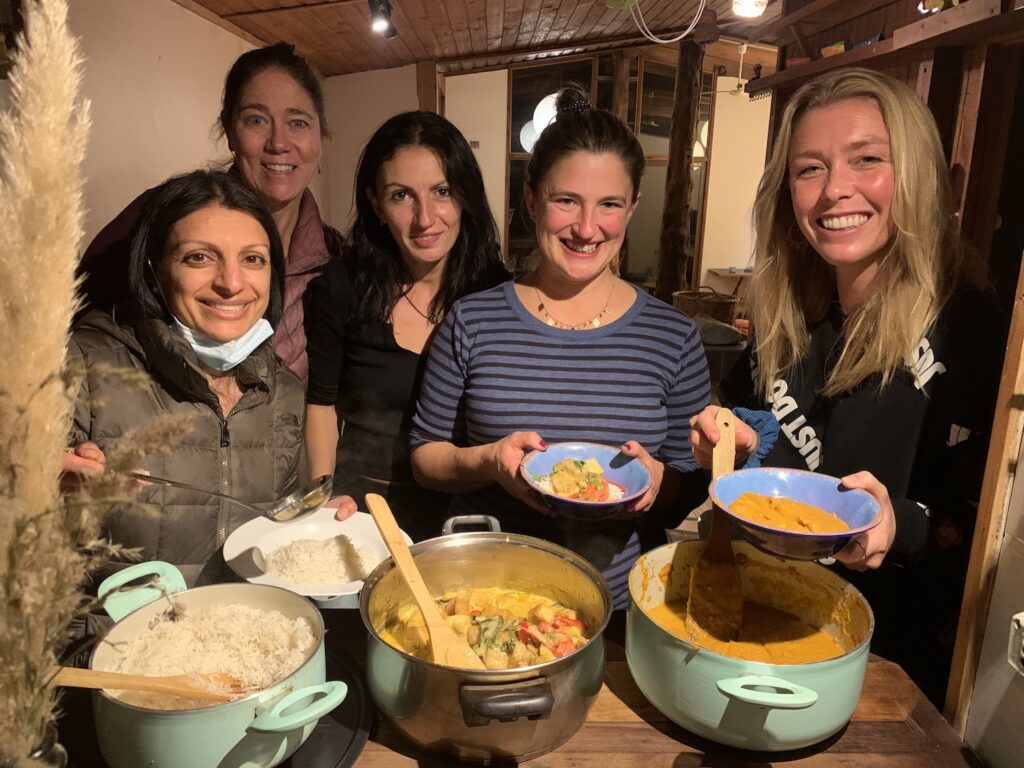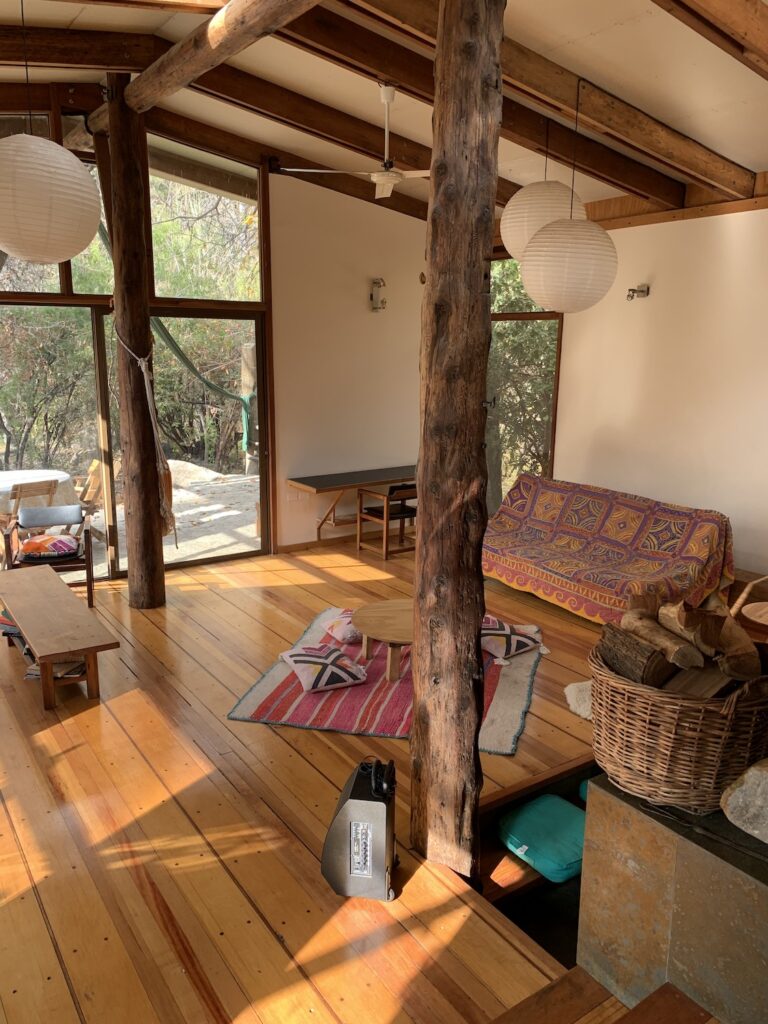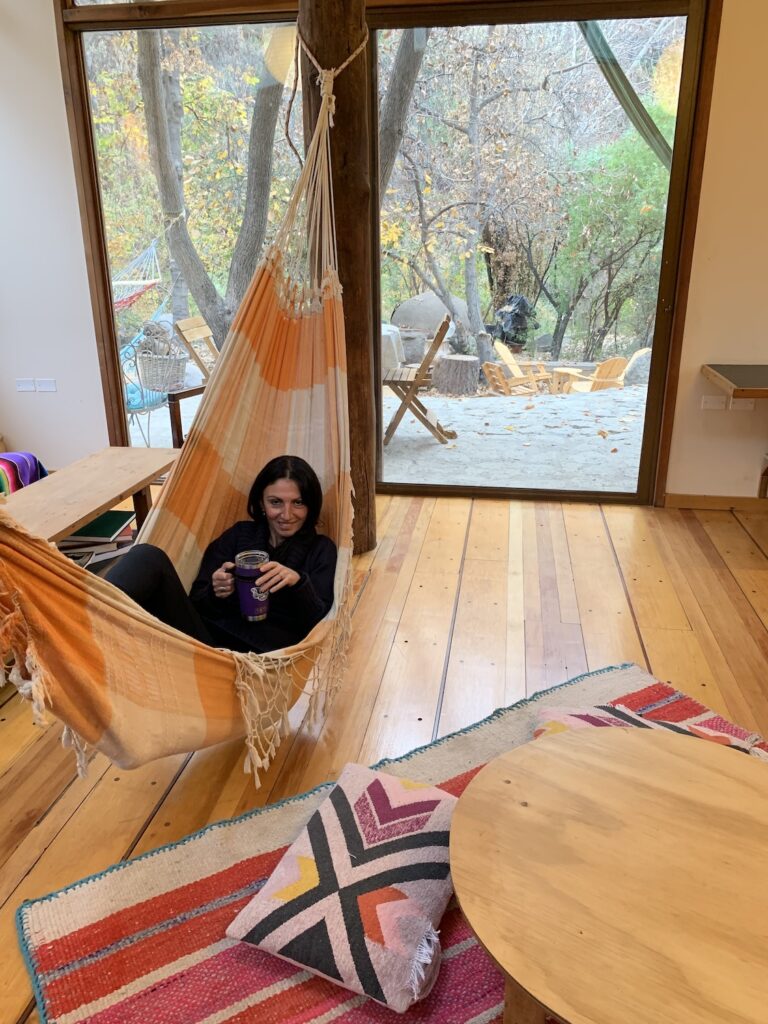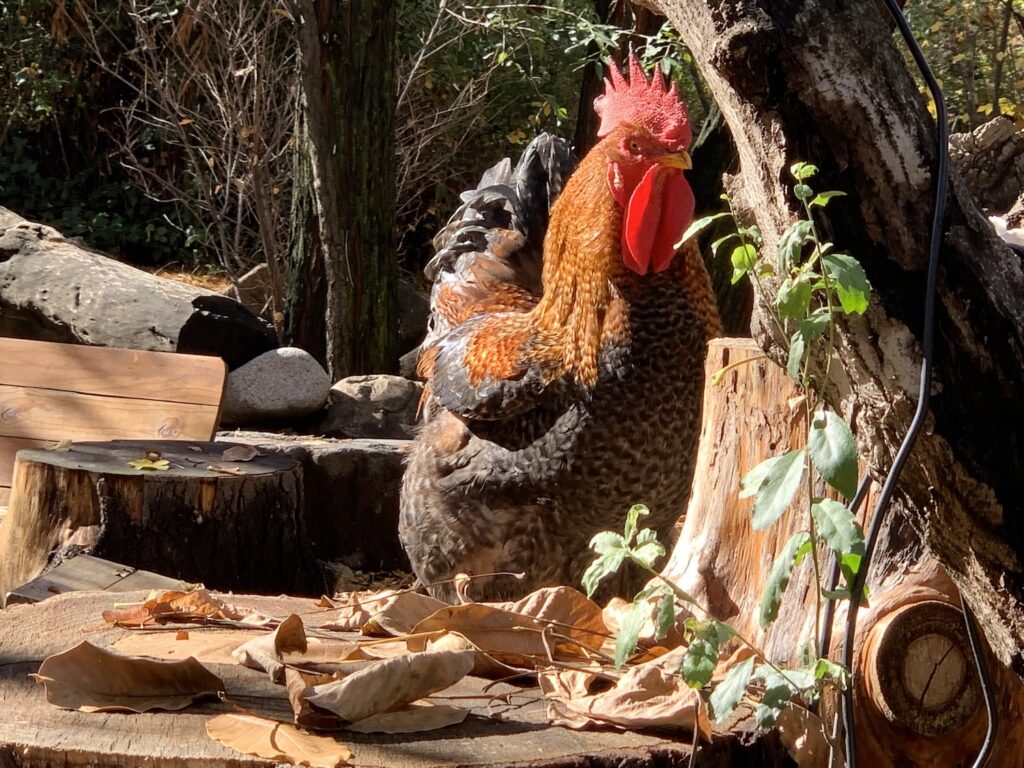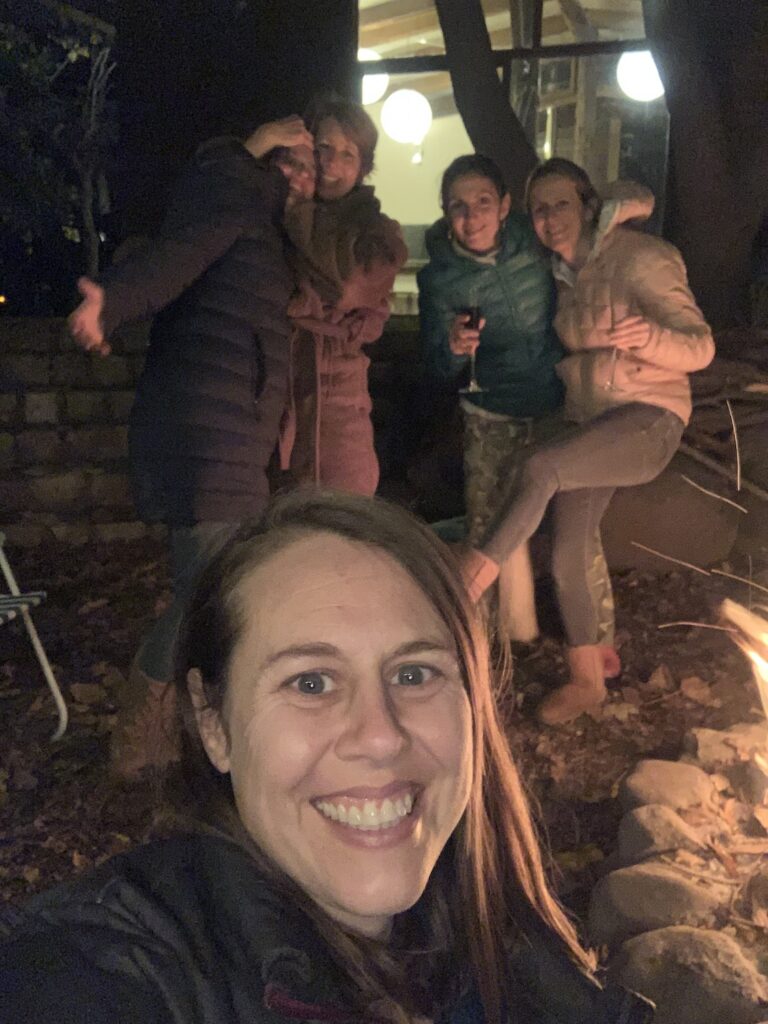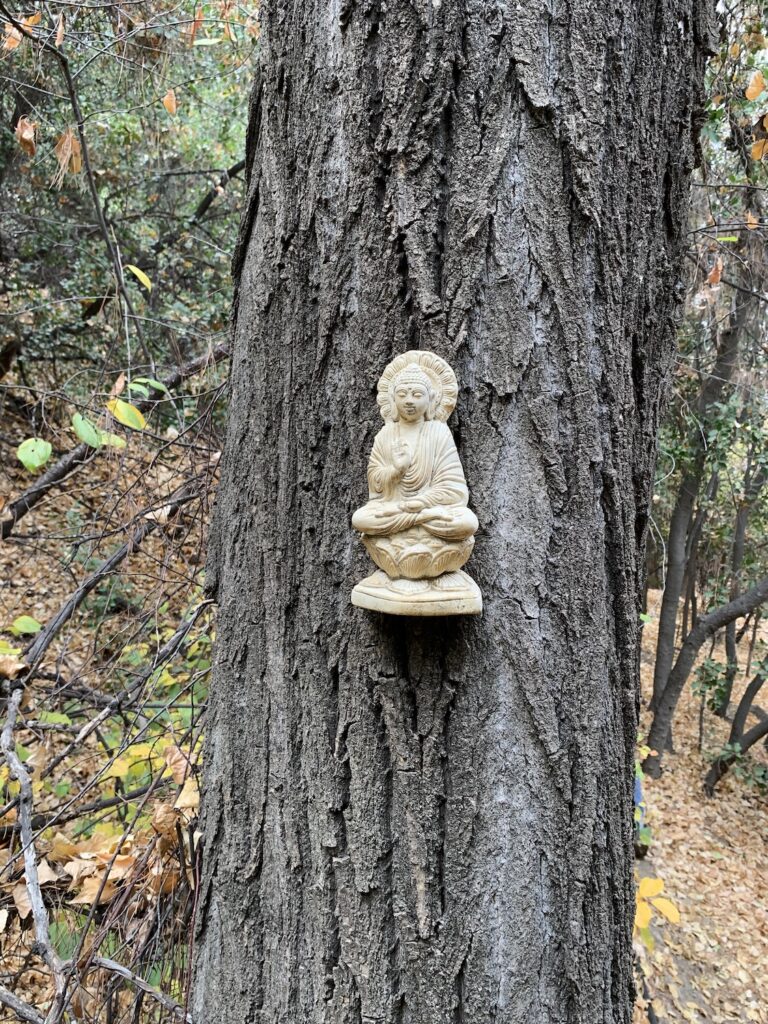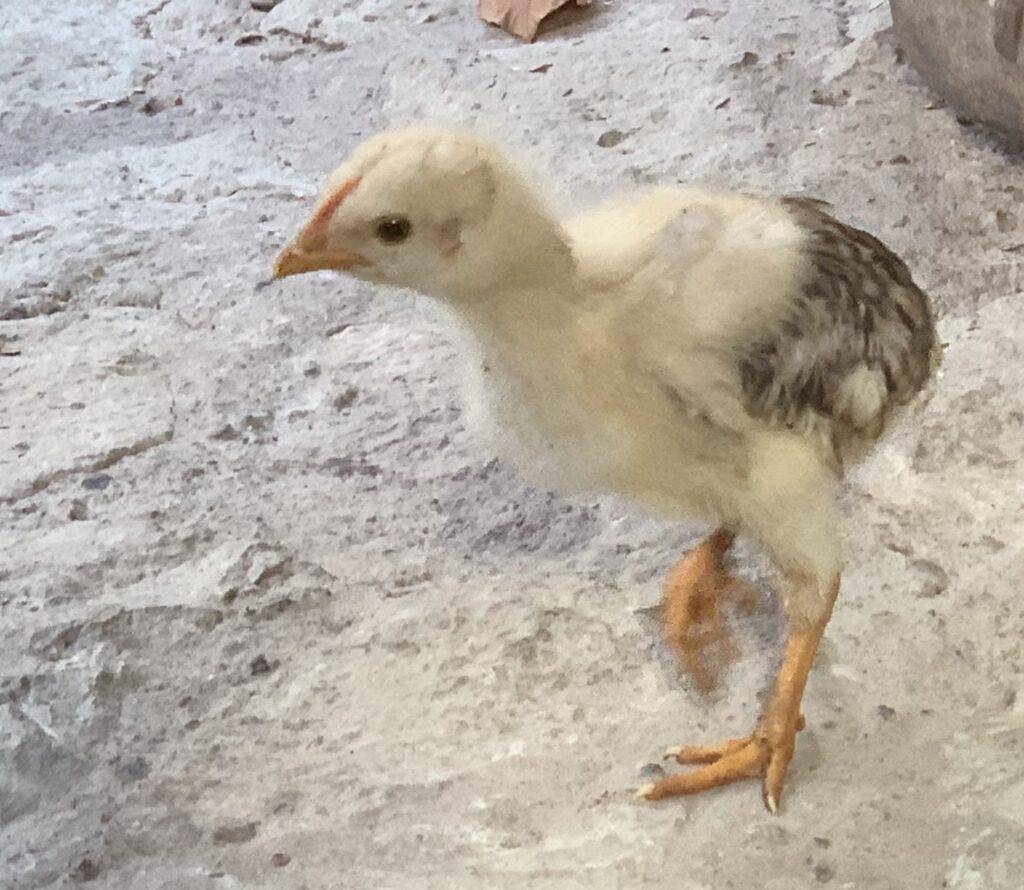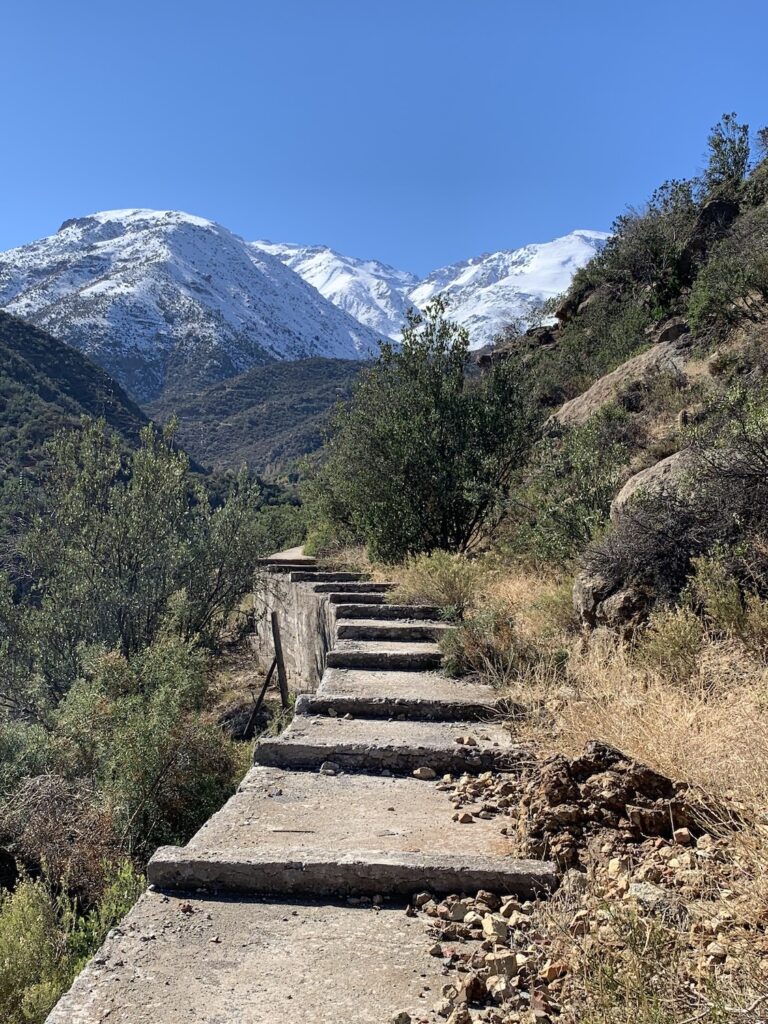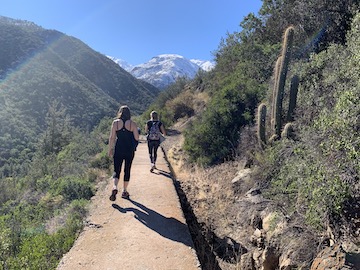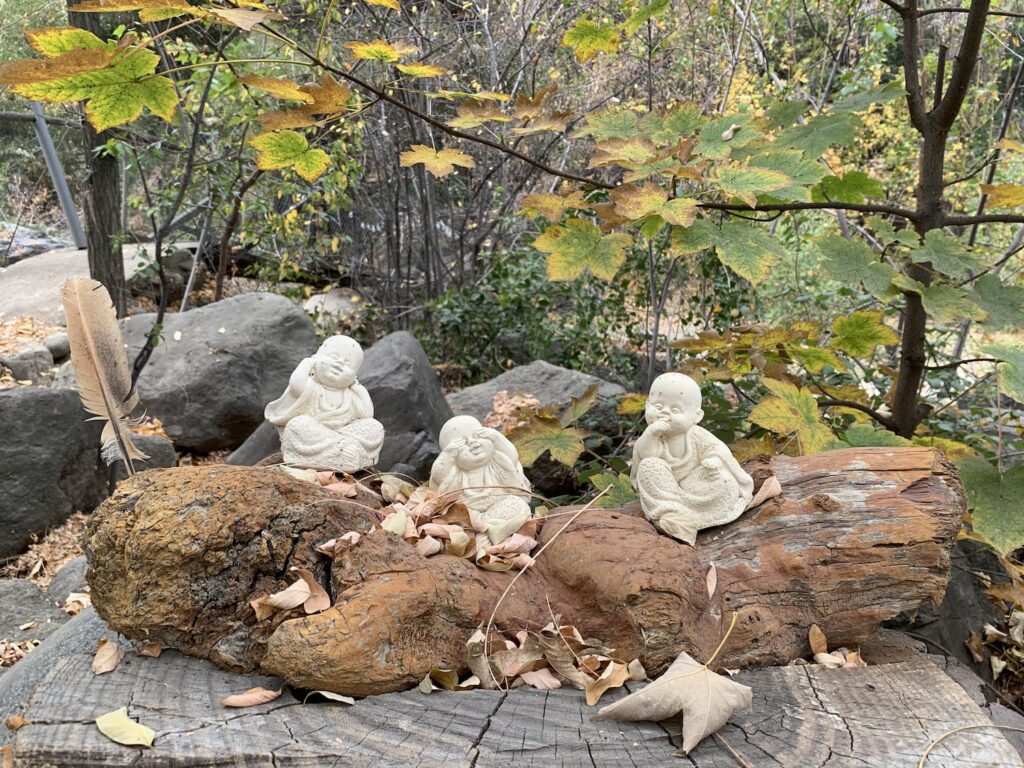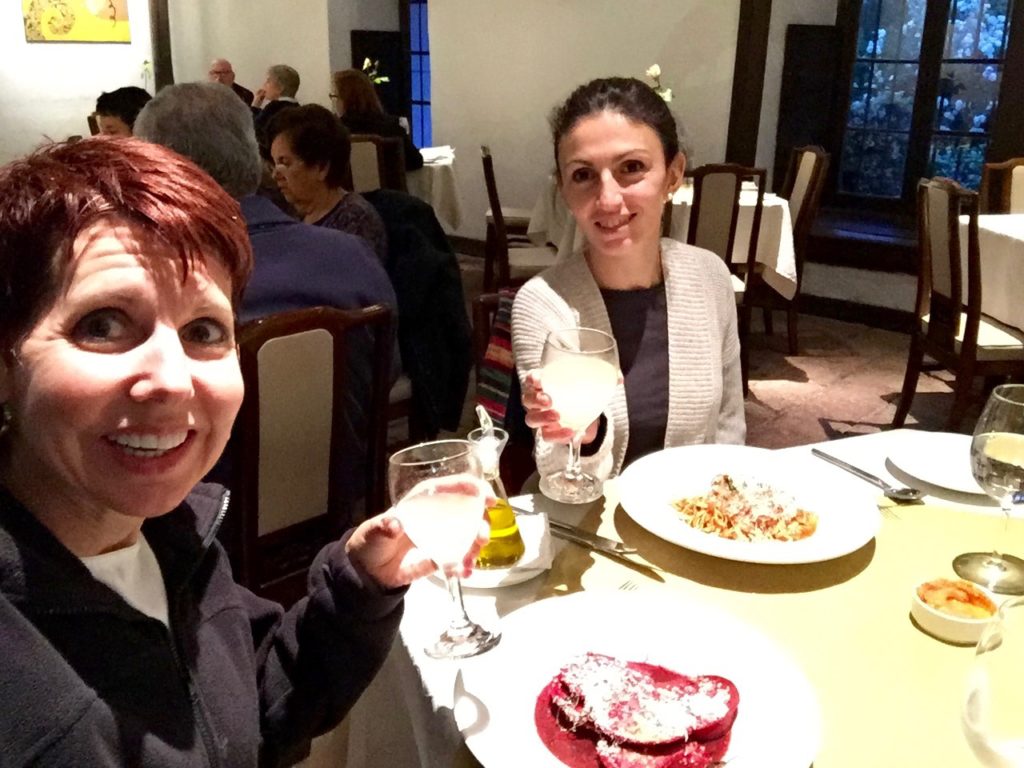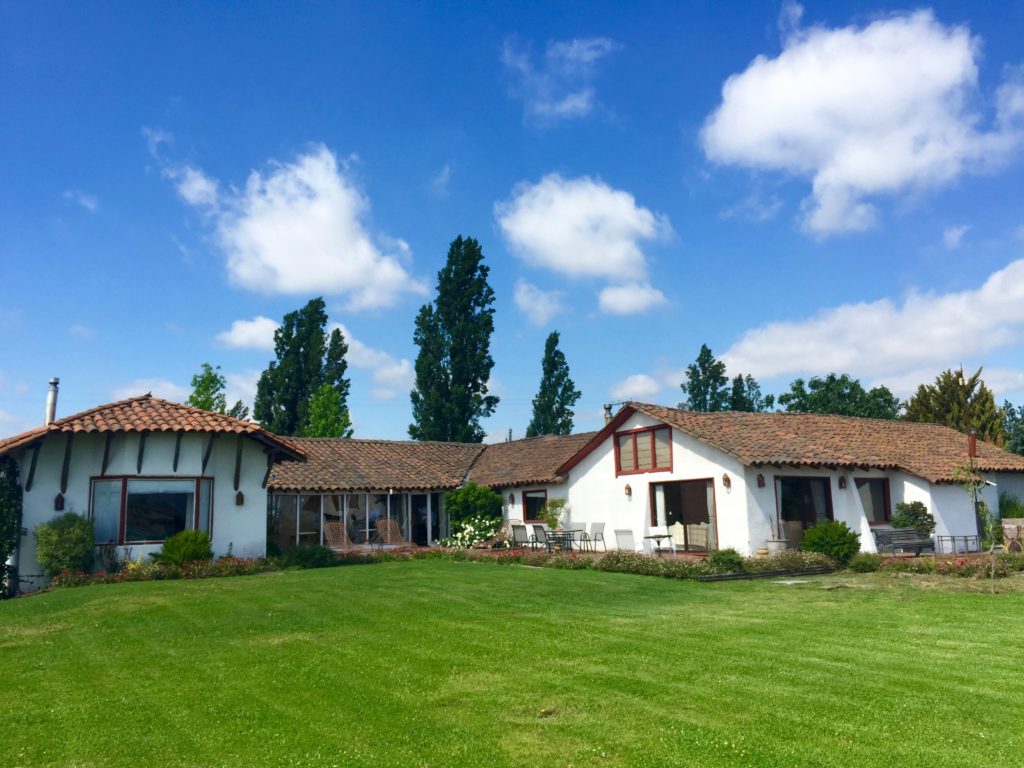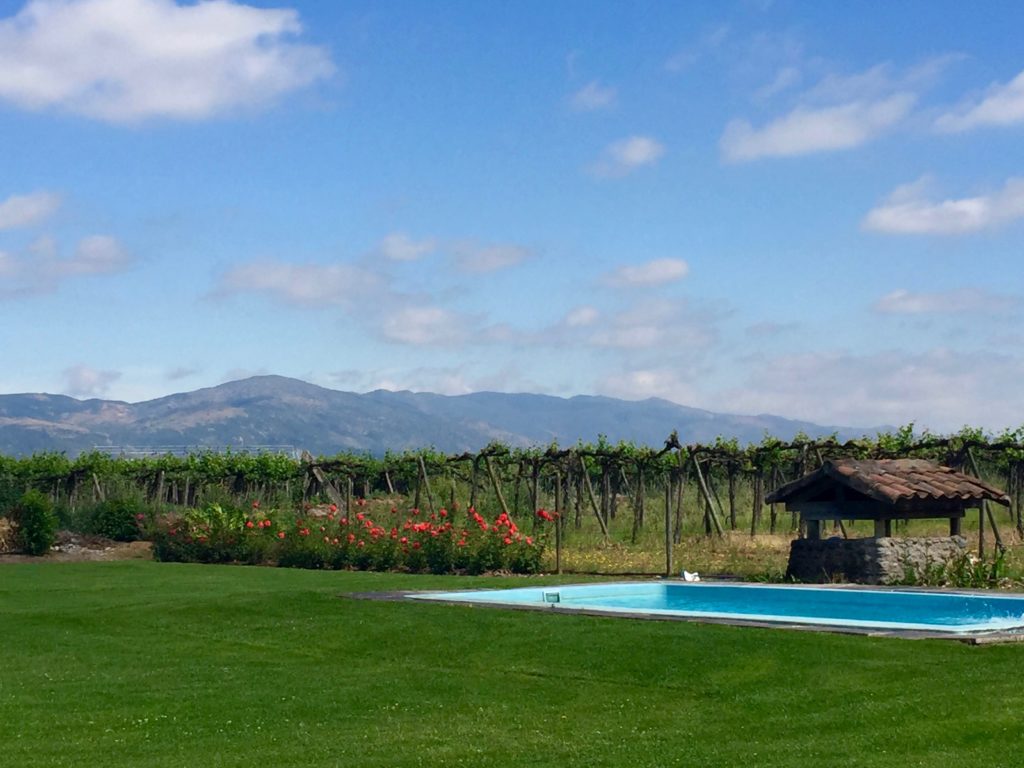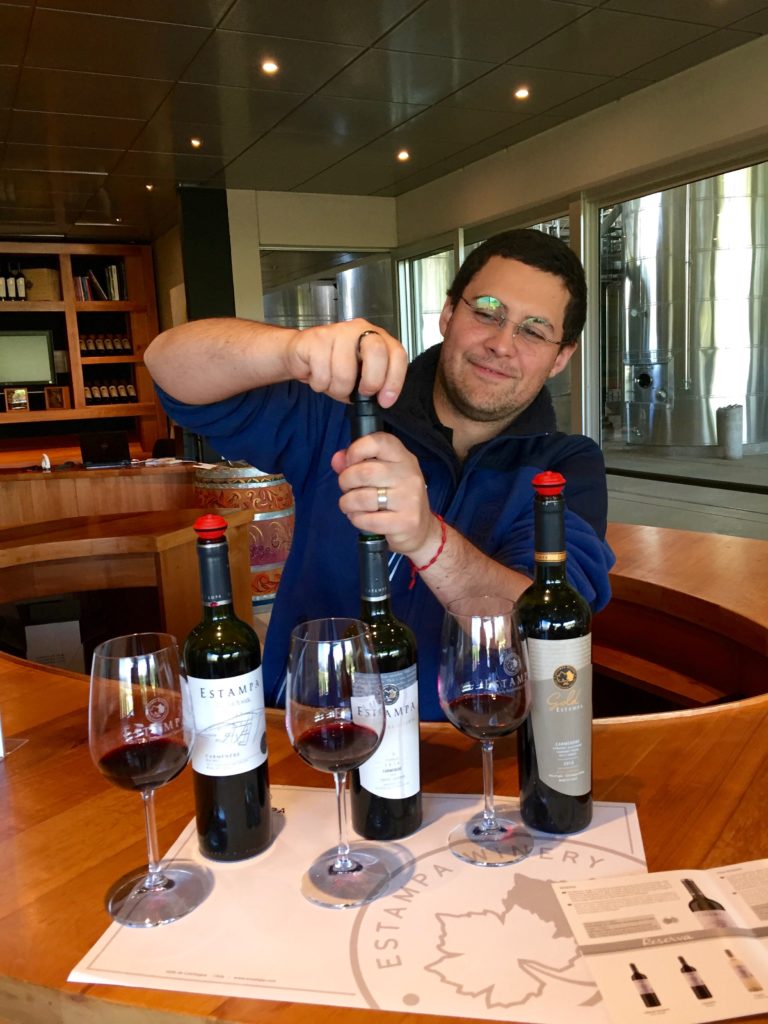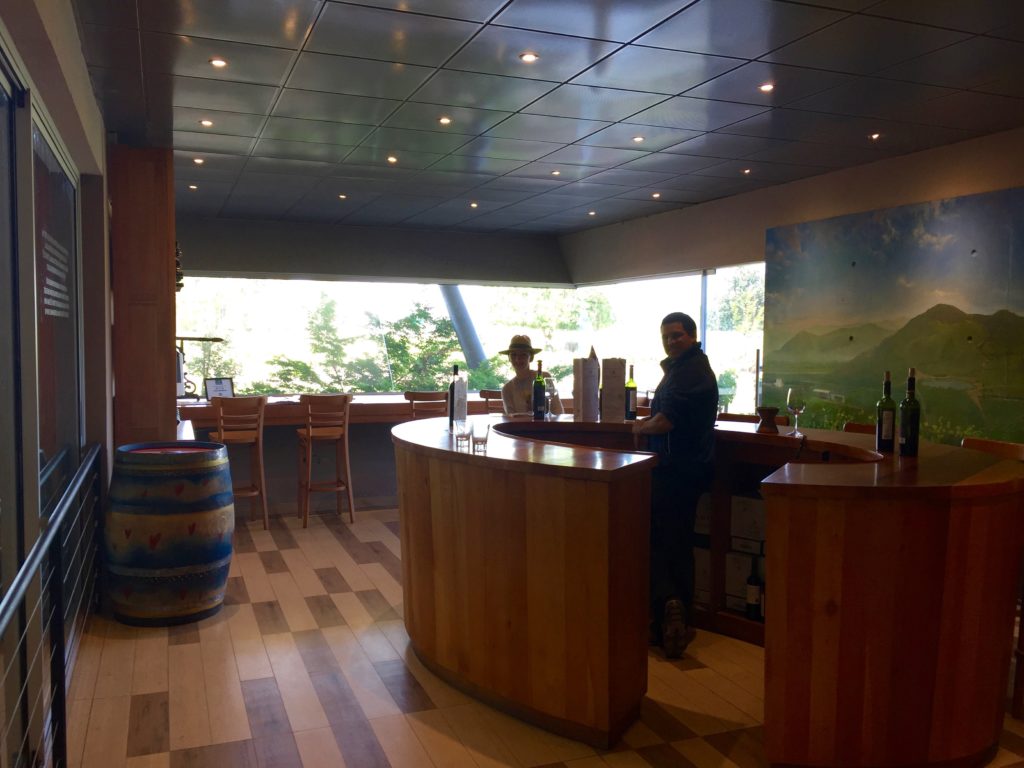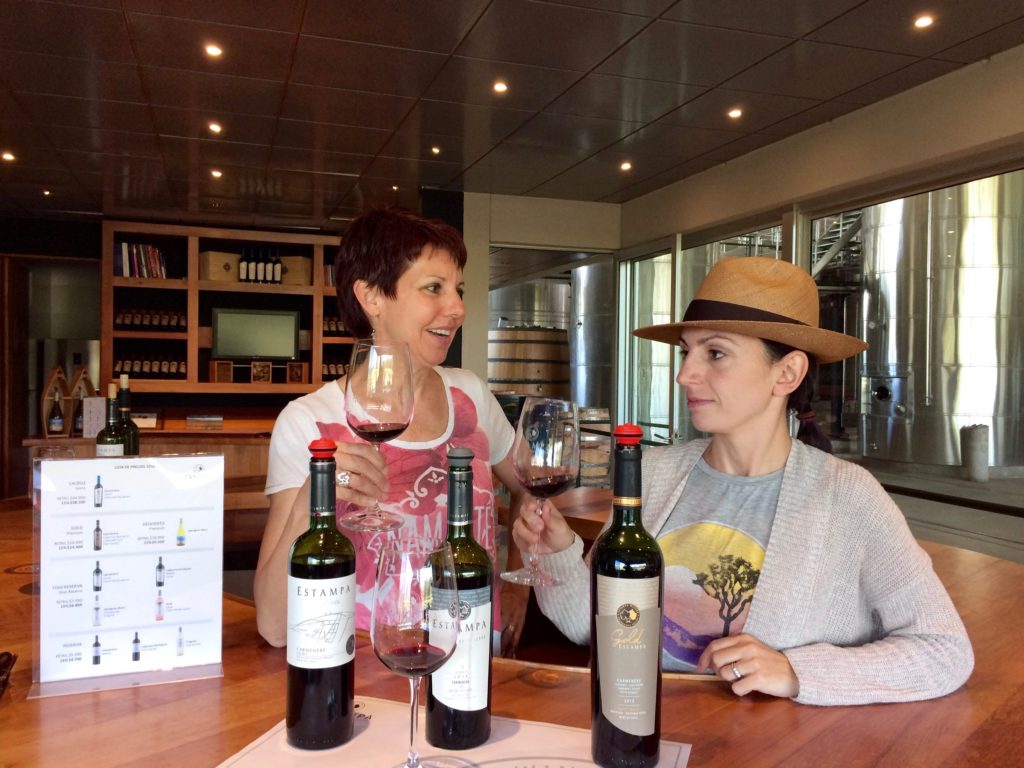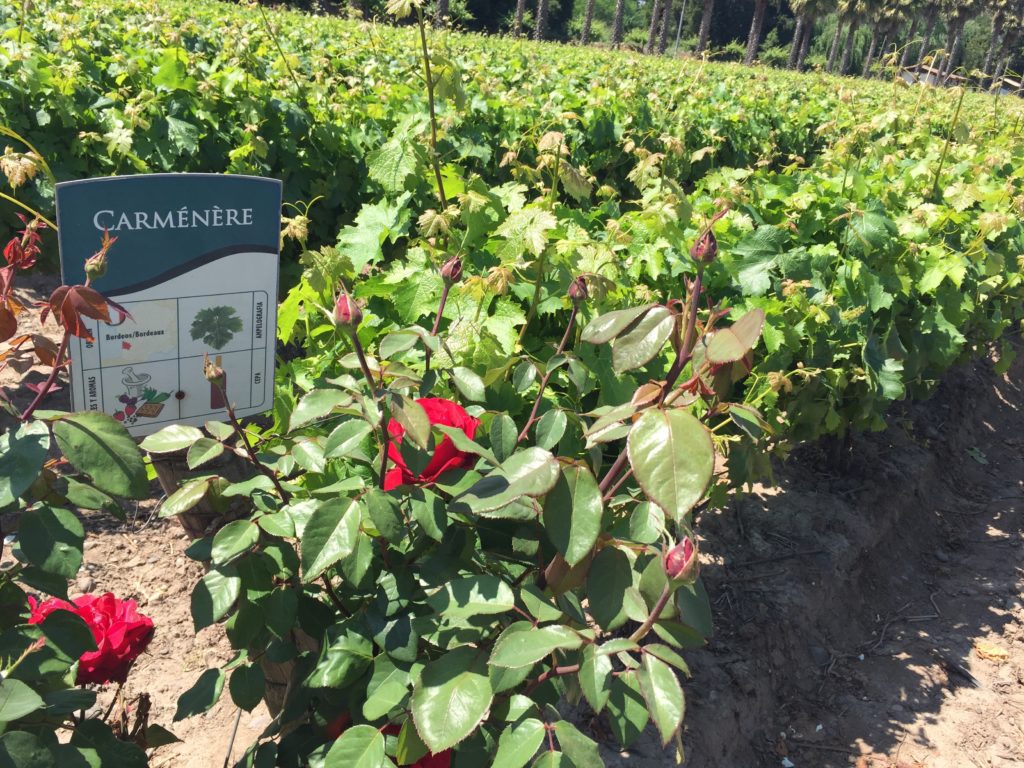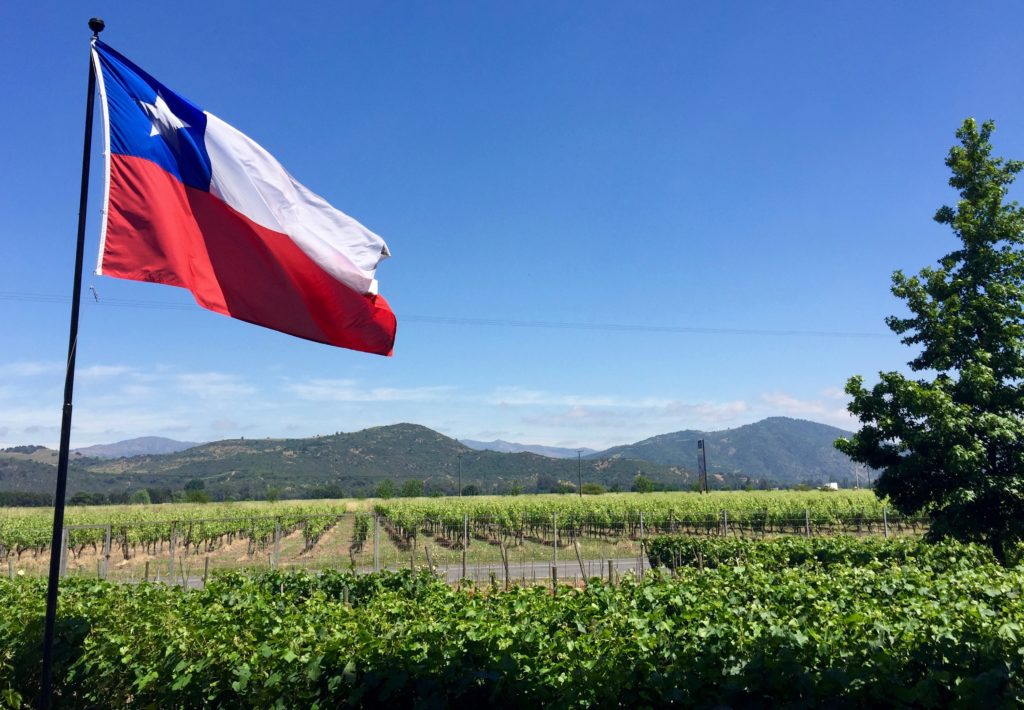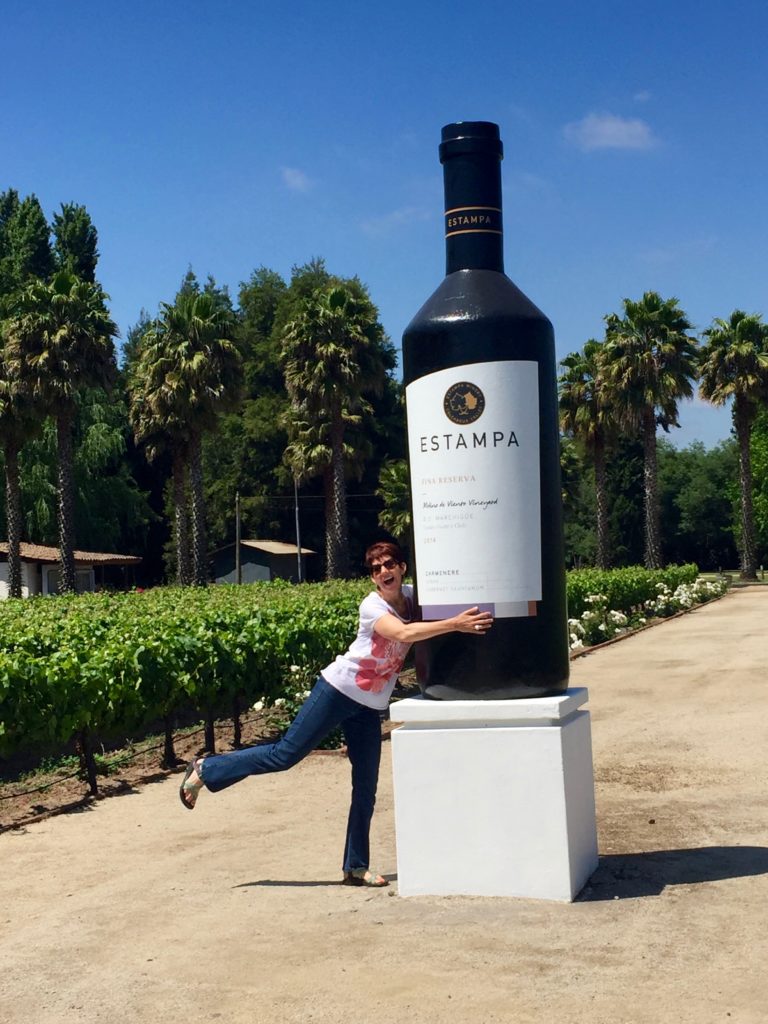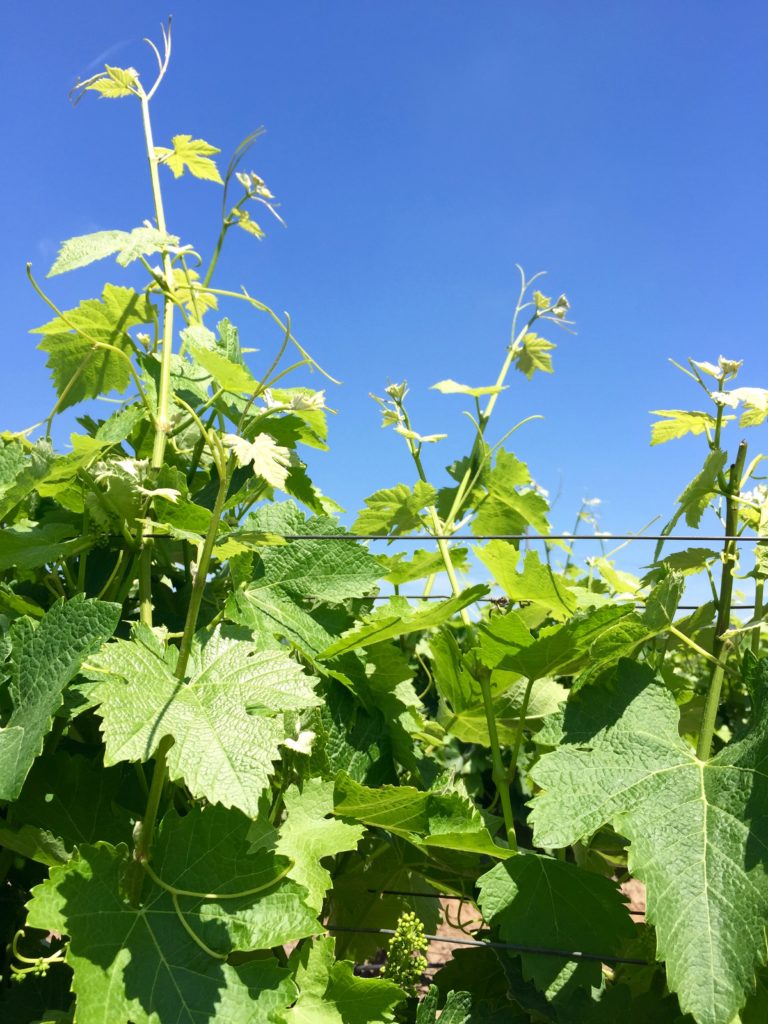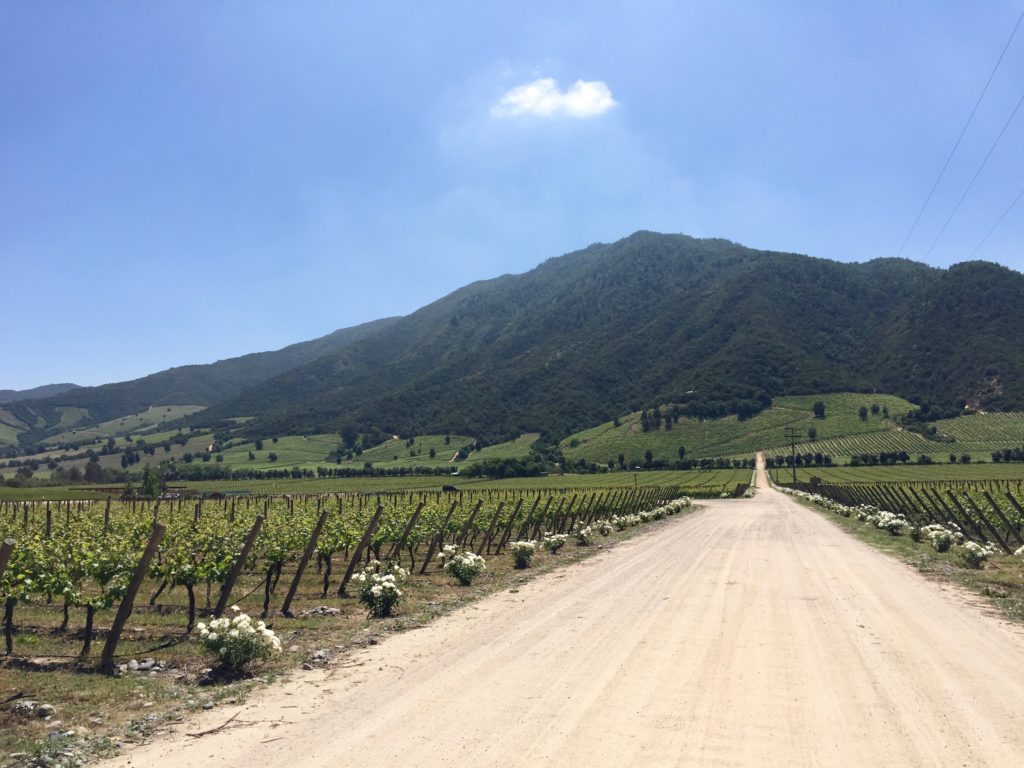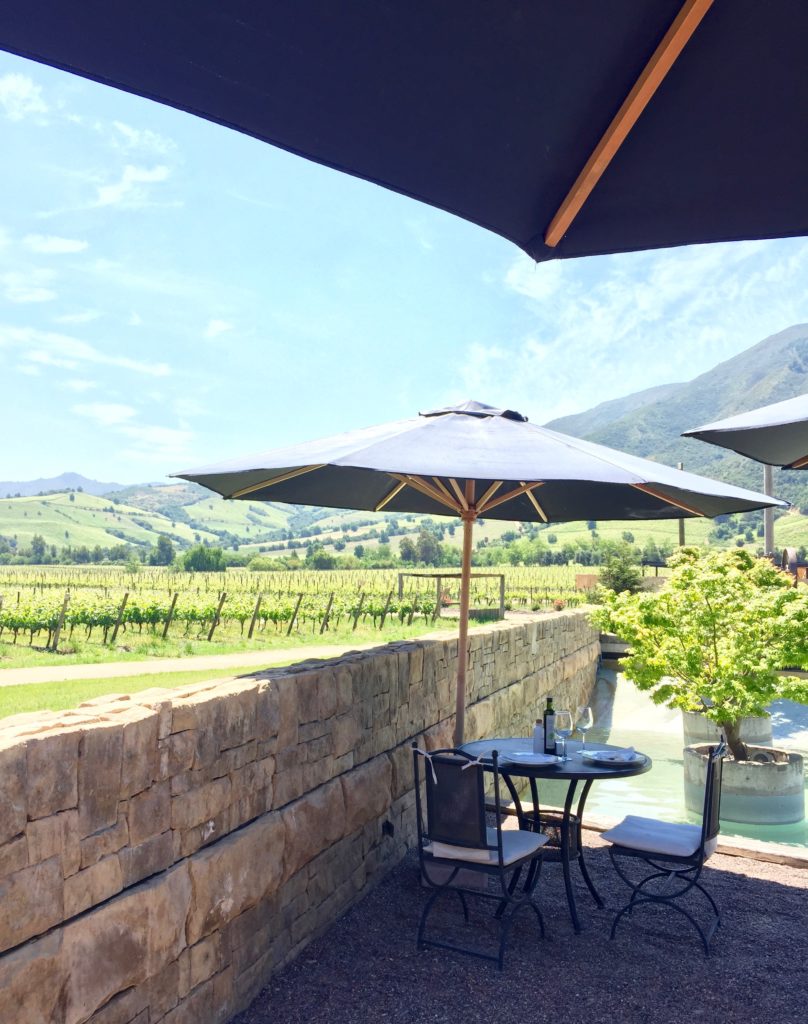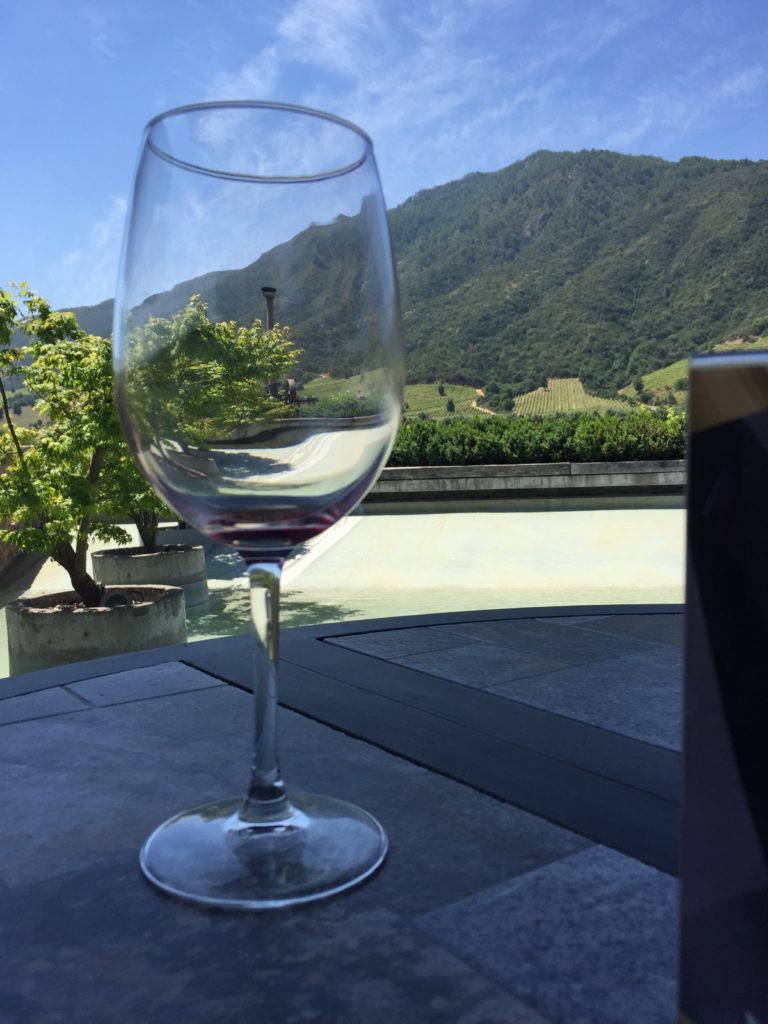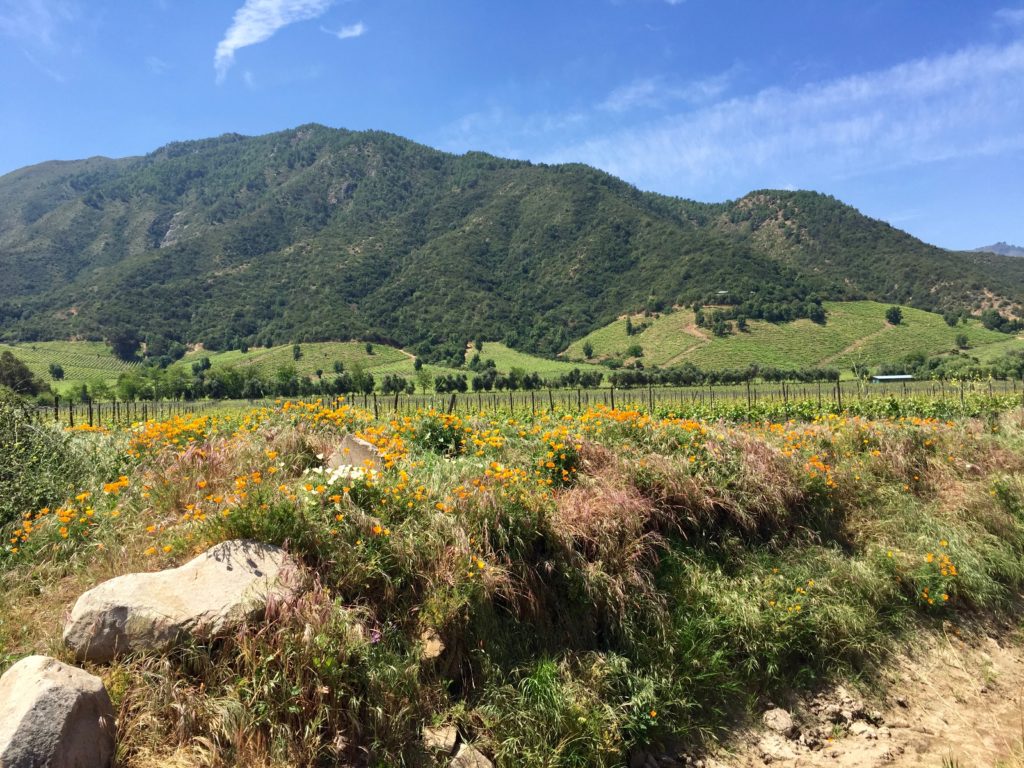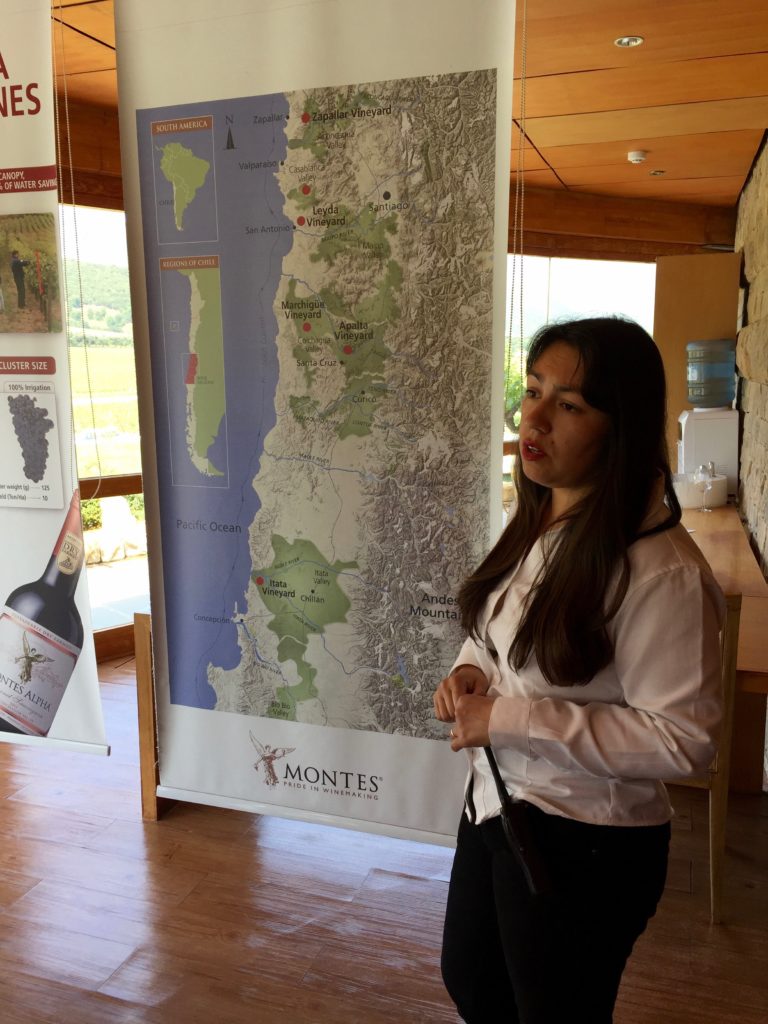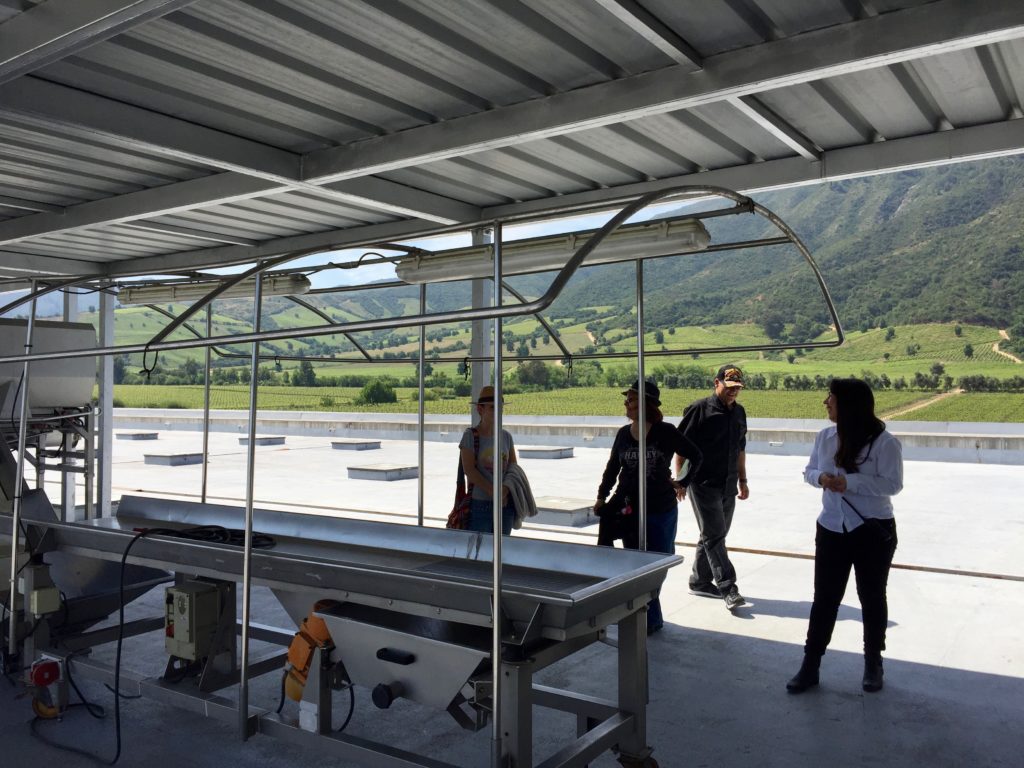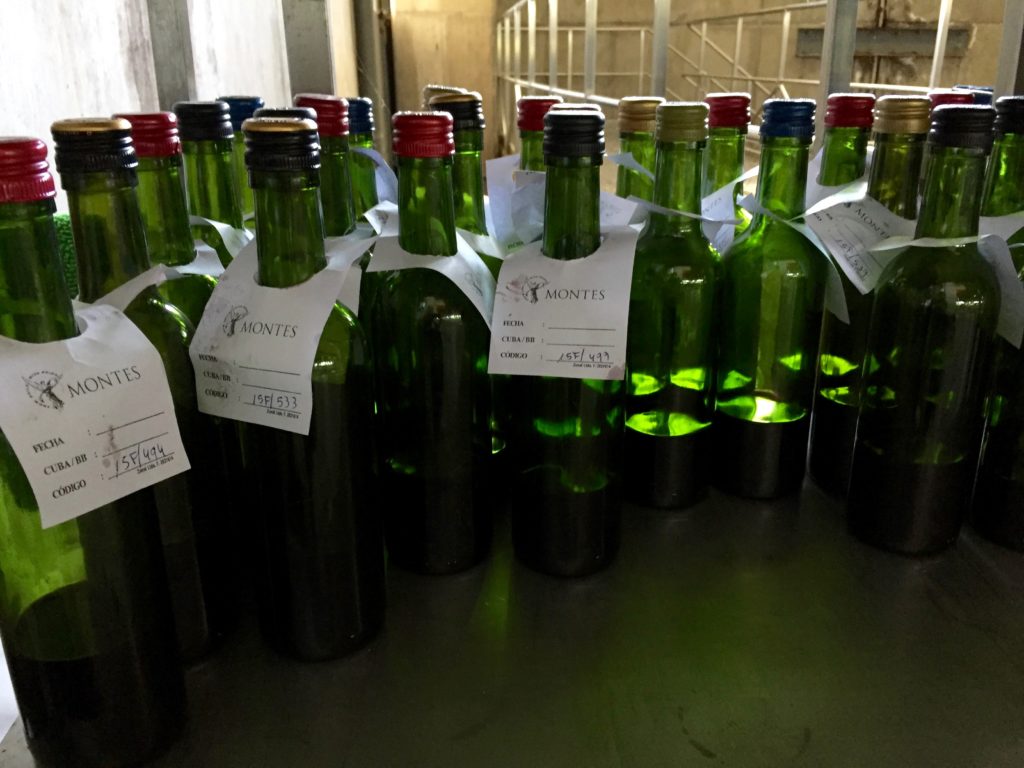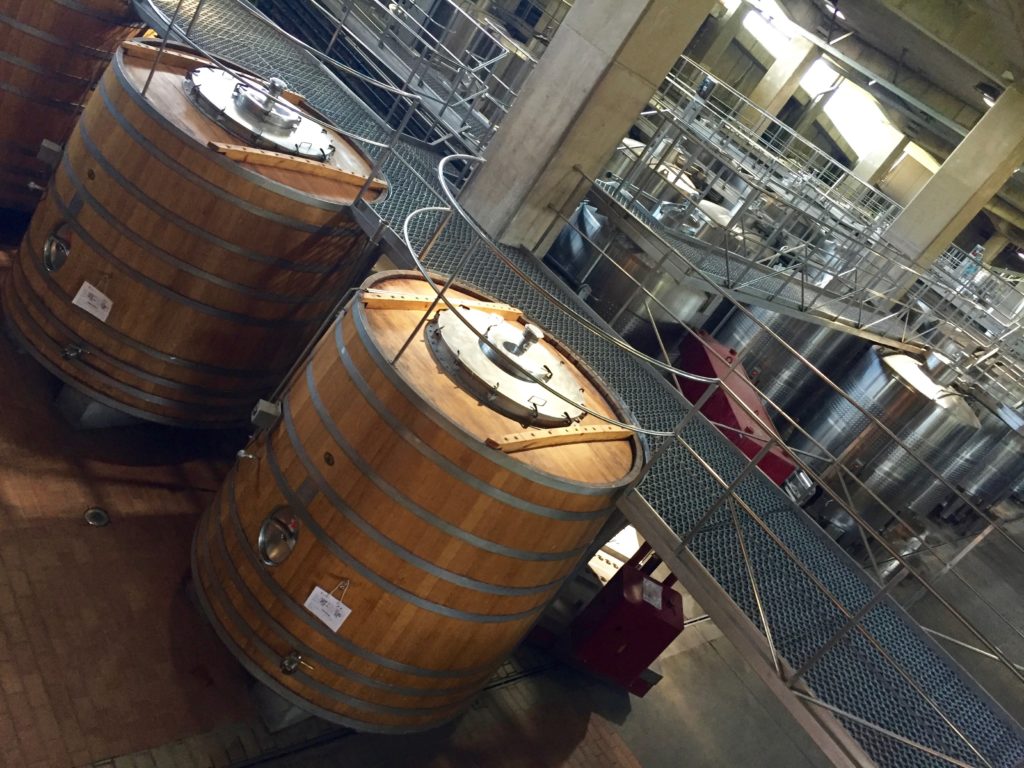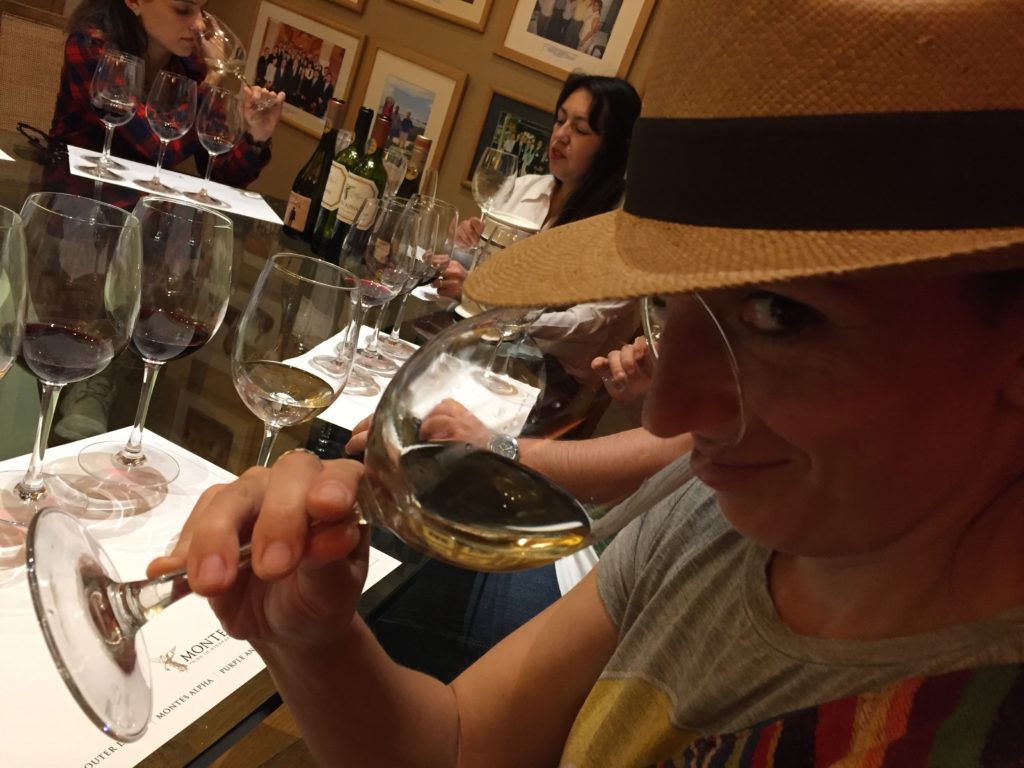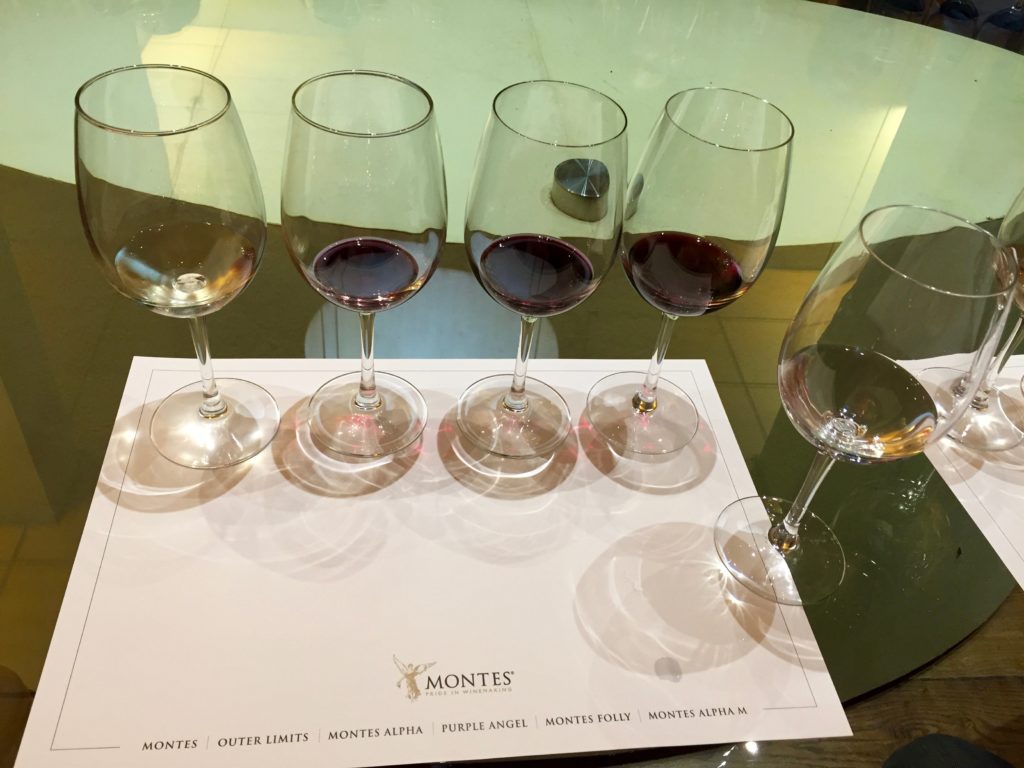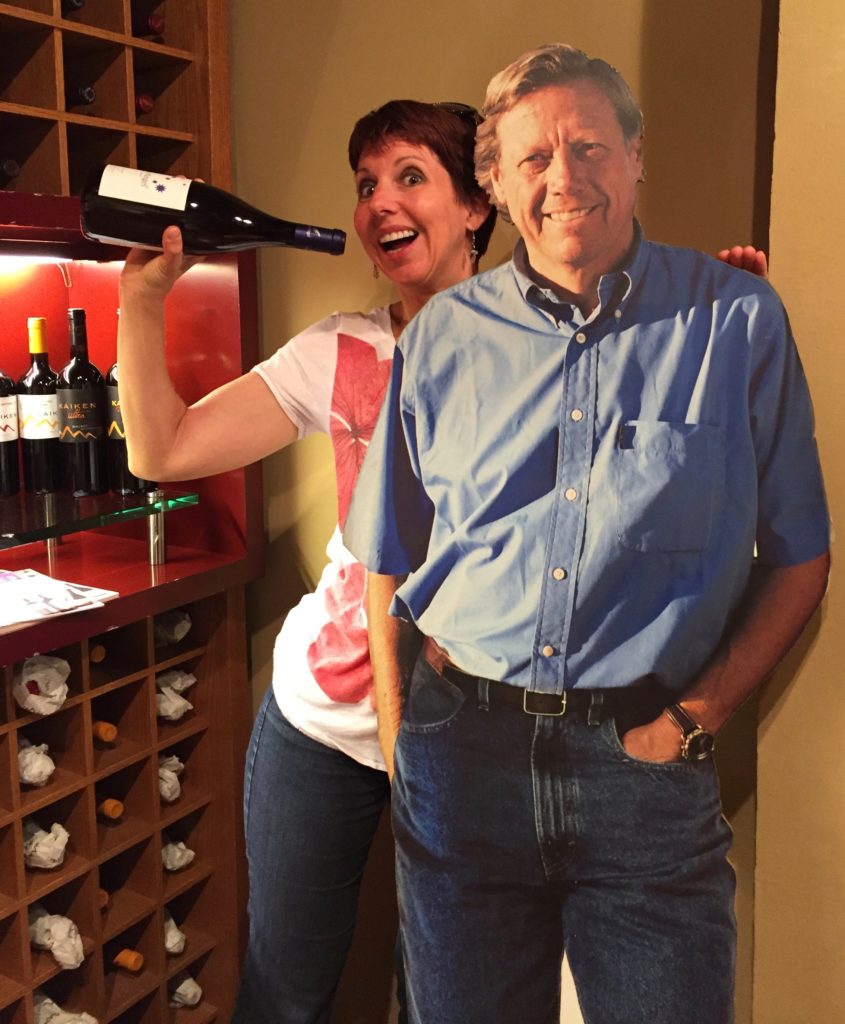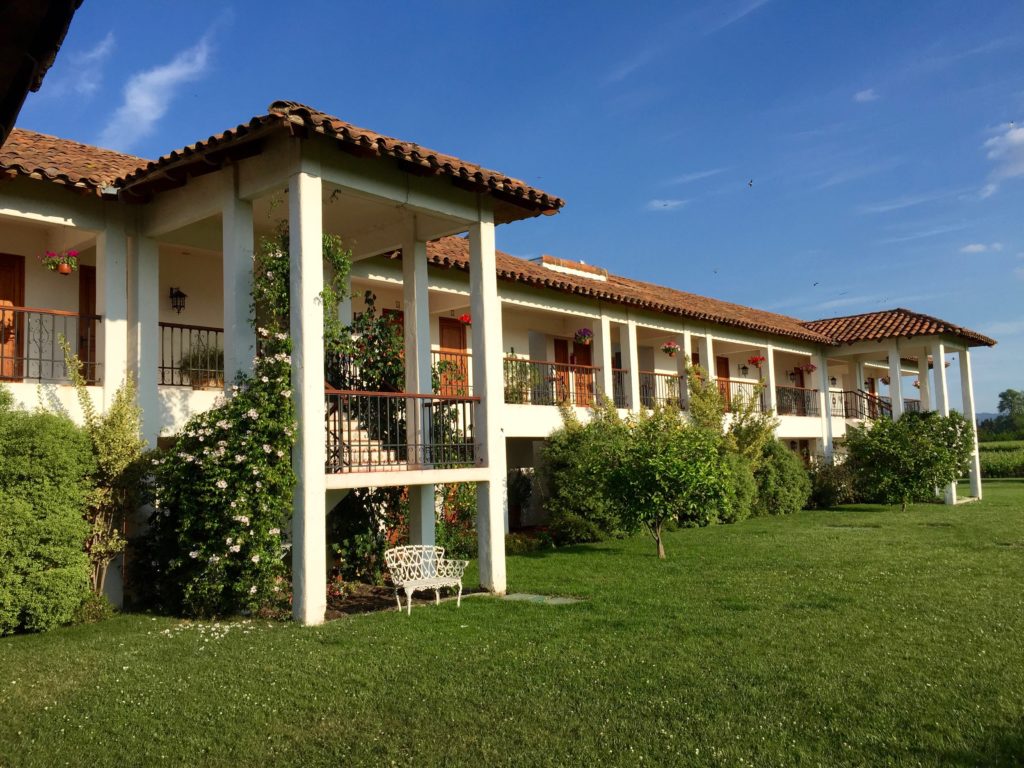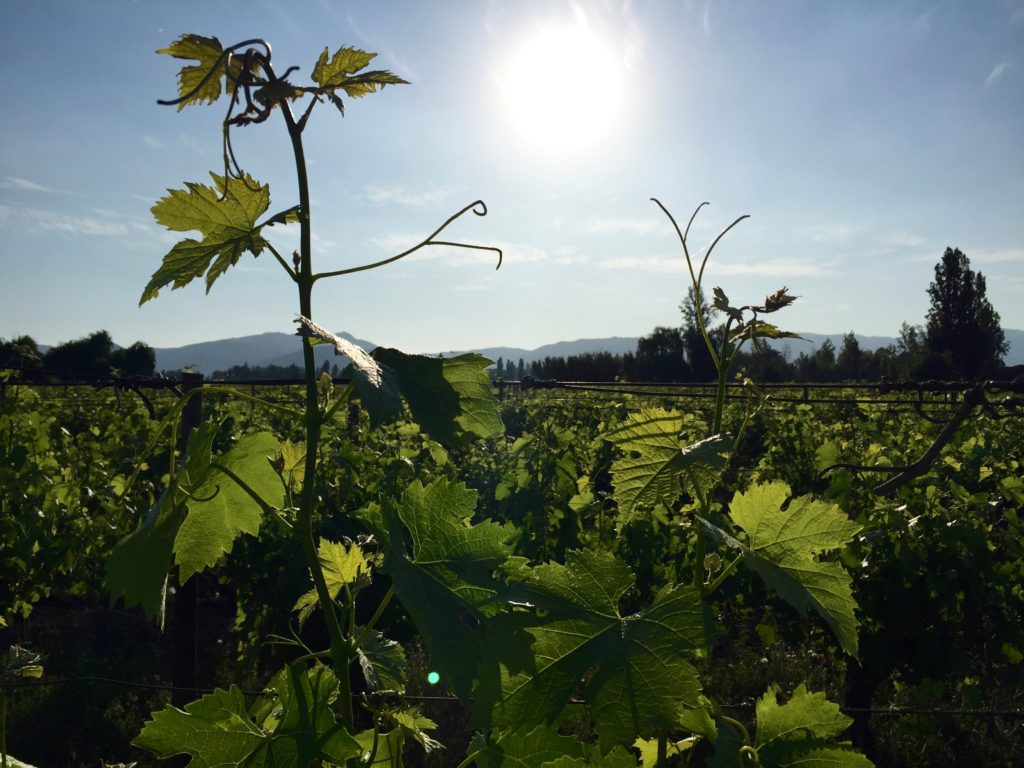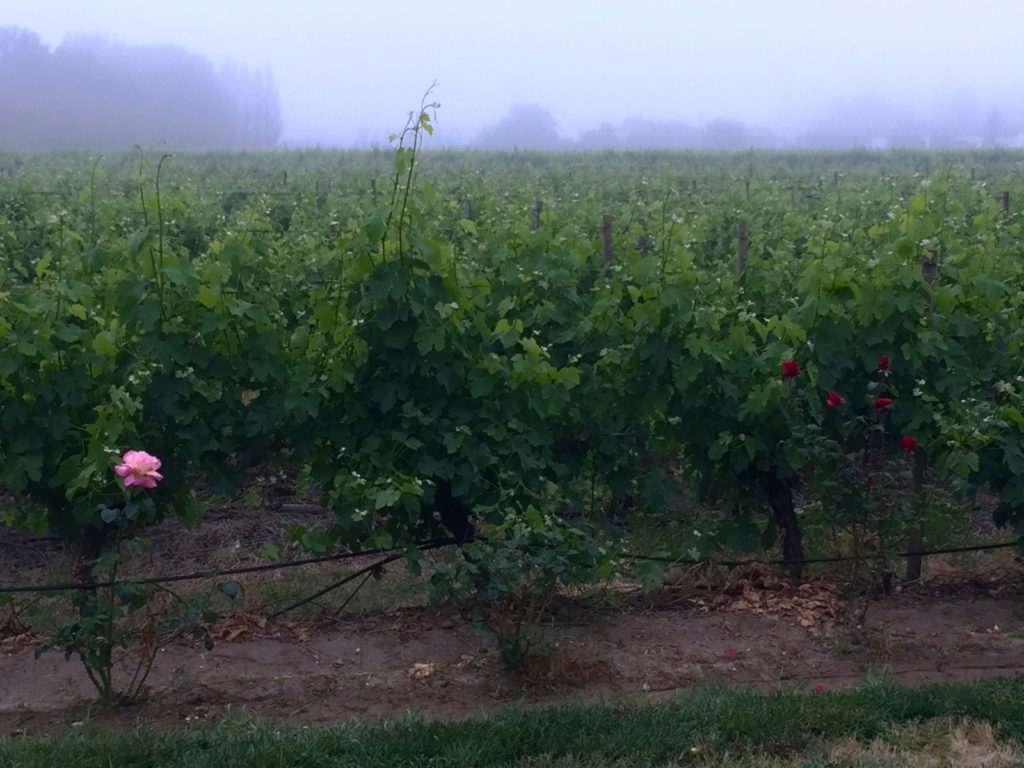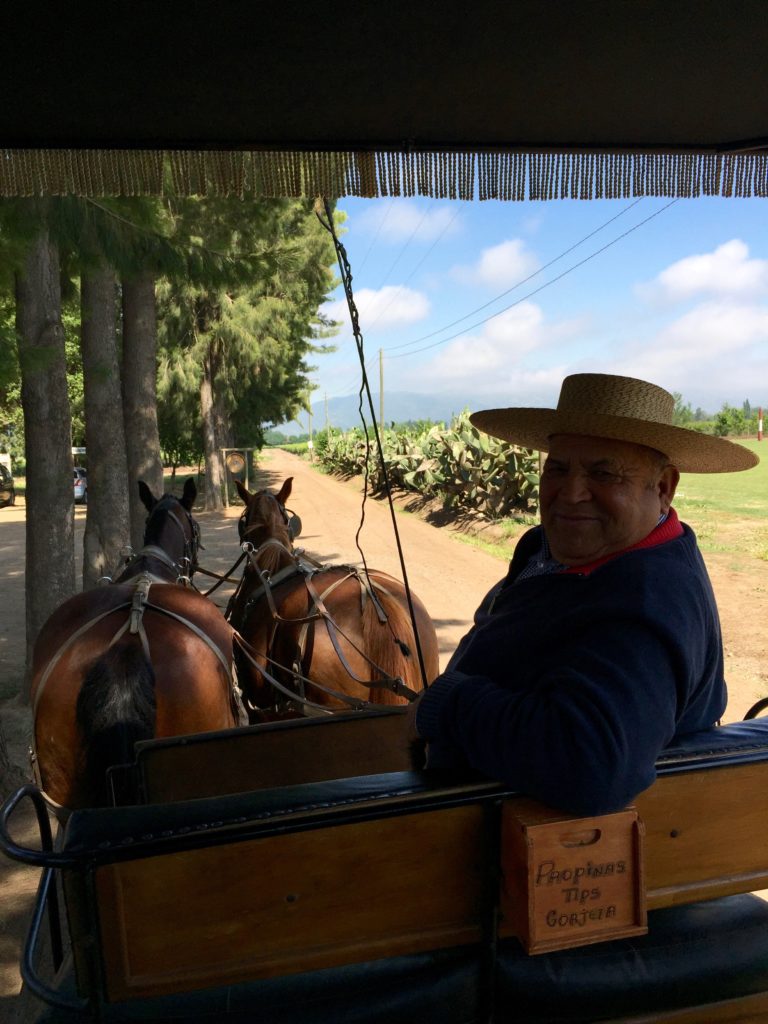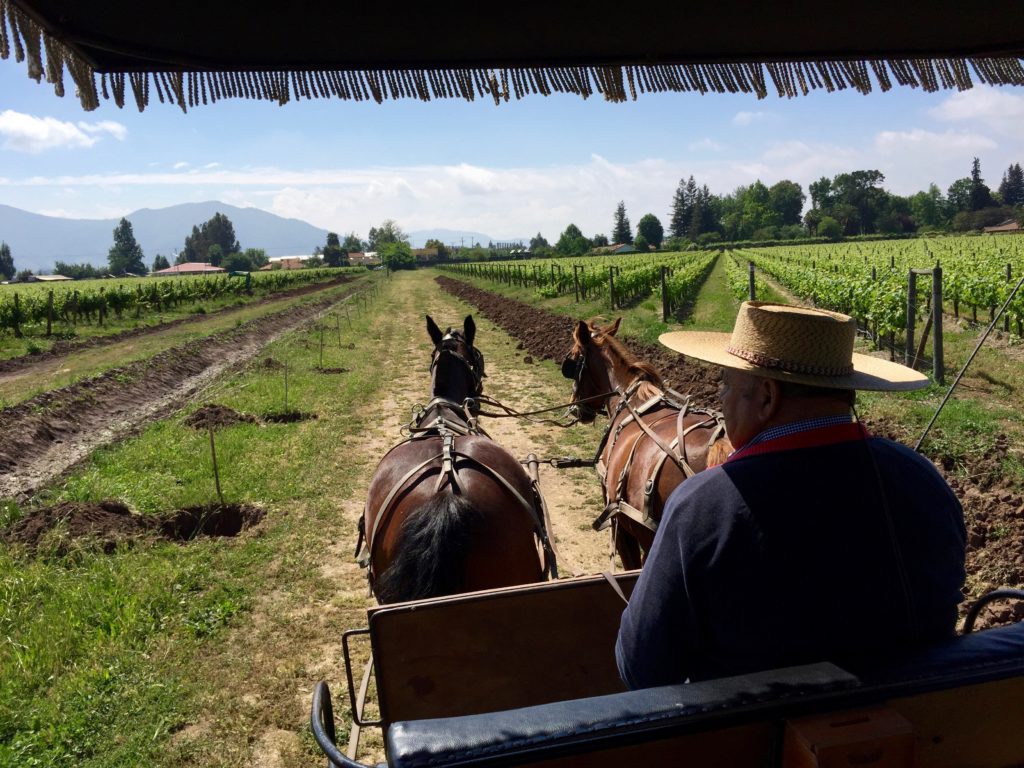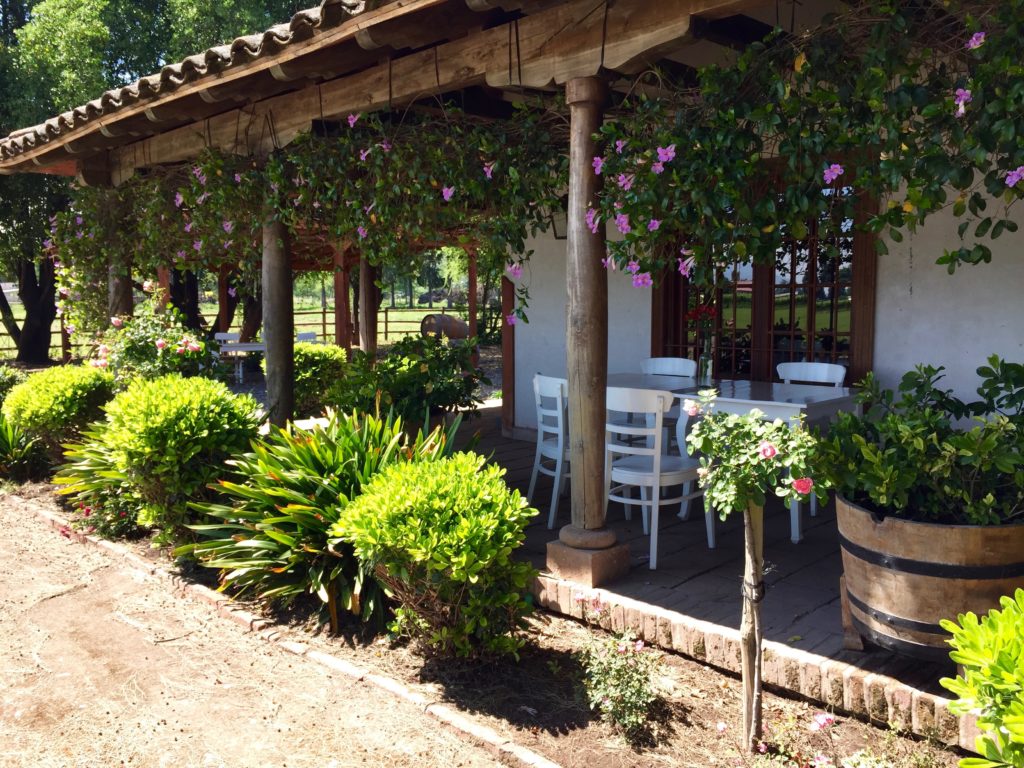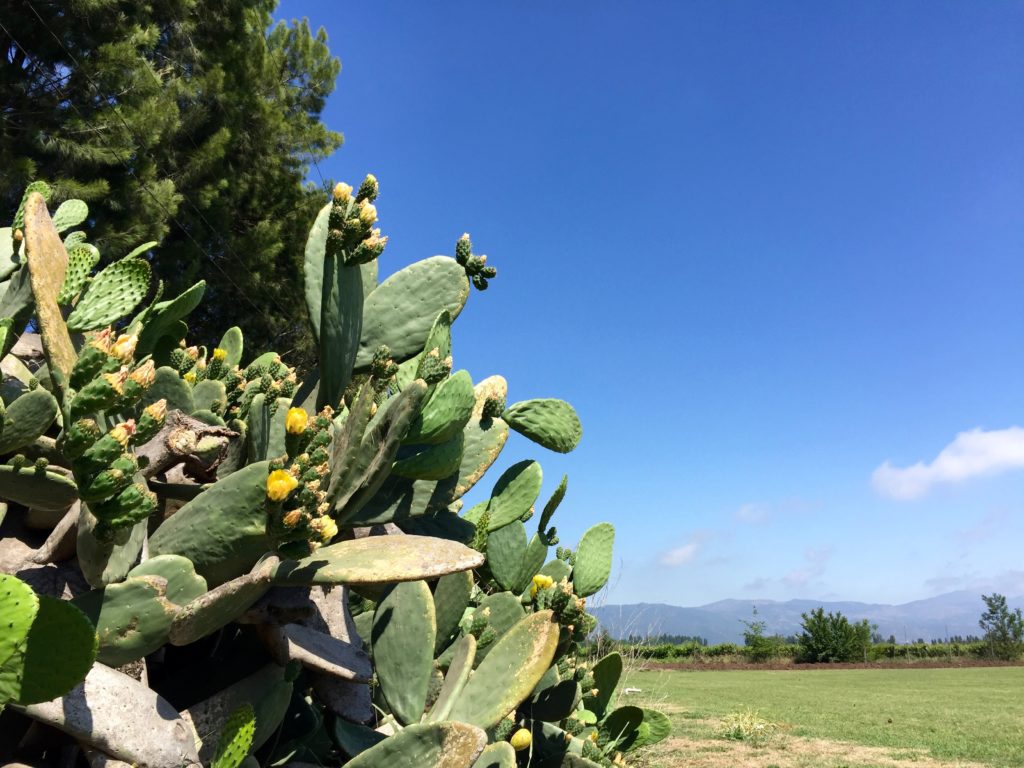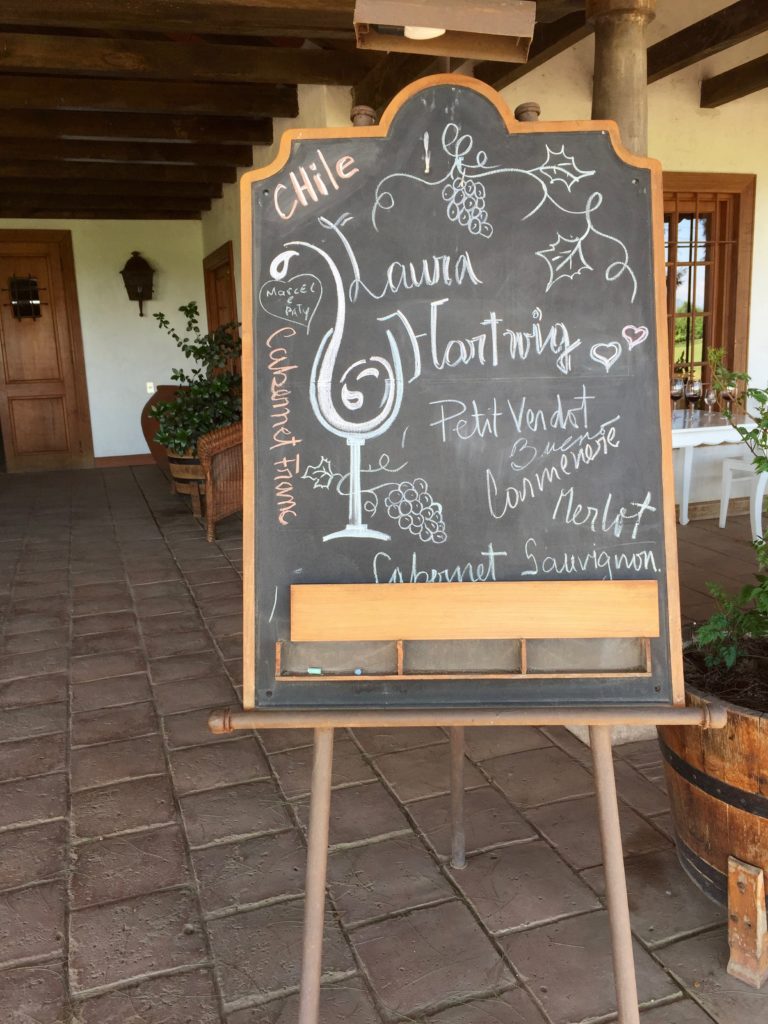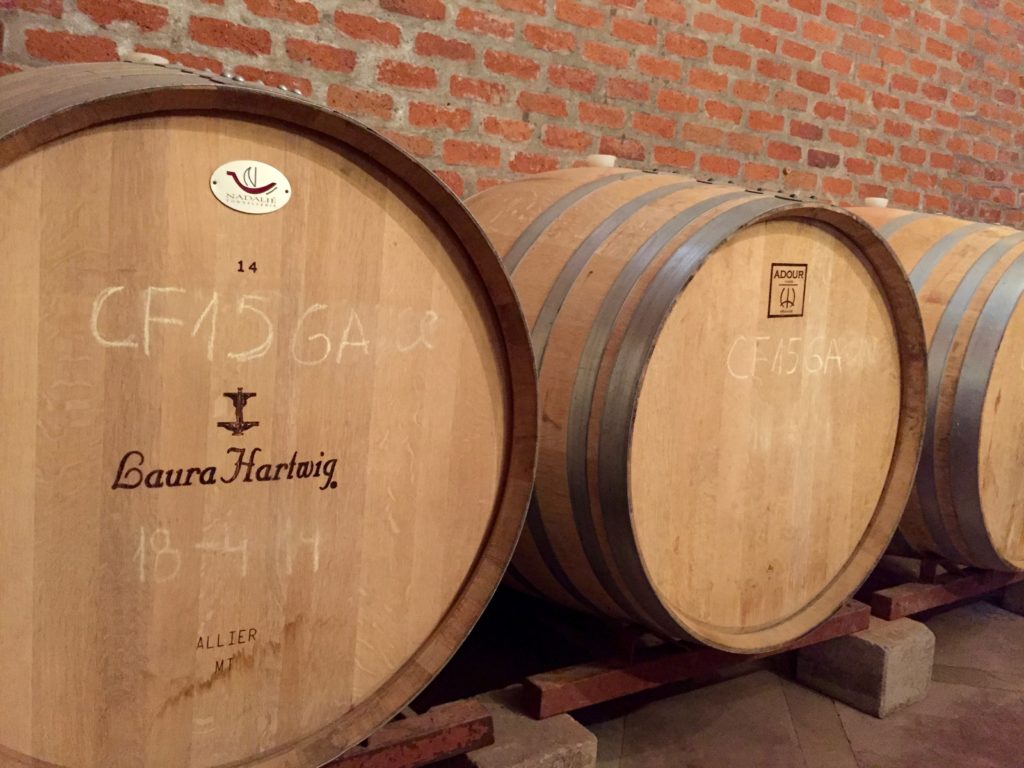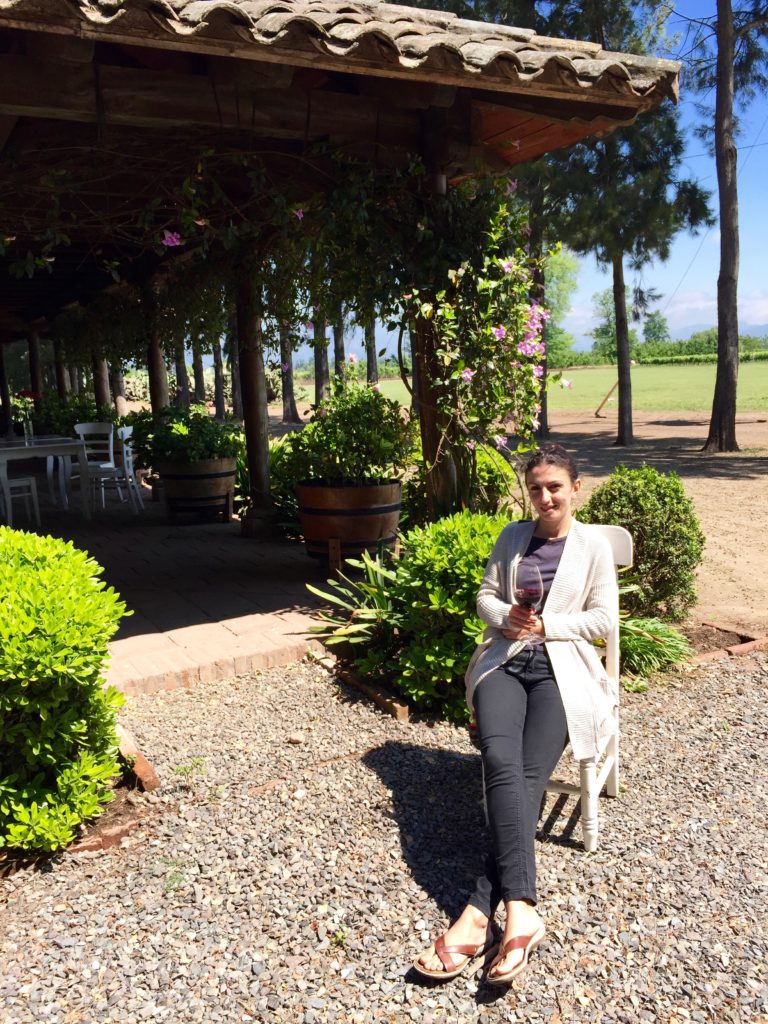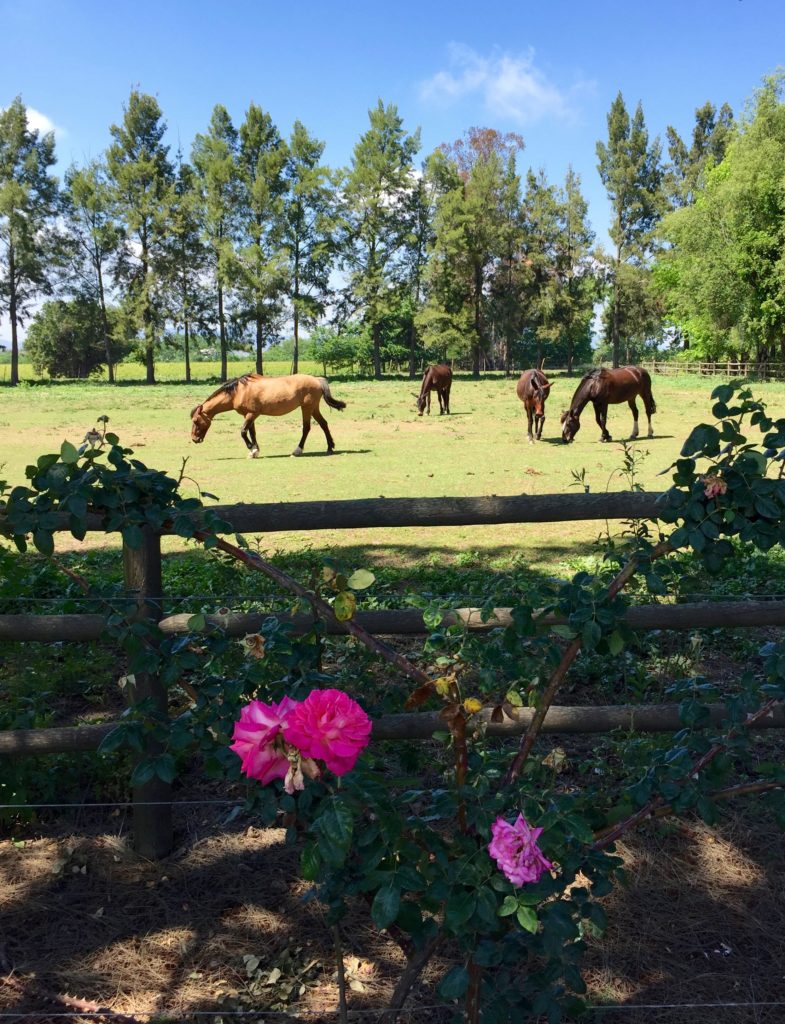Day 4 of hotel quarantine here in Santiago, Chile. They brought our breakfast coffee at 11 a.m., by which time I was ready to launch myself out the window. We get sprung tomorrow, but then we have to do five more days of quarantine at our apartment. Apparently, the government makes unscheduled visits to make sure you’re home.
The whole last year has been a blur, but I looked over photos, messages, and Facebook to try to resurrect my life. Here goes:
The second semester of our 2019-20 school year was nuts. Covid arrived on March 3, 2020, and our last day of school in person was March 16.
Here’s an example of what teaching on Zoom looked like. This was my advisory, a group of 8th graders. Notice only four showed their faces enough to be recognized. (I blocked them here for privacy.) We finished out the semester like this.
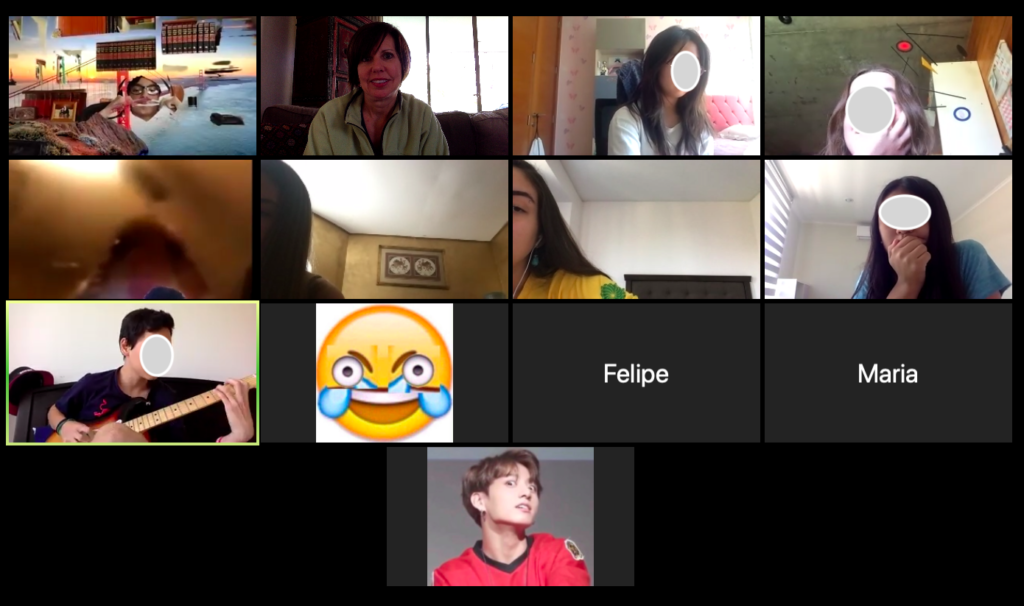
Our short summer break passed, and I was still in Florida. I stayed longer than planned after my flight was canceled and I realized school would start on Zoom because of Chile’s lockdown. I rarely left my house, filling my time with sudoku puzzles, yoga, learning ukulele, and studying Spanish. My mom popped over for happy hour on my back porch most evenings. I also visited my sister, Megan, in Destin, when my other sister, Kate, drove with her kids from Michigan for the July 4th weekend.
I launched an English teaching project as part of Heart for Venezuela, a foundation started by teachers at my school to help Venezuelan immigrants settle in Chile. My program evolved into a high school club, where I train Nido High School students how to teach English and then match them with children from our Venezuelan families. I thought we might get 5-10 volunteers, but it quickly exploded. Soon I was working with around 50 students! This was, without a doubt, the most rewarding experience of the last year.
I returned to Chile August 30 and reunited with Tony and our cat, Ella. I got out of quarantine on Sept. 14, but Chile’s on-and-off lockdowns continued. In July, the country had adopted an approach called “Paso a Paso.” It assigned each communa a phase that determined how open it could be. For example, Phase 1 was full quarantine. Phase 2 offered more freedoms, but we still couldn’t travel to other regions of Chile, and we had evening and weekend curfews. And so on.
At this point in the pandemic, it felt like an experiment that would run its course, and then life would get back to normal. We chuckled at memes like this:
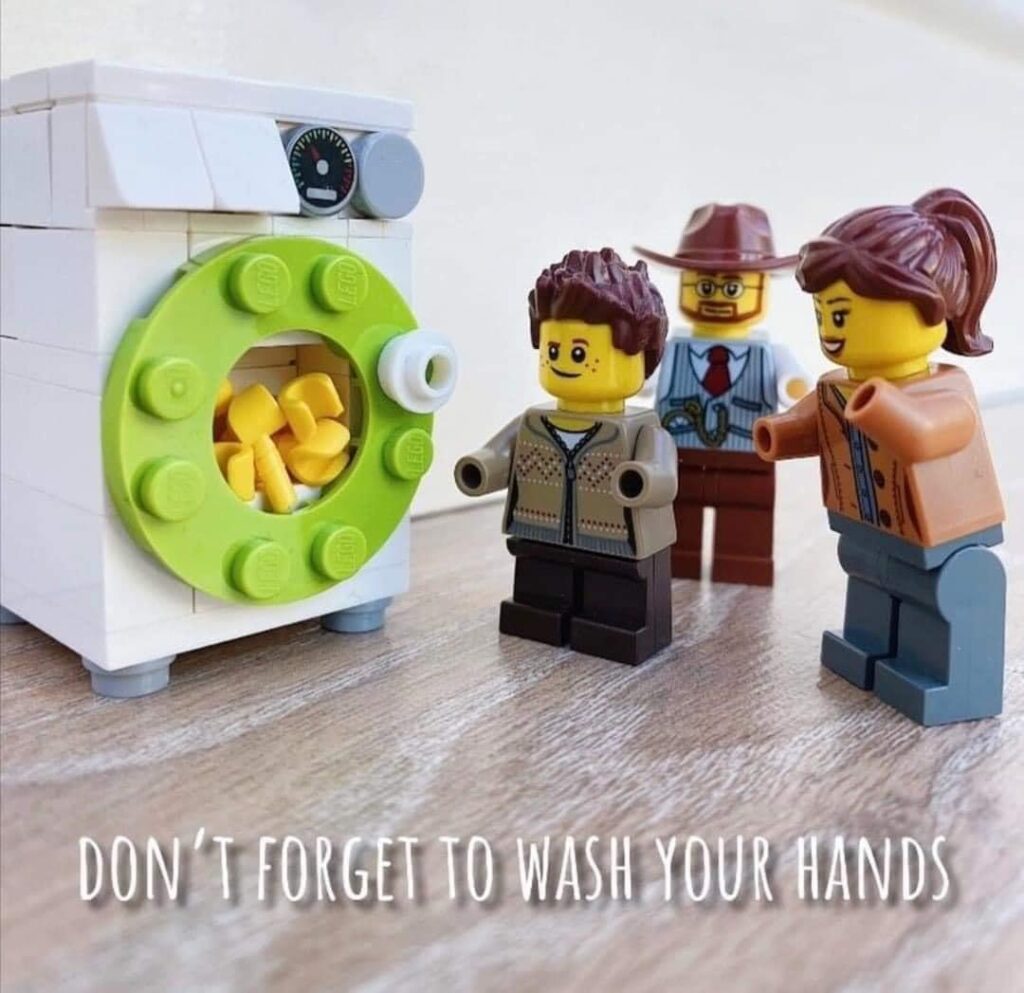
We fashioned homemade masks, and mostly stayed home. We stood in line to get in to the supermarket and laughed about how we had plenty of toilet paper here in Chile but very little meat. (Chileans love their asados!) The front desk of our apartment was roped off. I joined the throngs learning how to bake bread (a couple fails, but eventually it worked).
In November, assuming we would return to school in person before the end of the semester (we didn’t), Nido issued masks and face shields. We joked around with them. It all felt so unreal.
For entertainment, we met friends for socially distanced outdoor and/or Zoom happy hours and book clubs, went on walks in town and hikes in the countryside, and watched a lot of Netflix.
On the first anniversary of my father’s death, I took the day off work and headed to a nature sanctuary in the Andes foothills. I hiked for a few hours and later rolled out my yoga mat next to a stream, where I also ate lunch, read, and took a little nap. I guess I thought my dad would manifest as a hawk or even a lizard. I was hoping for a sign that he was nearby. I even shouted for him from the top of a deserted hill. Nada. Anyway, it was rejuvenating to get outside and stash my mask for the day in honor of my dad.
I got out of town for two weekends in November: first, a ladies wine escape, and then Thanksgiving at the beach.
The weekend of Nov. 14, seven of us headed to an incredible Airbnb in one of Chile’s wine regions, Santa Cruz. The sprawling home sat adjacent to a small reservoir surrounded by idyllic farmland. We took turns making meals, and everyone brought their A-game to the kitchen. (Disclaimer: I only contributed a cheese platter.) We also practiced yoga, had a raucous dance party, sipped wine on the terrace, and visited three wineries: Vino Bello, Montes, and Laura Hartwig. It was wonderful to escape from the city, but I felt a degree of social anxiety brought on by so much uncertainty related to the pandemic.
For the long Thanksgiving weekend, Tony and I traveled to Matanzas, which combined many of my favorite things: the beach, horses, yoga, wine, and friends. We got an Airbnb with our frequent travel partners, Stella and Ian, and their girls. Always a lovely time with that clan.
In December, we moved to a different Santiago apartment, owned by former Nido teachers Pi and Laura, who had started teaching at a school in Panama. Our new place is smaller, but bright and cozy with a much shorter commute to school. In addition, it’s right at the base of Cerro San Cristobal, a part of the Andes foothills with a huge city park featuring lots of hiking and biking trails. In the other direction, we have easy access to fun parts of the city (during normal times) with restaurants, bars, shops, museums, markets, and more. The only drawback is our tiny parking space, wedged between a wall and a neighbor’s SUV. Tony and I have each broken a taillight learning to navigate this parking garage.
For the semester break, Tony and I traveled to Florida for two weeks, leaving Ella in the care of one of Tony’s former students, Tami. Christmas was lame. No family, no tree, no presents, no fancy meal. I don’t even remember how we spent the day. My mom was invited to a friend’s house for dinner, and my sister Megan was entertaining her in-laws. A few days later, however, we drove to Destin to hang out with Meg’s family, which made up for the boring start of our vacation.
Back in Chile, we took off for another beach outing with Stella and Ian, not realizing at the time that it would be our last trip together, thanks to Covid. The road in and out of Puertocillo essentially involved driving down a cliff face on rutted dirt roads and hairpin curves. Our little Toyota barely survived the journey and ultimately couldn’t handle the final approach to our Airbnb, which was perched at the top of a steep hill. We had to park at the bottom and march like sherpas with our stuff up to the house.
During the school year, we taught on Zoom, in a hybrid model (Room & Zoom at the same time), and in person with all kids present. However, I’ve lost track of how long we used each model. All I know is that it was exhausting. Here’s a shot of an outdoor assembly during our in-person stint:
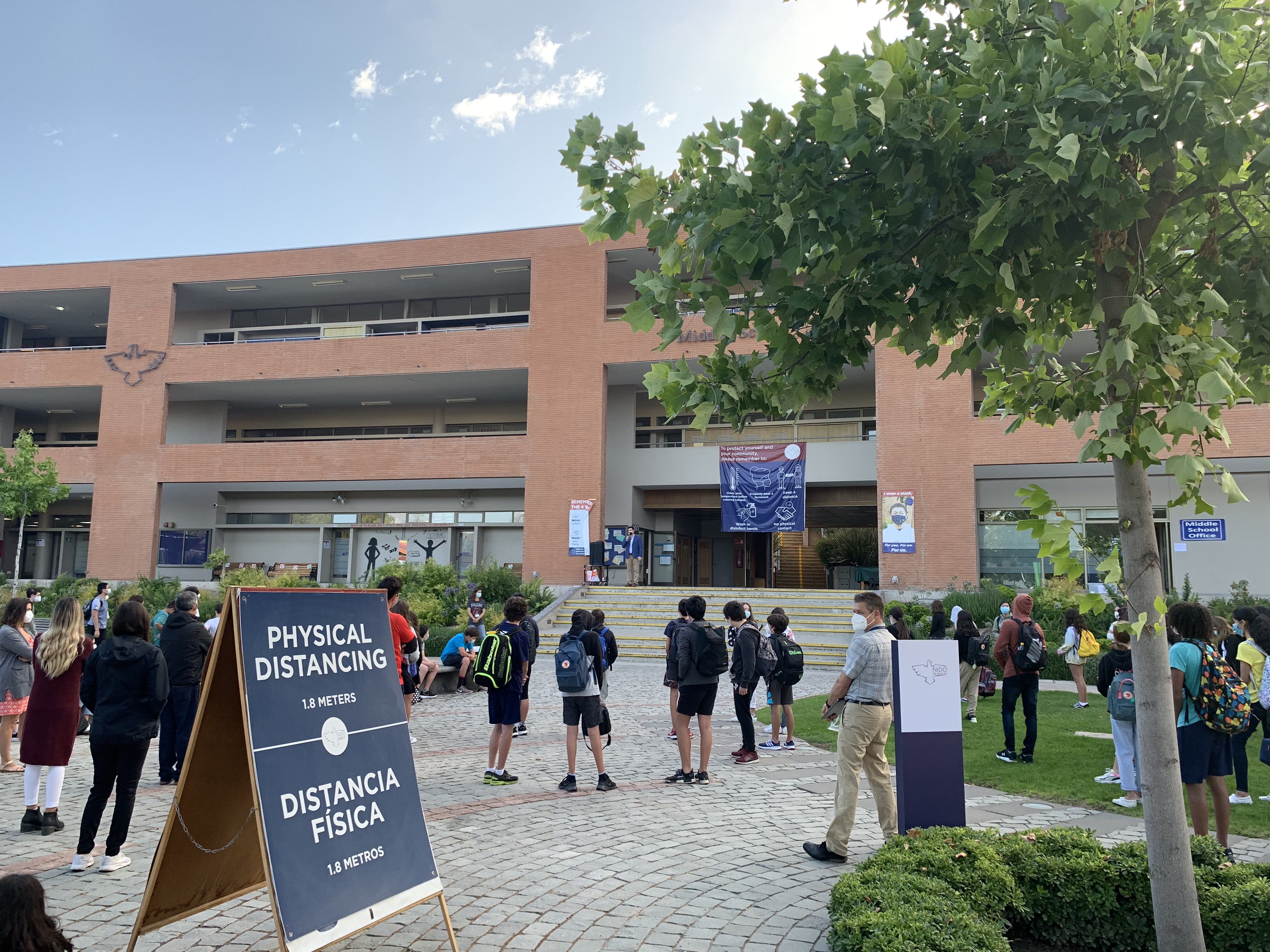
The day after my birthday, I got my first Covid vaccine, which was a huge relief. A month later, I was fully vaccinated.
At international schools, the end of the school year is bittersweet. We celebrate the year’s accomplishments and look forward to the upcoming vacation, but we also have to say good-bye to friends moving on to other adventures. Usually, the calendar fills up with farewell parties, weekend get-aways, and other special events. Thanks to Covid, this year was different. I didn’t even get to say good-bye to some departing friends.
I attended one fiesta clandestina for Genevieve, a friend who is moving to Kuwait.
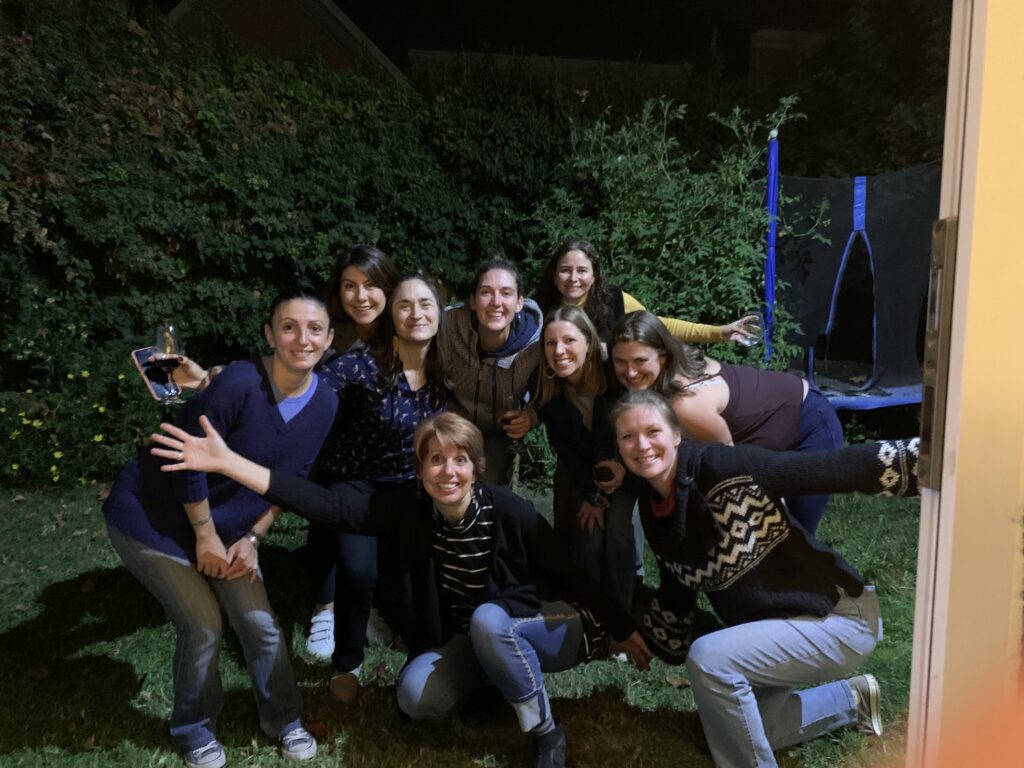
And we managed to plan one last ladies weekend for Stella before she and her family moved to Morocco. Nestled in the mountains next to a river, our Airbnb was like a salve for my soul. The caretaker, Francisco, lived in a small house on the property with a horse, a dog, and a coop full of chickens. My heart soared each time he let the chickens loose to run around the property scratching for bugs. One day, Francisco led us on a path crunchy with autumn leaves to reach a paved trail up the hill. He also built a big fire for us outside at night. Otherwise, we hung out, ate, drank, read, danced, and napped.
The Support Services team (EAL and Learning Support) also had a gathering for Stella. It’s always hard when a great colleague decides to leave, but it’s even harder when that colleague is also a great friend.
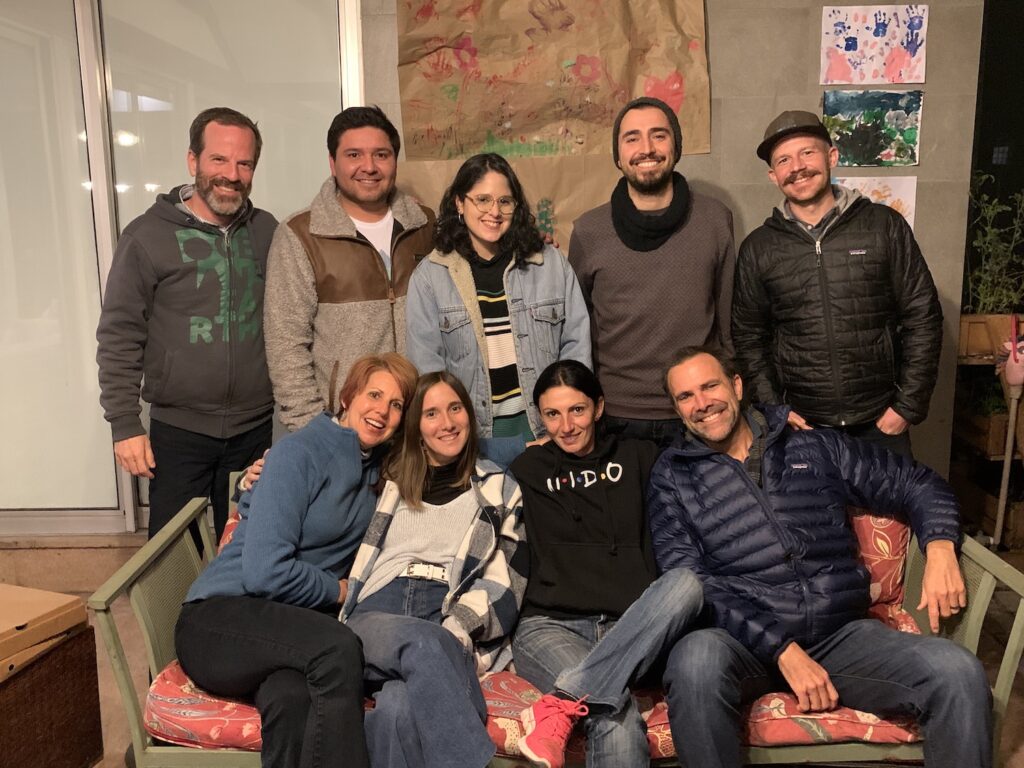
Well, that was supposed to be a year in a nutshell, but it was a much bigger nut than I had anticipated.

